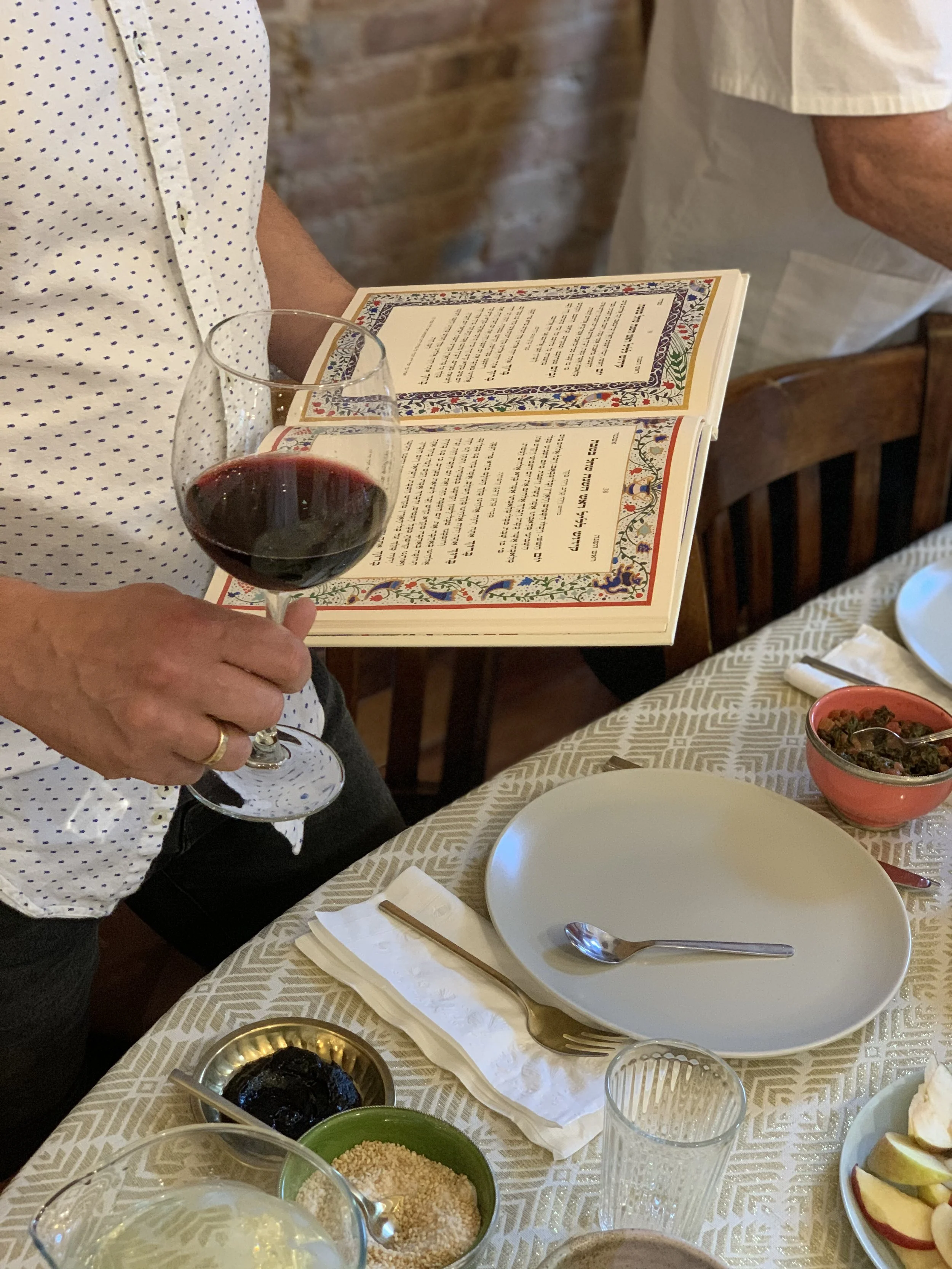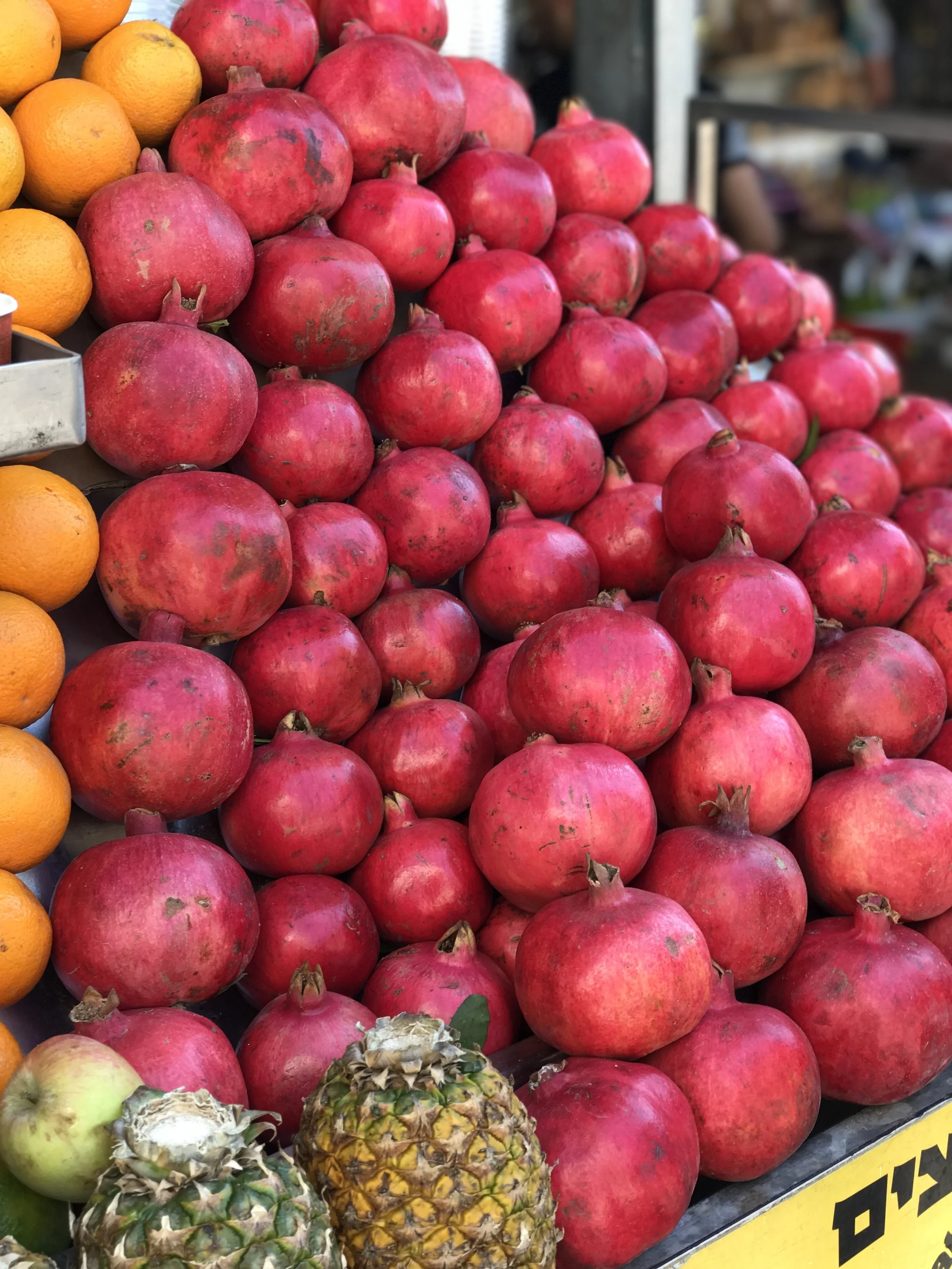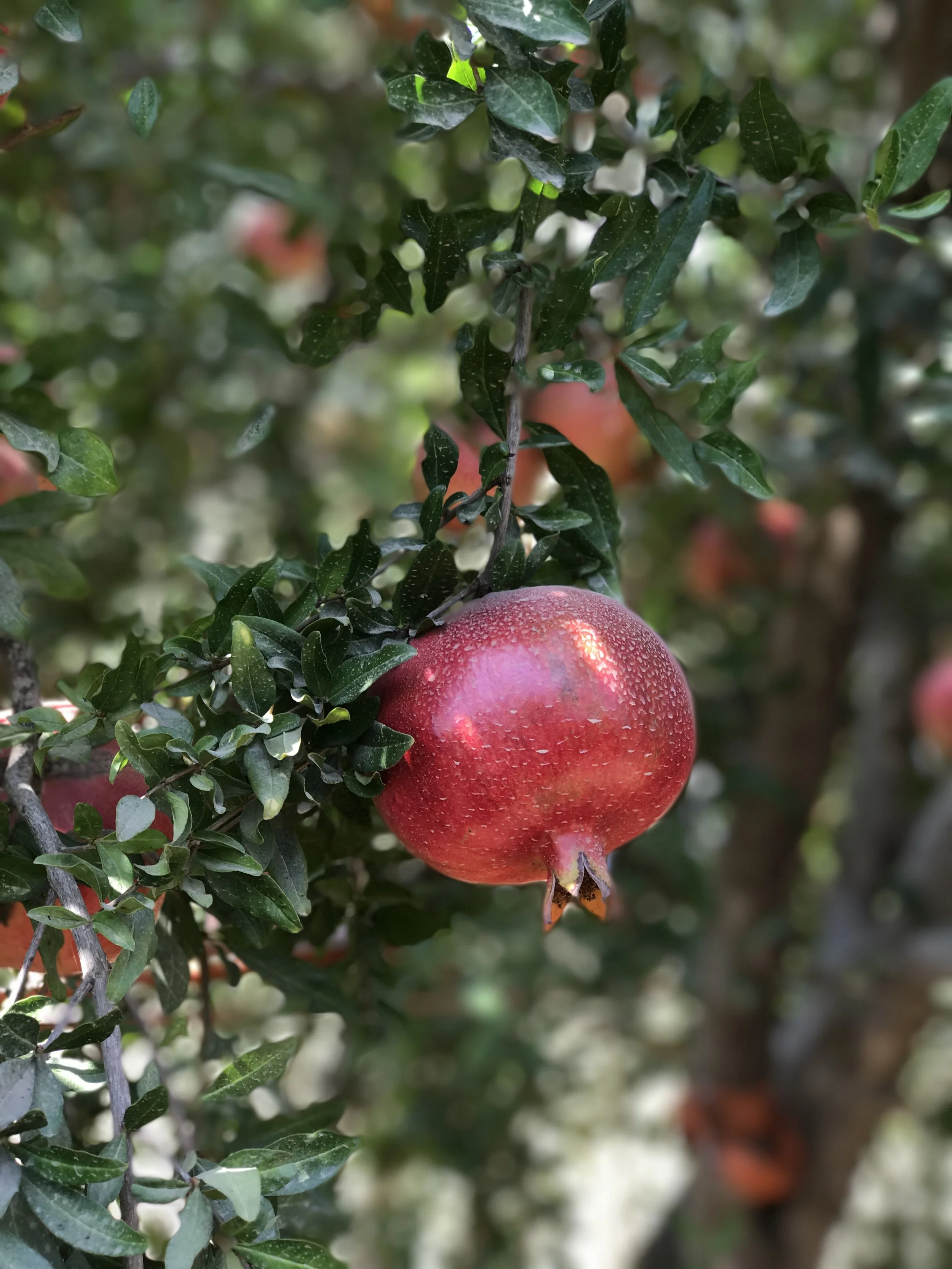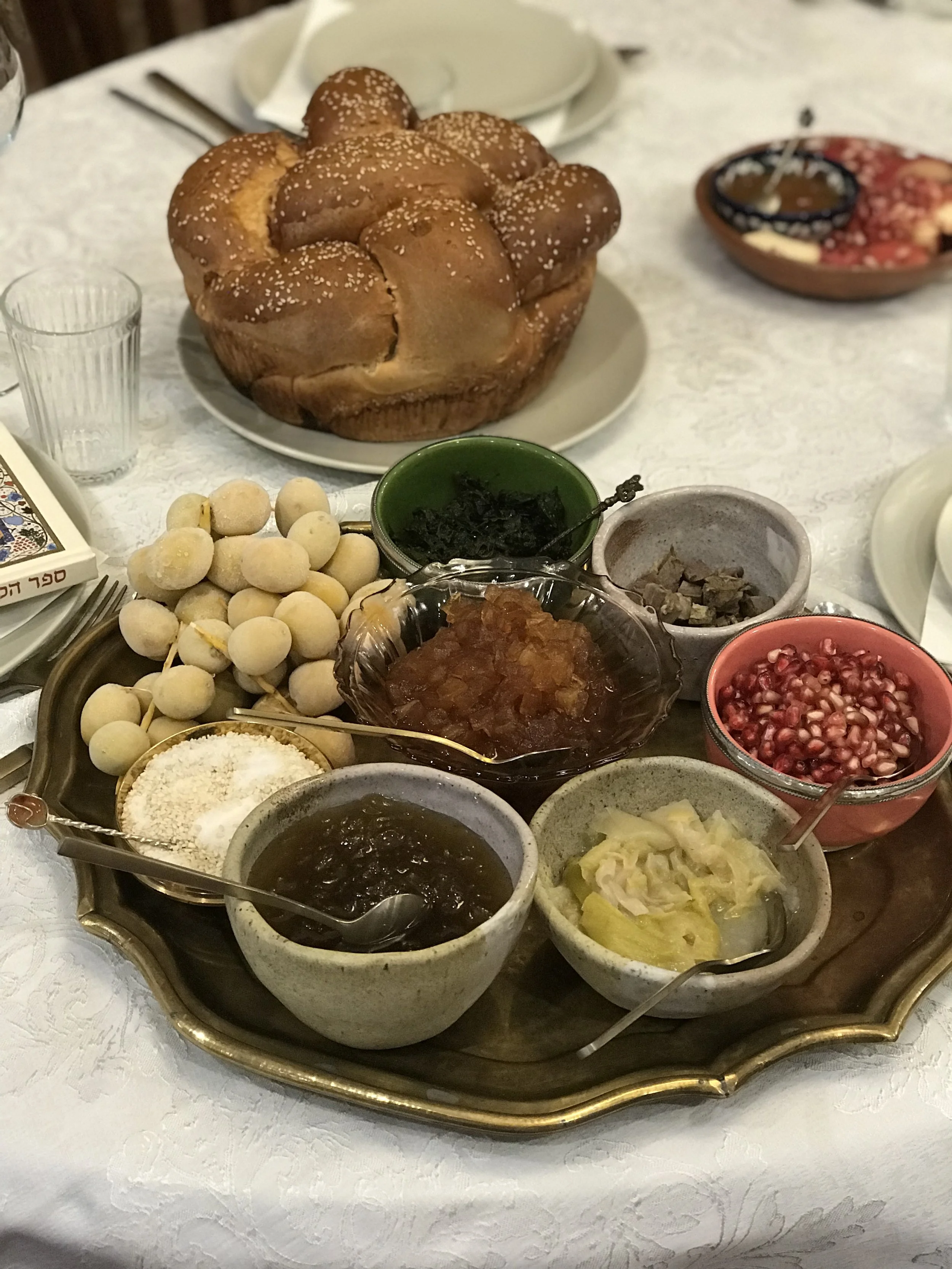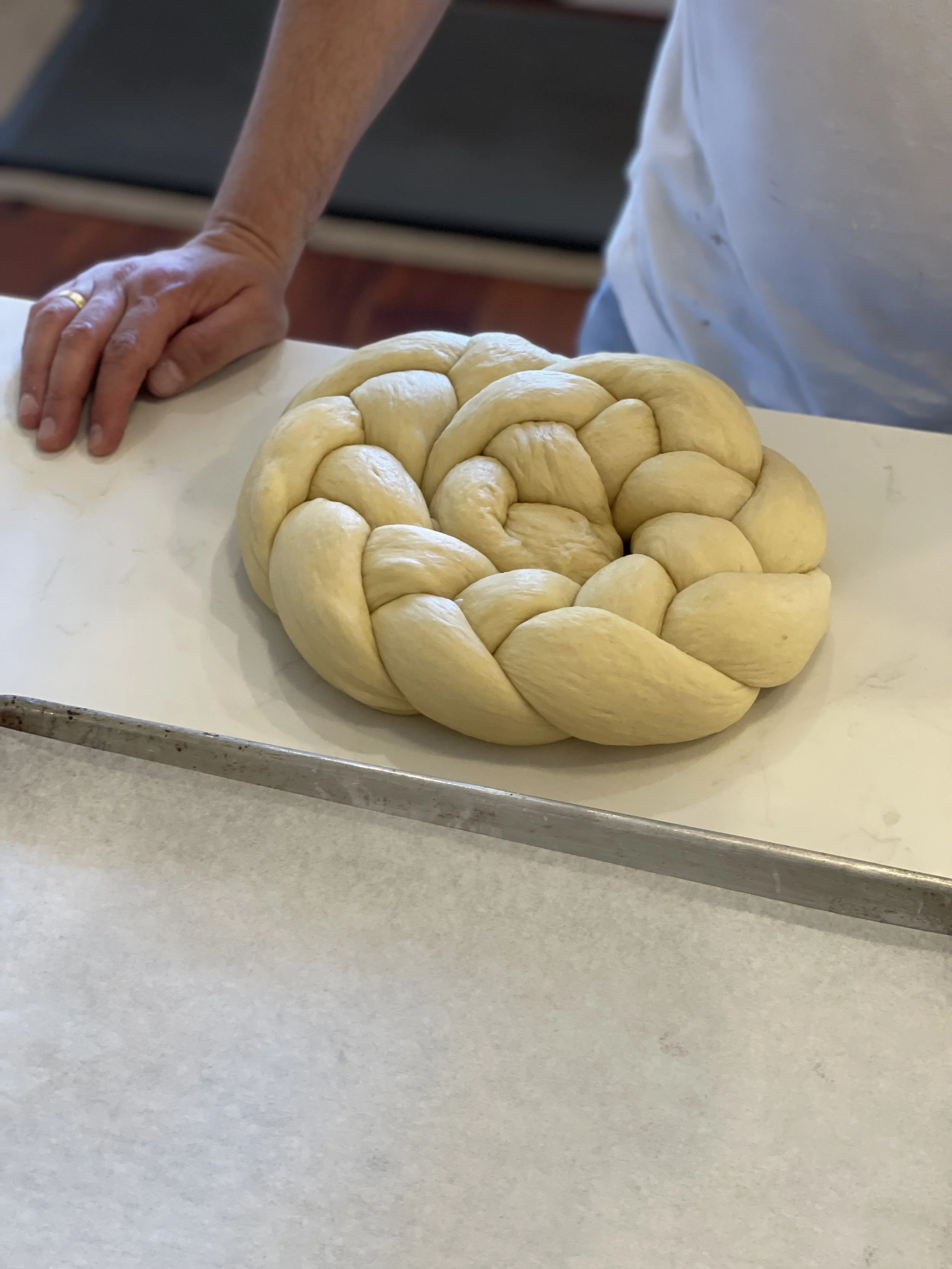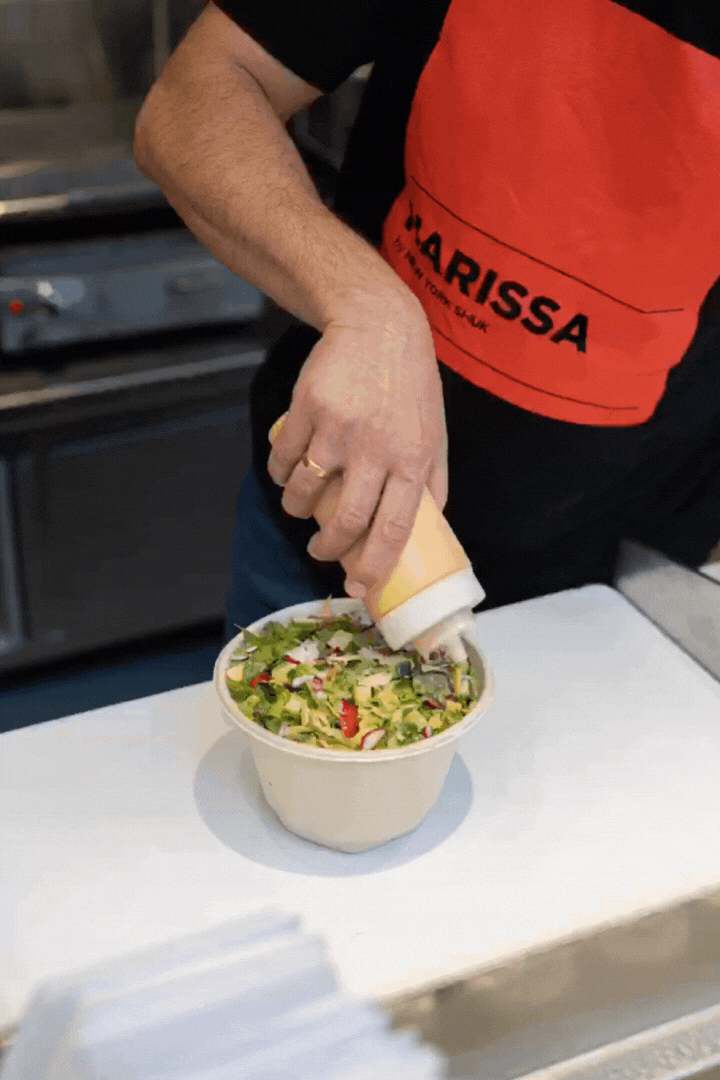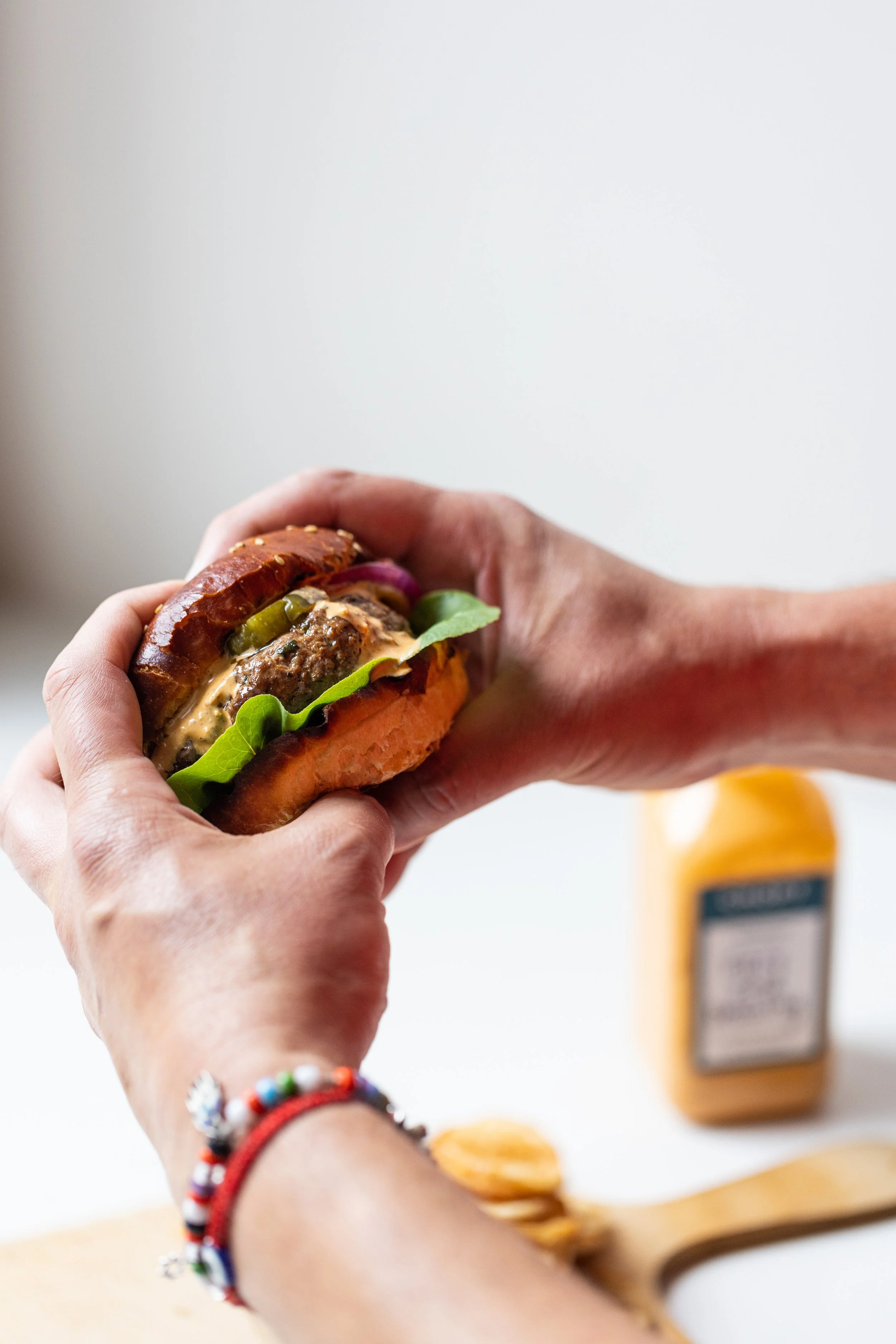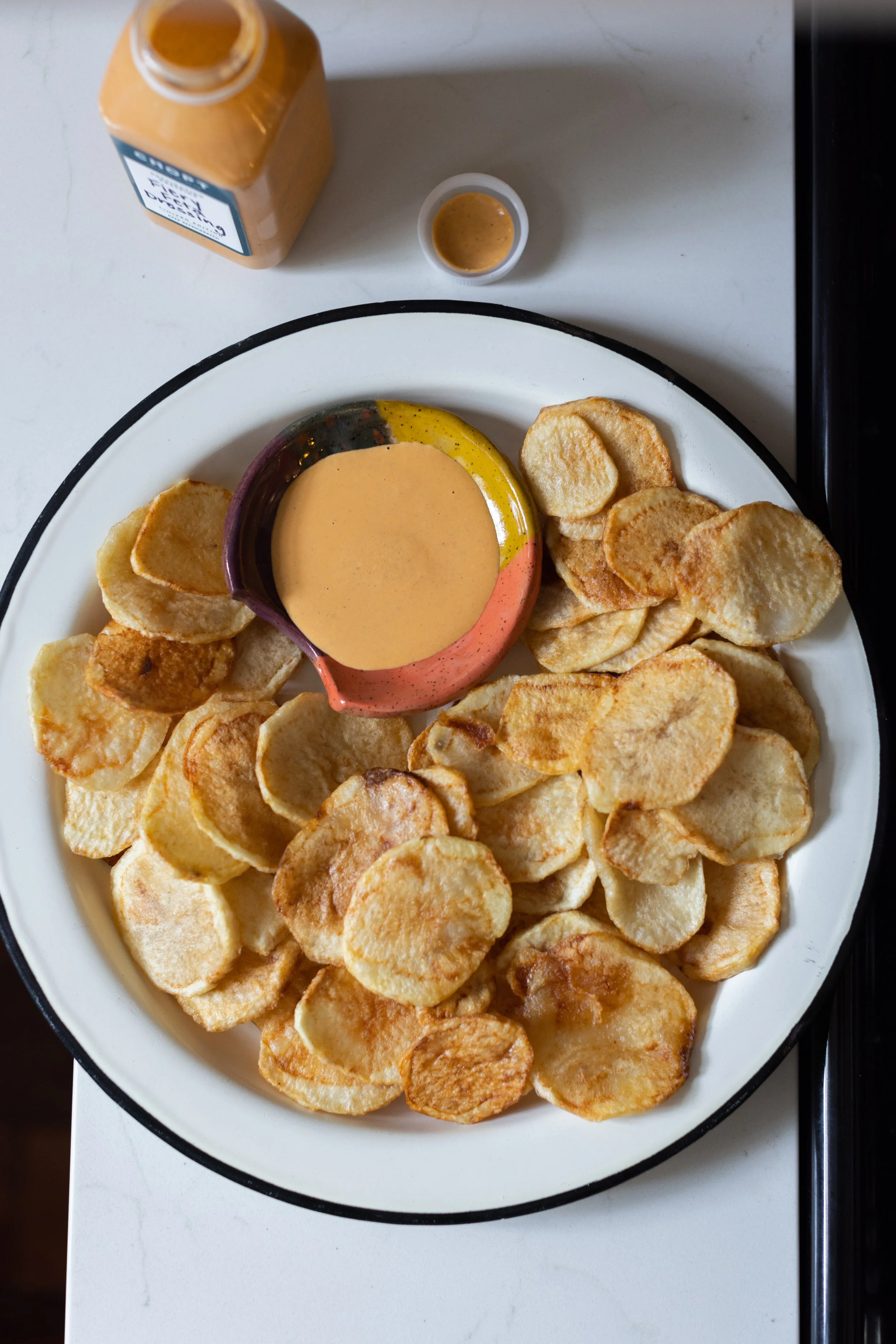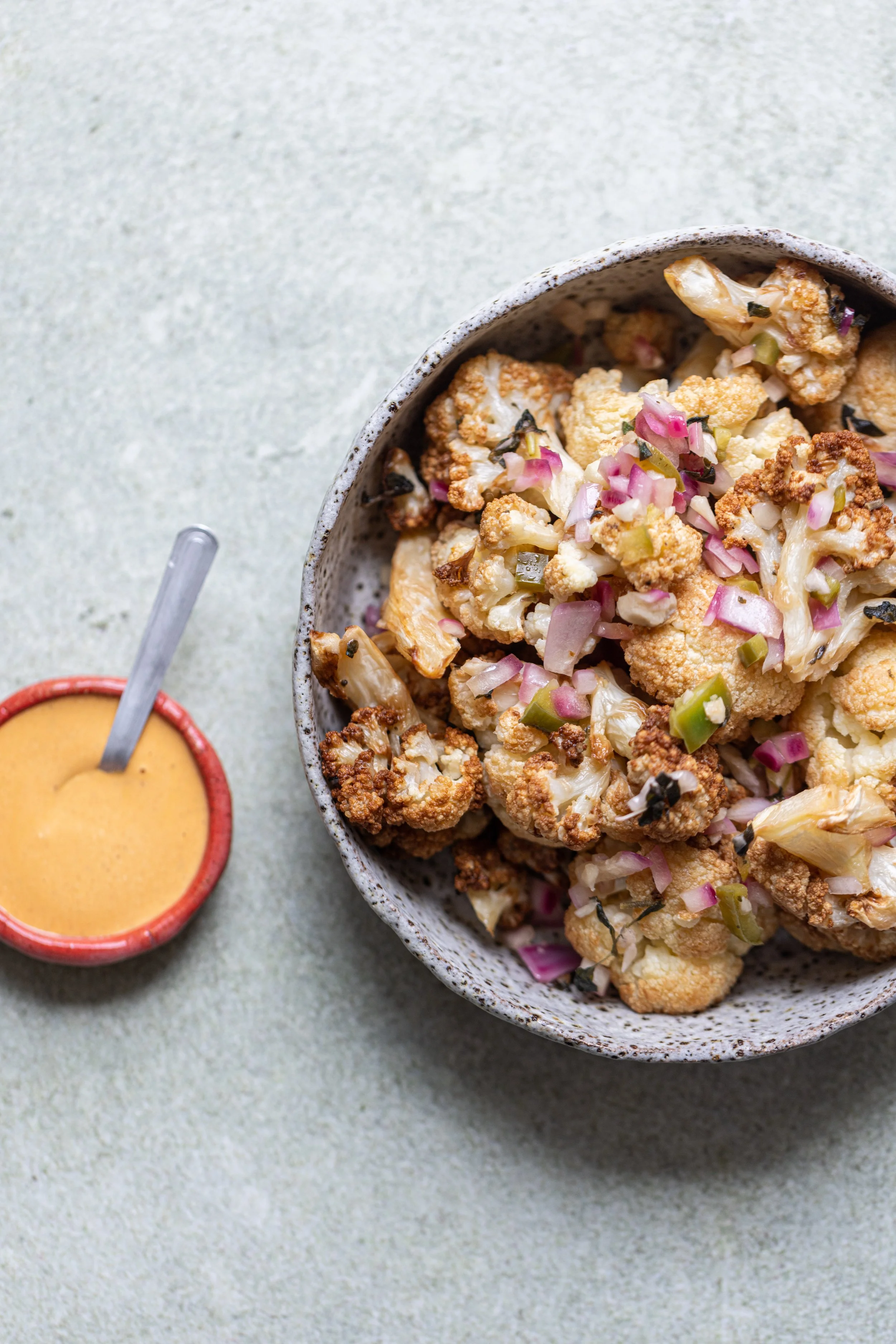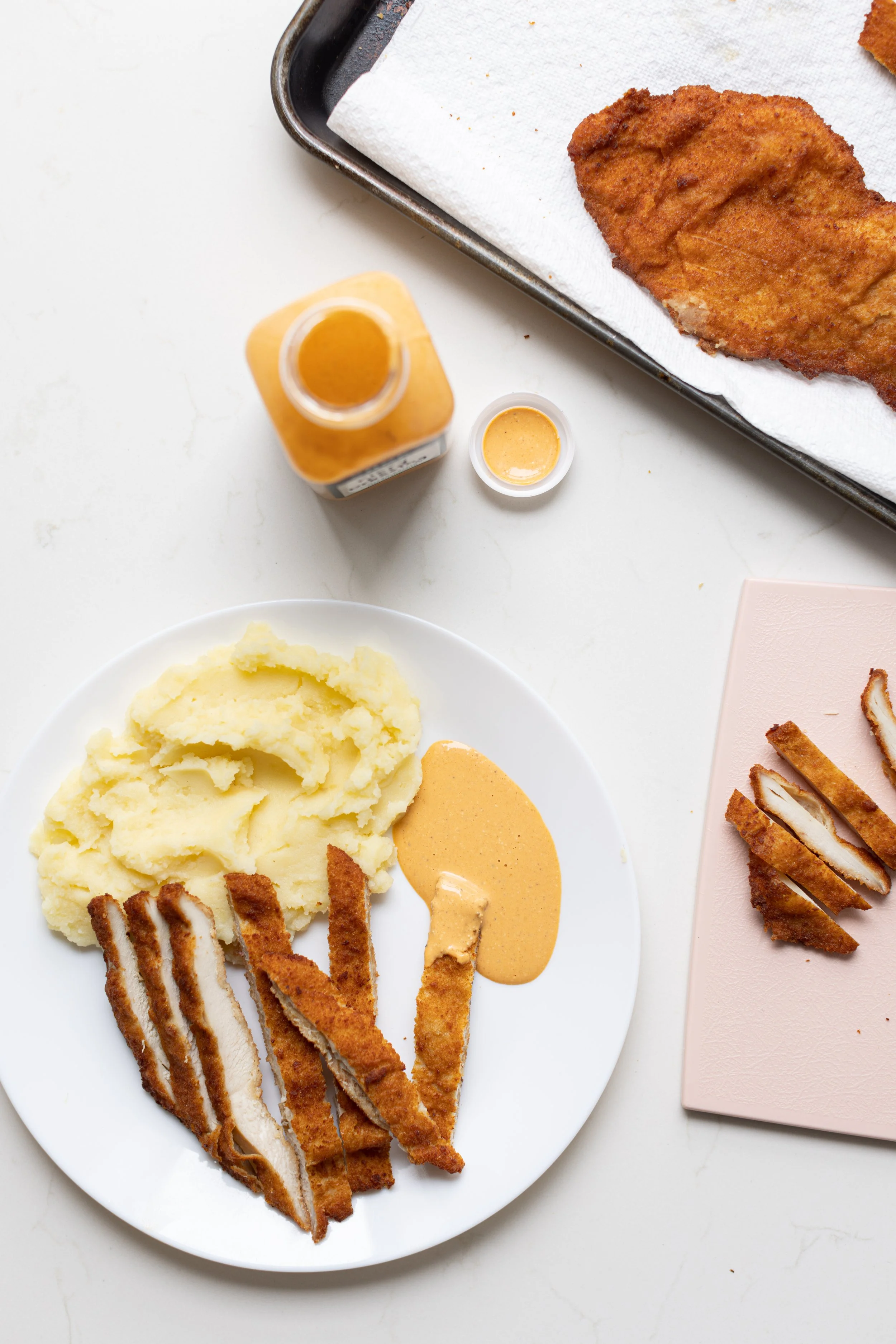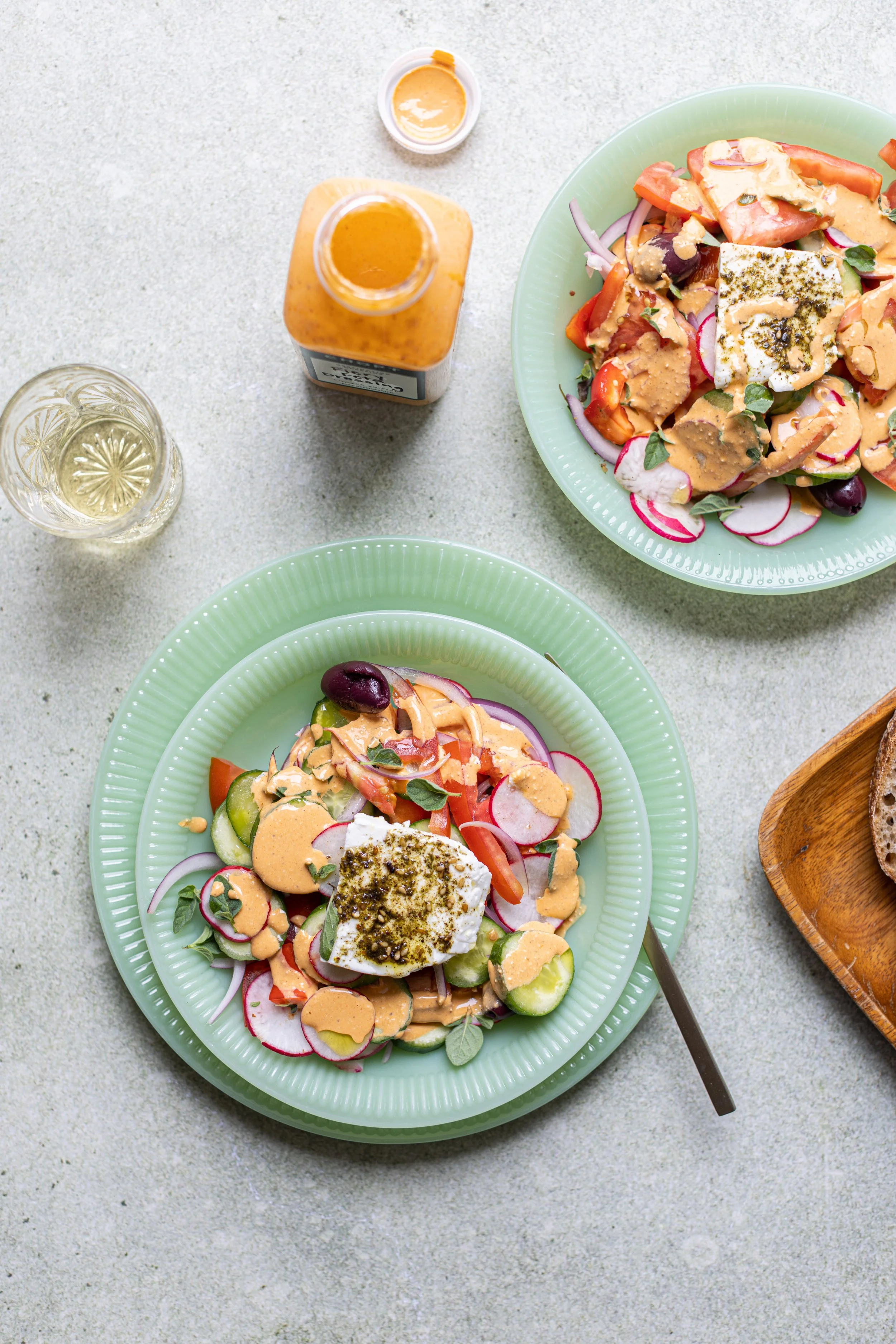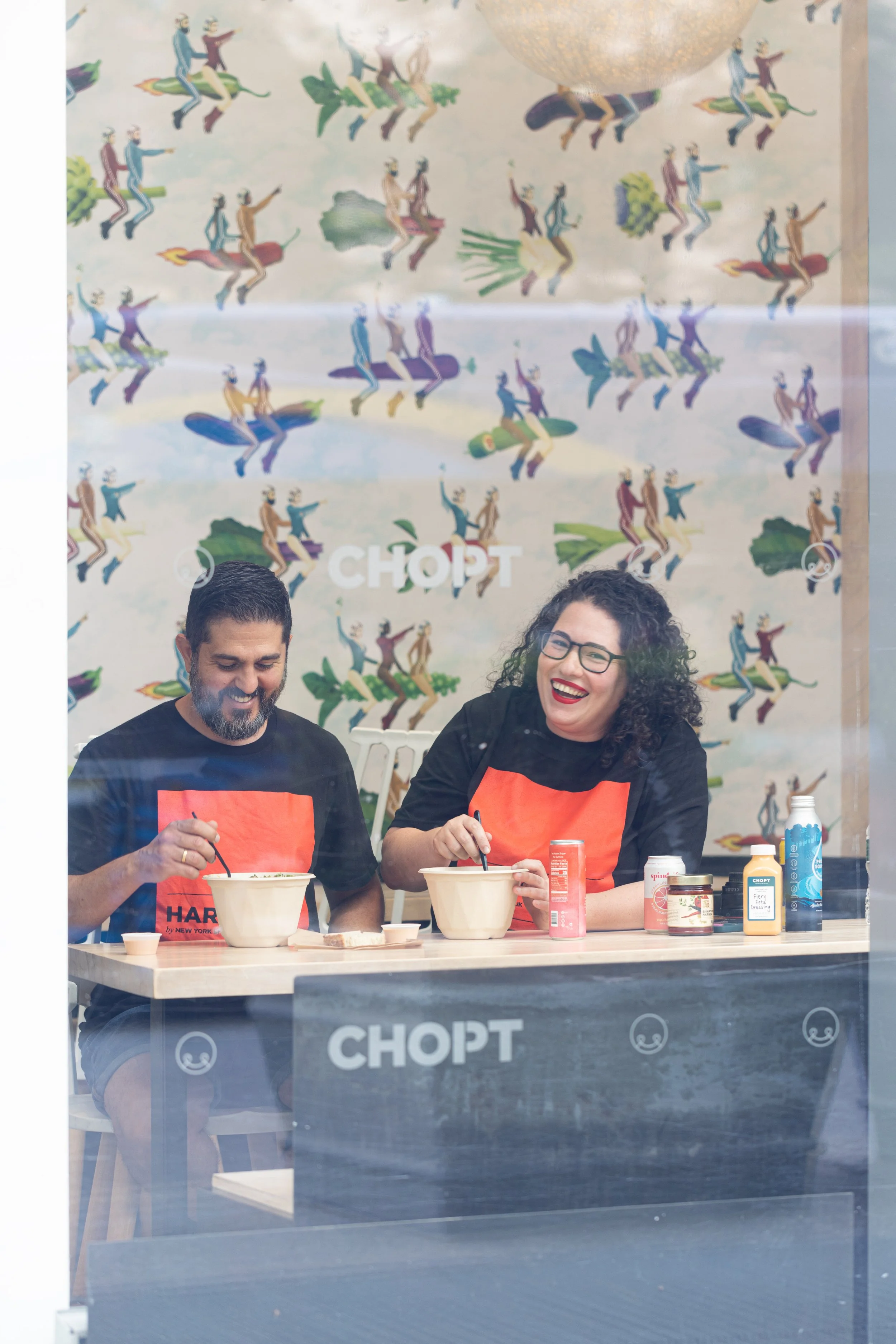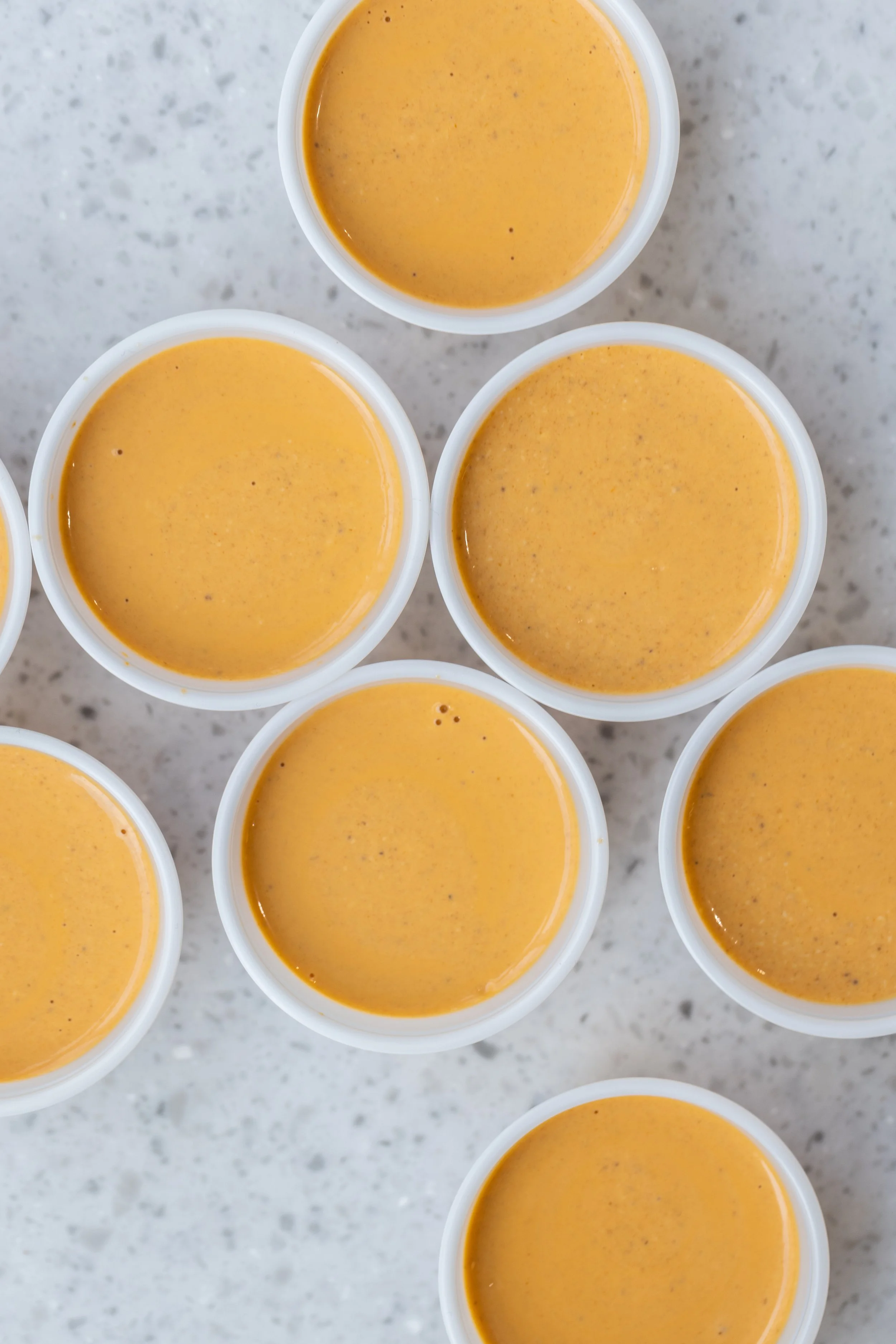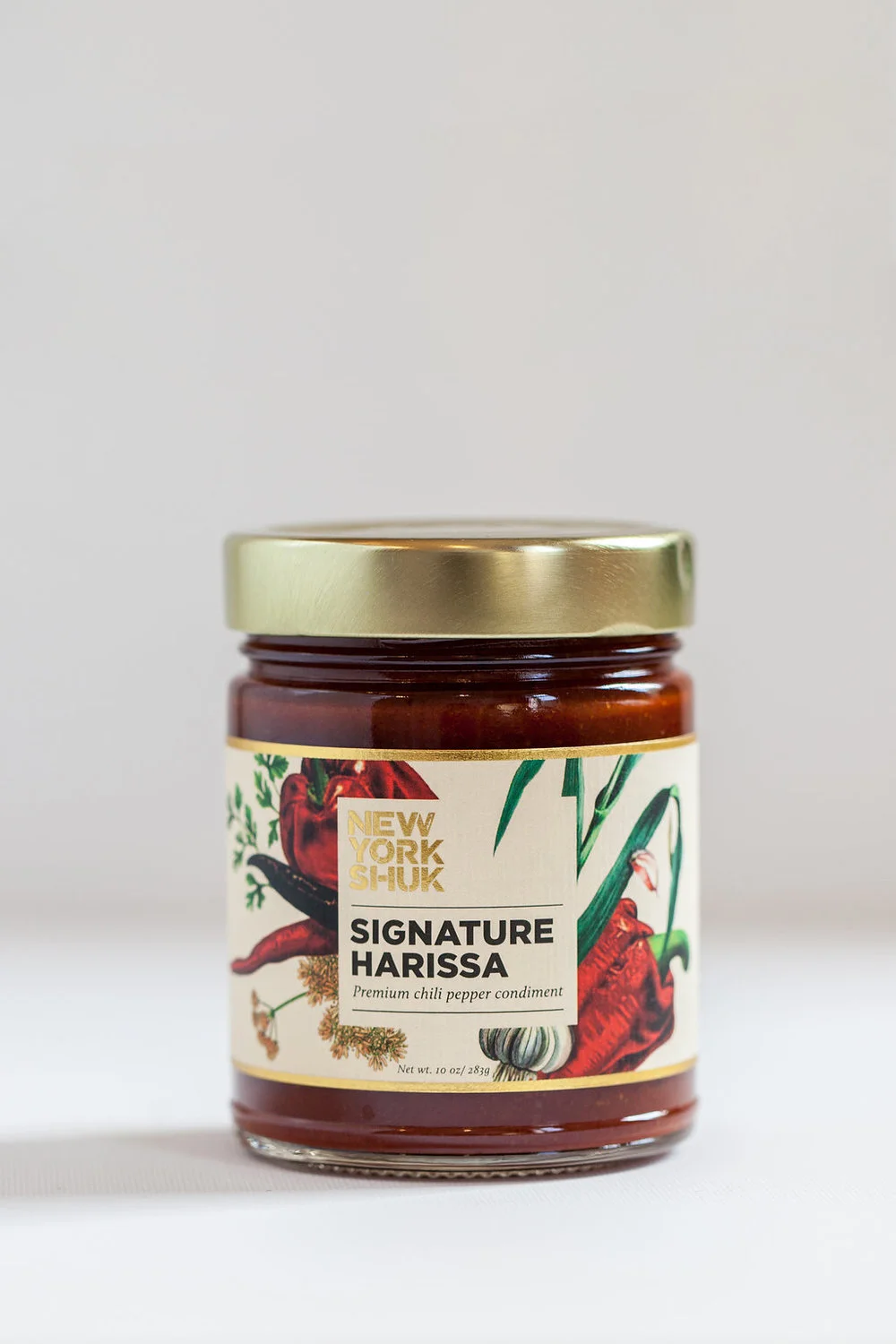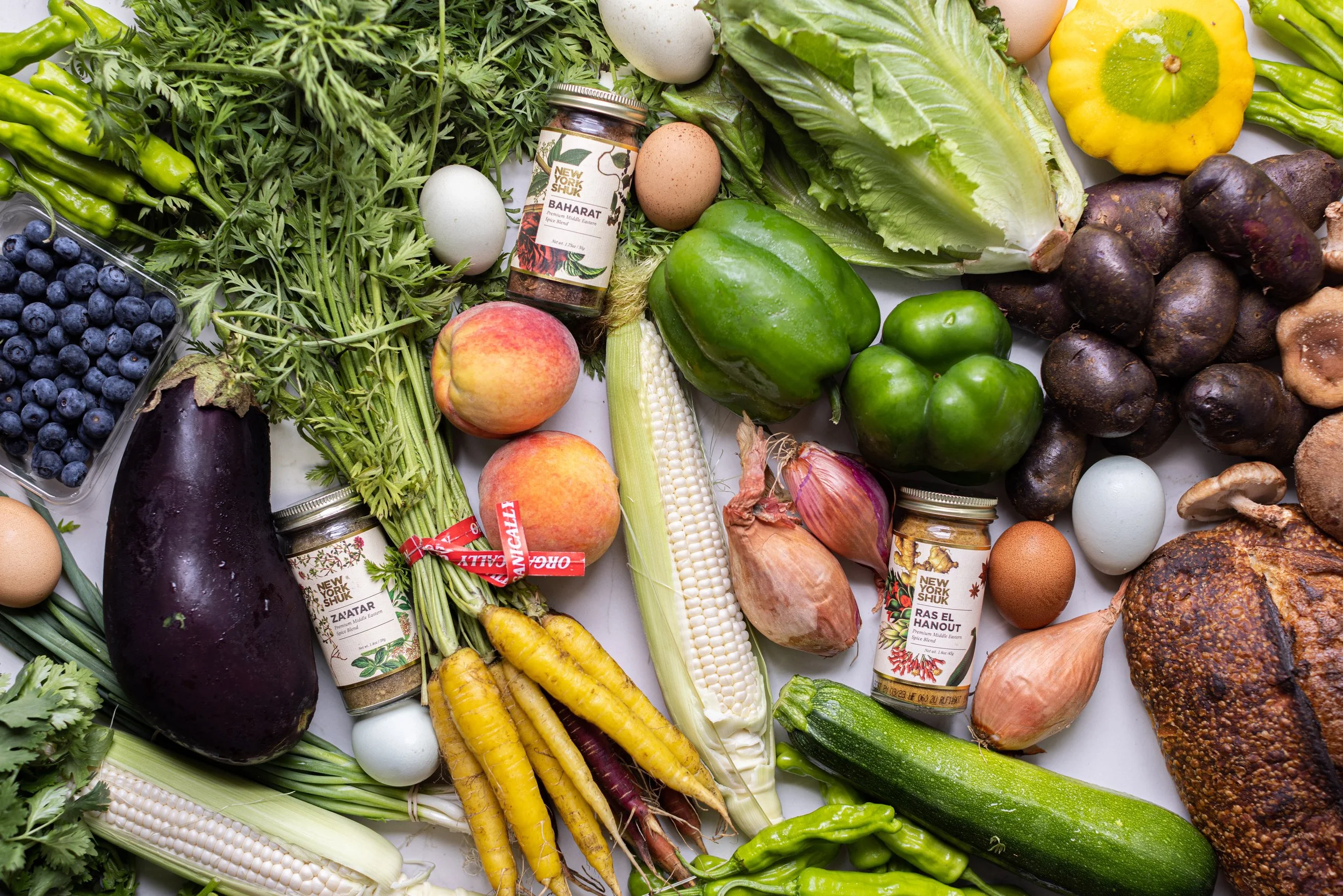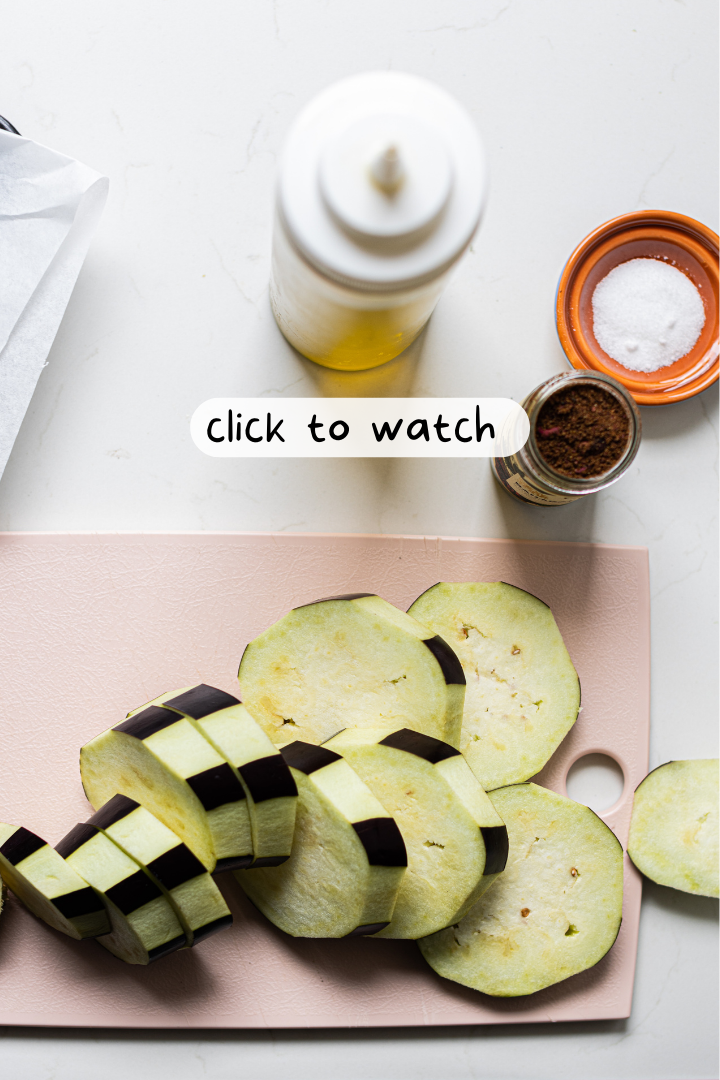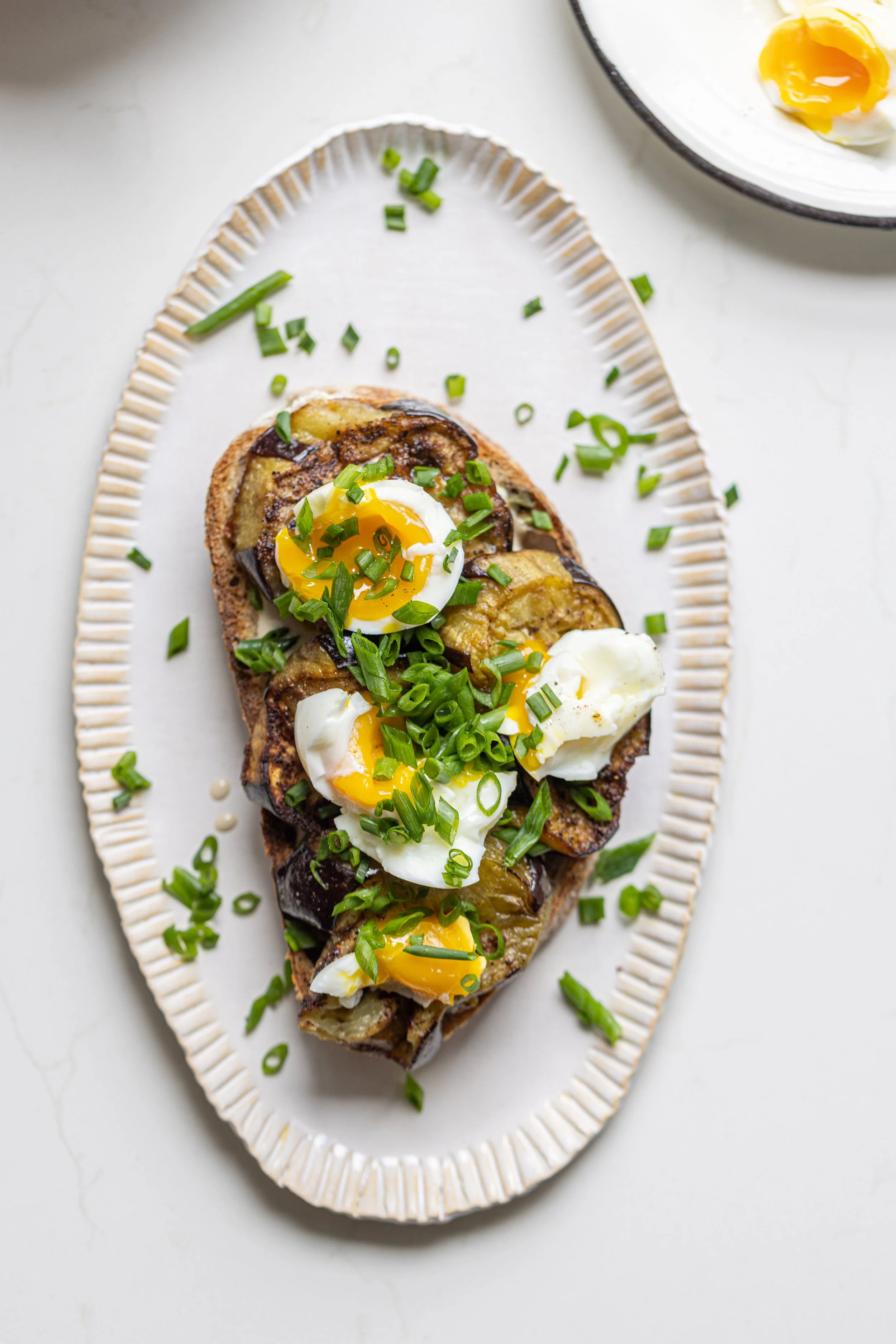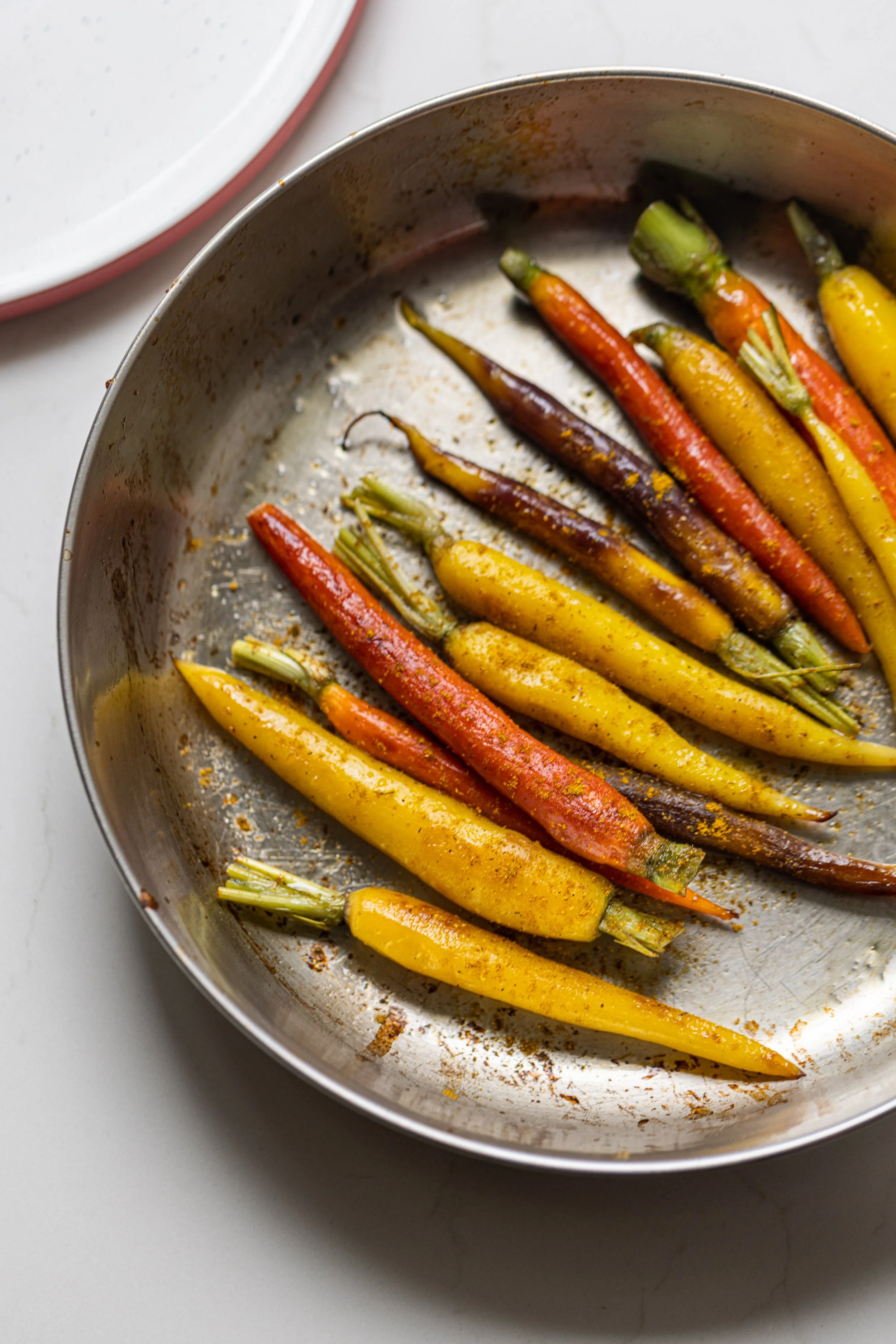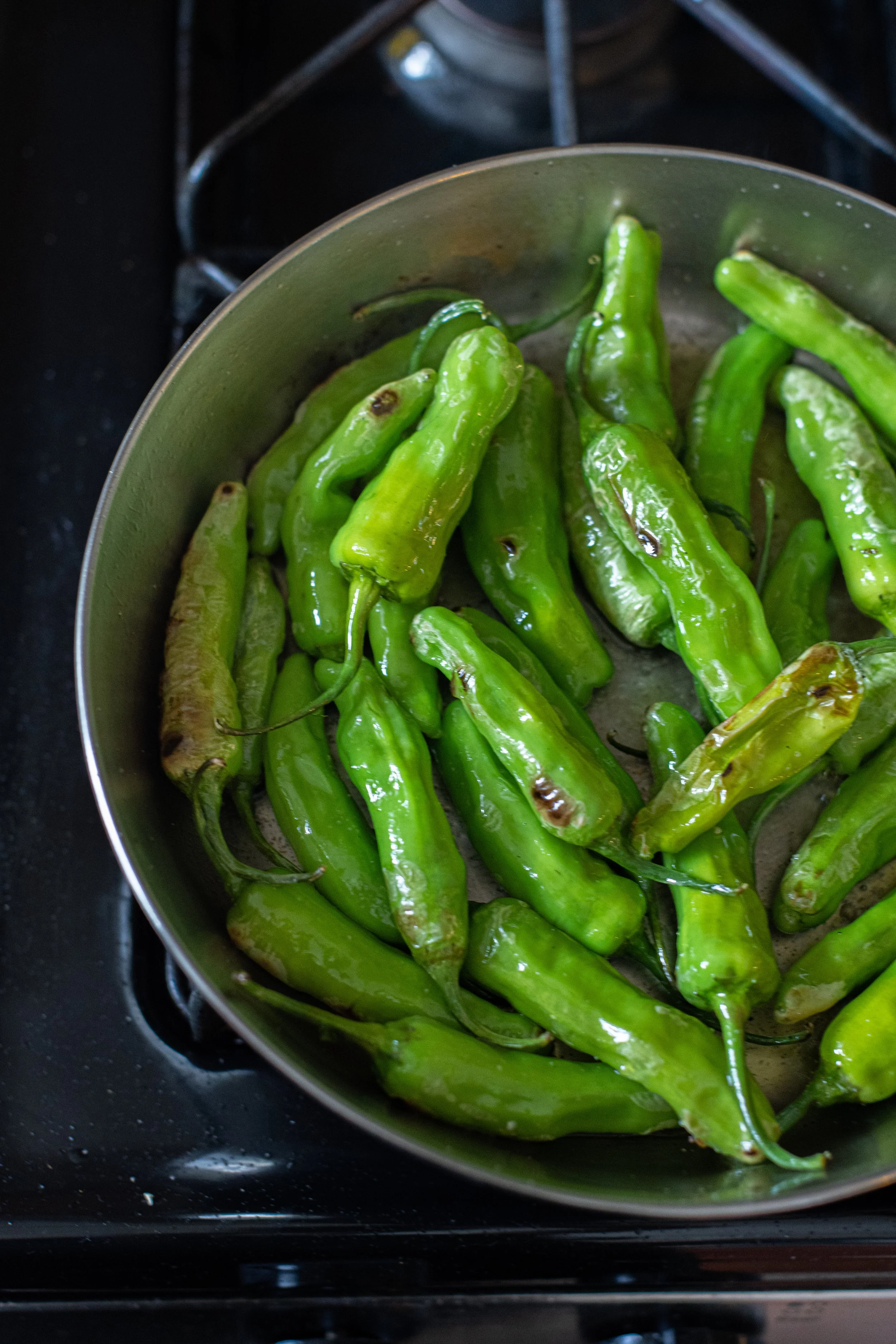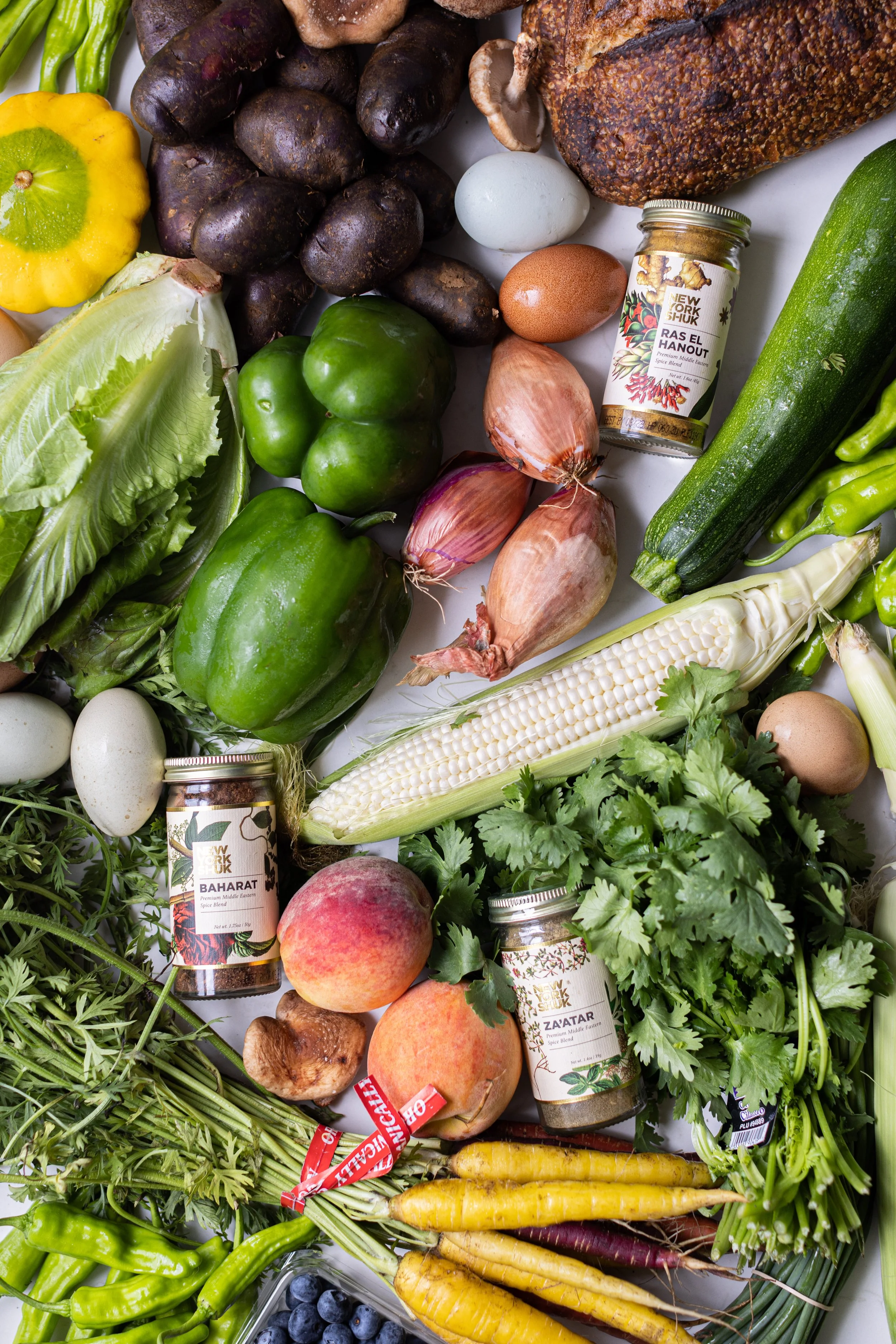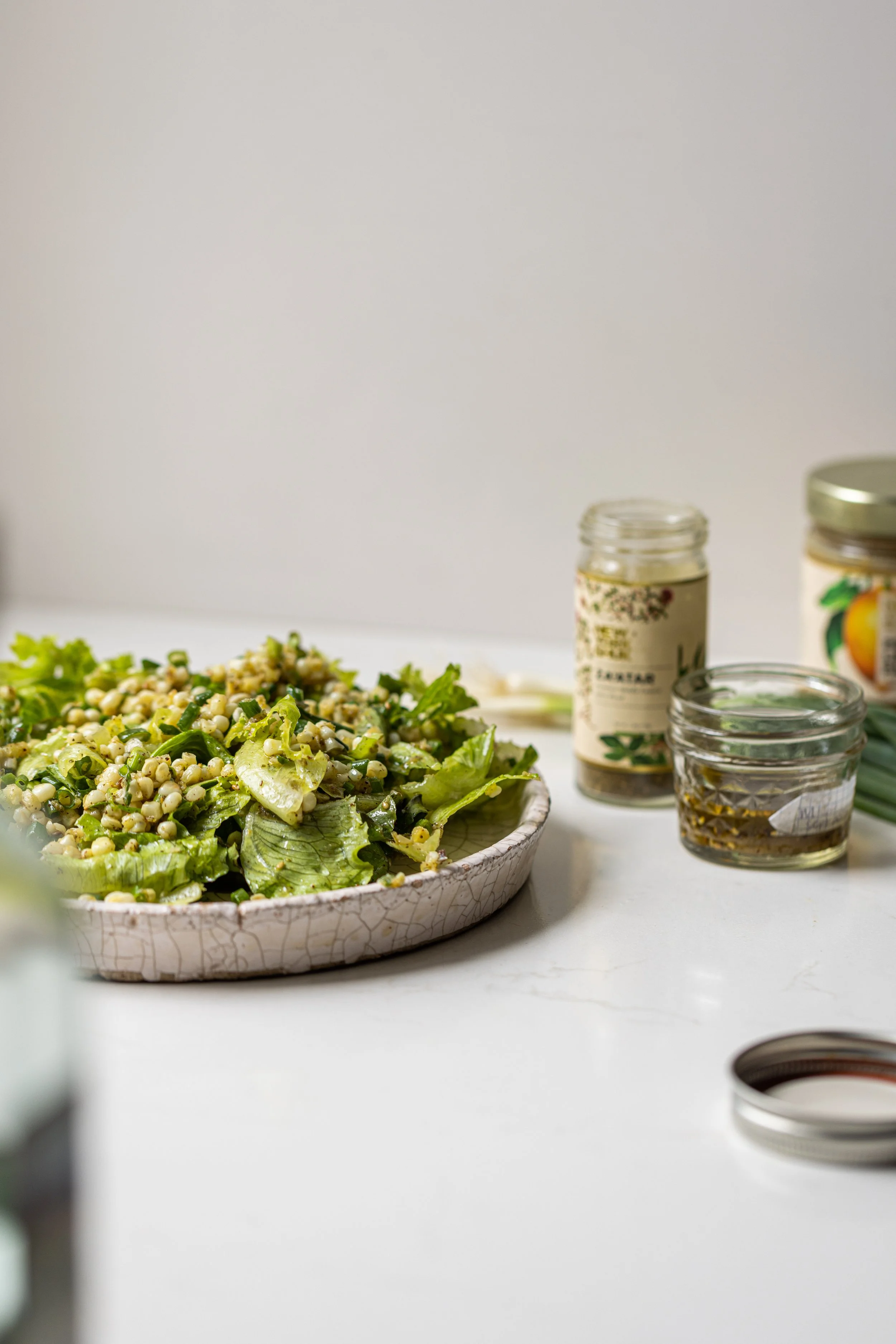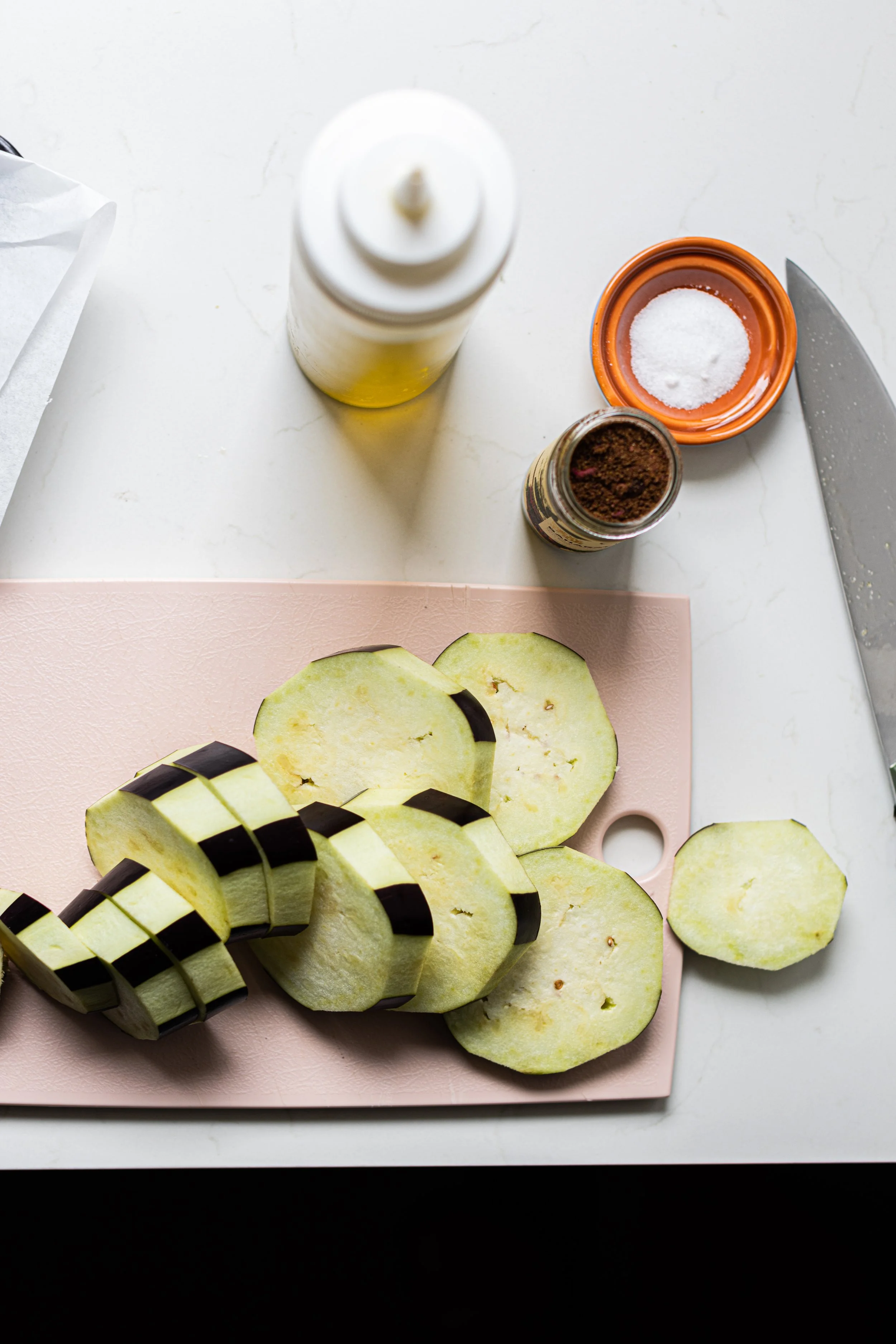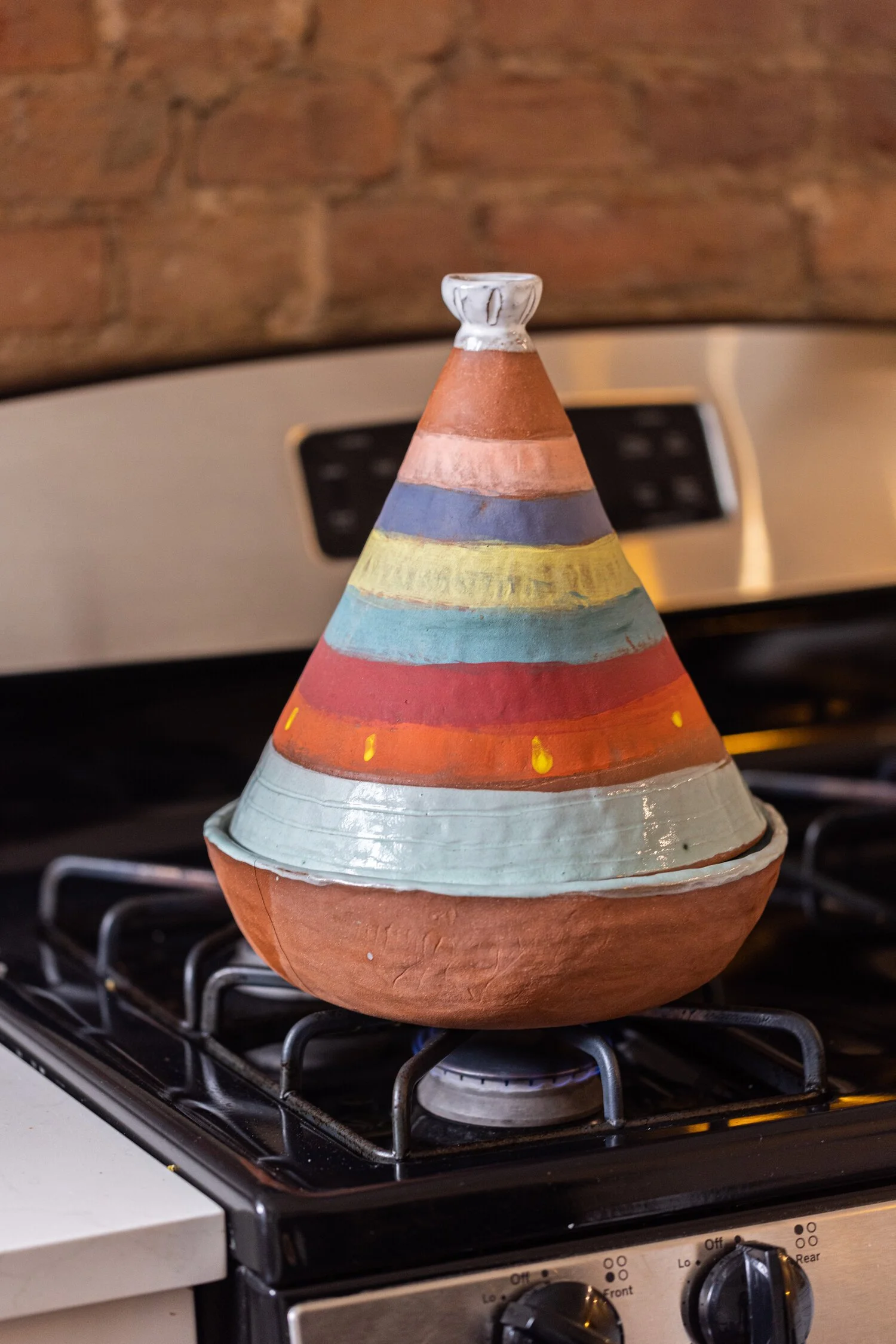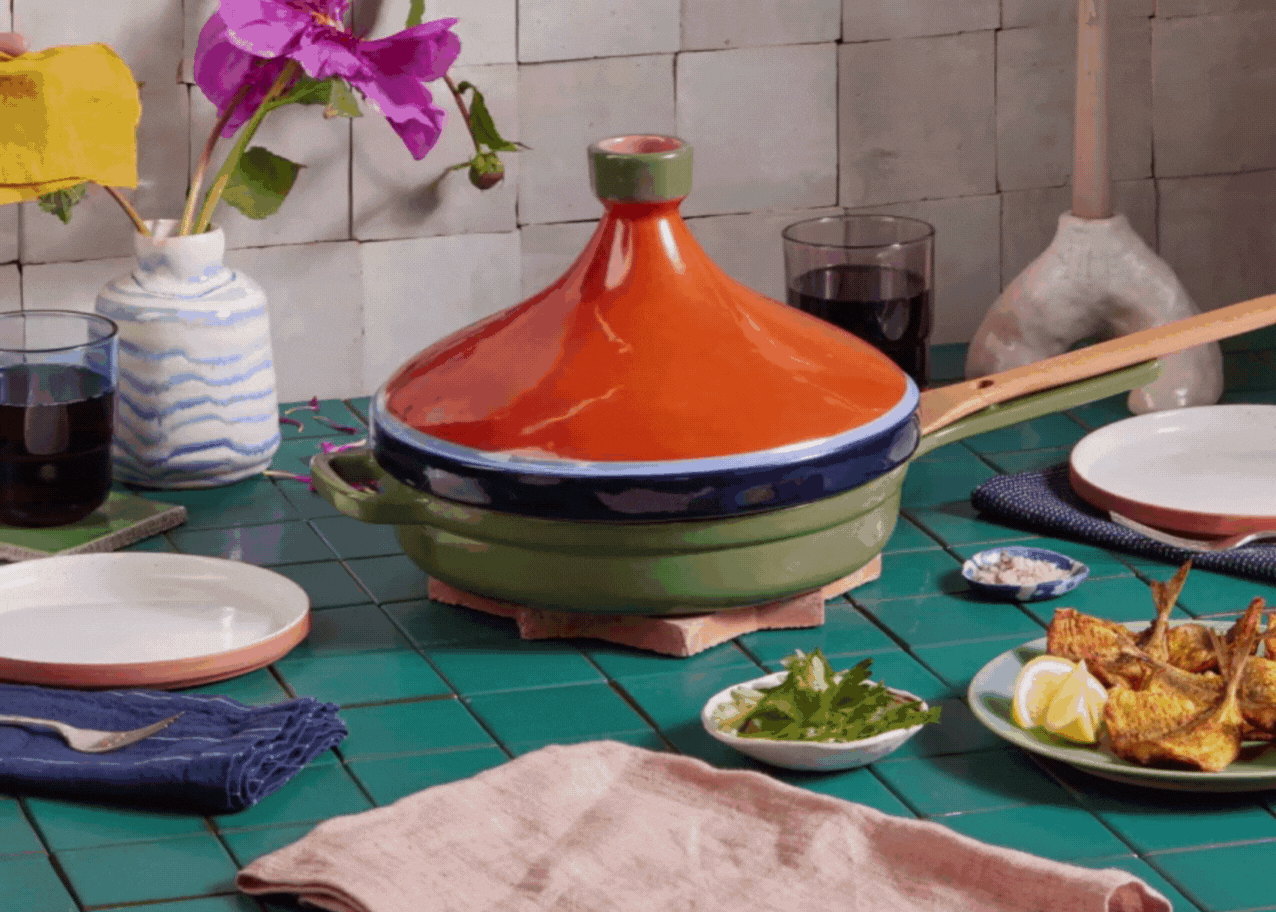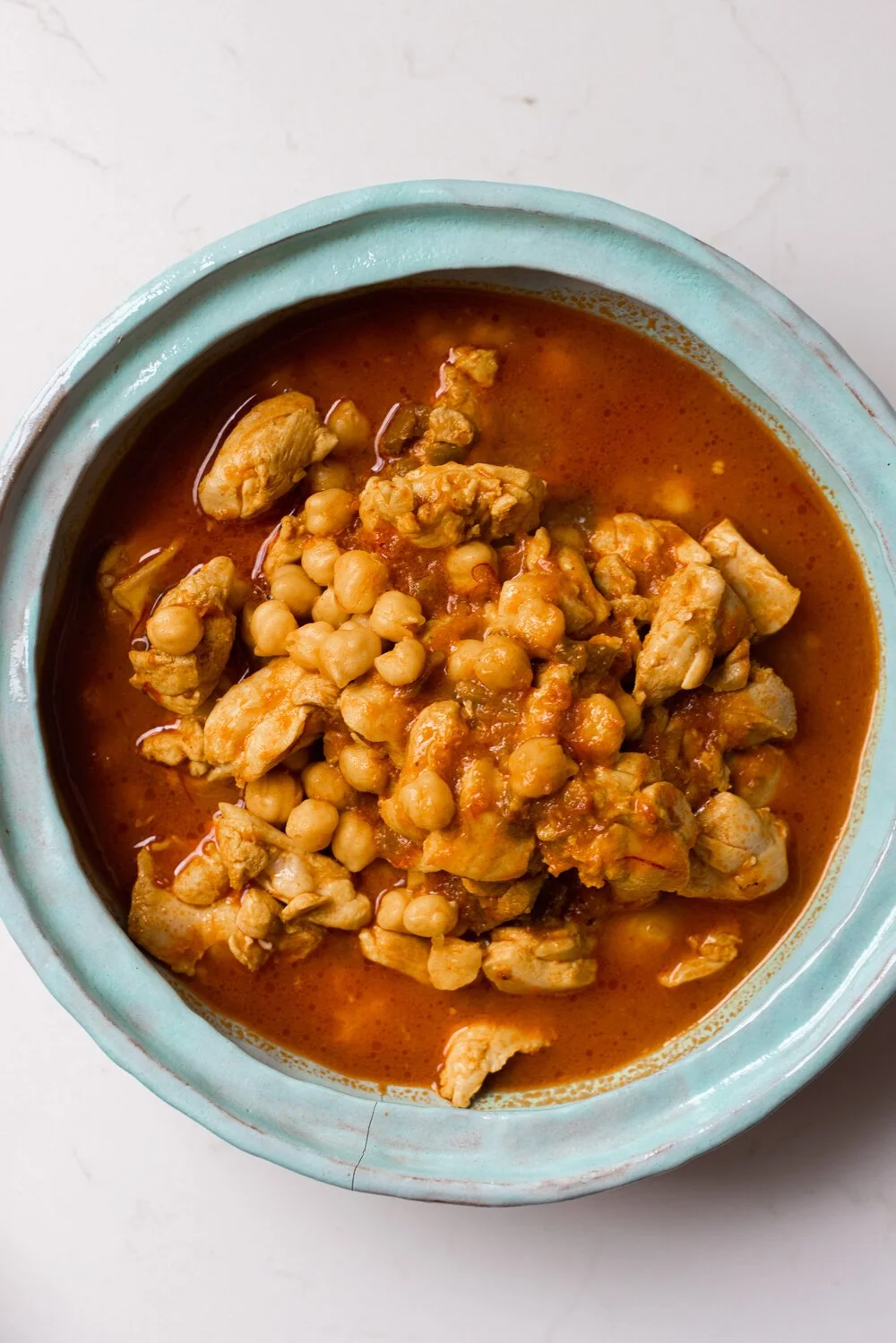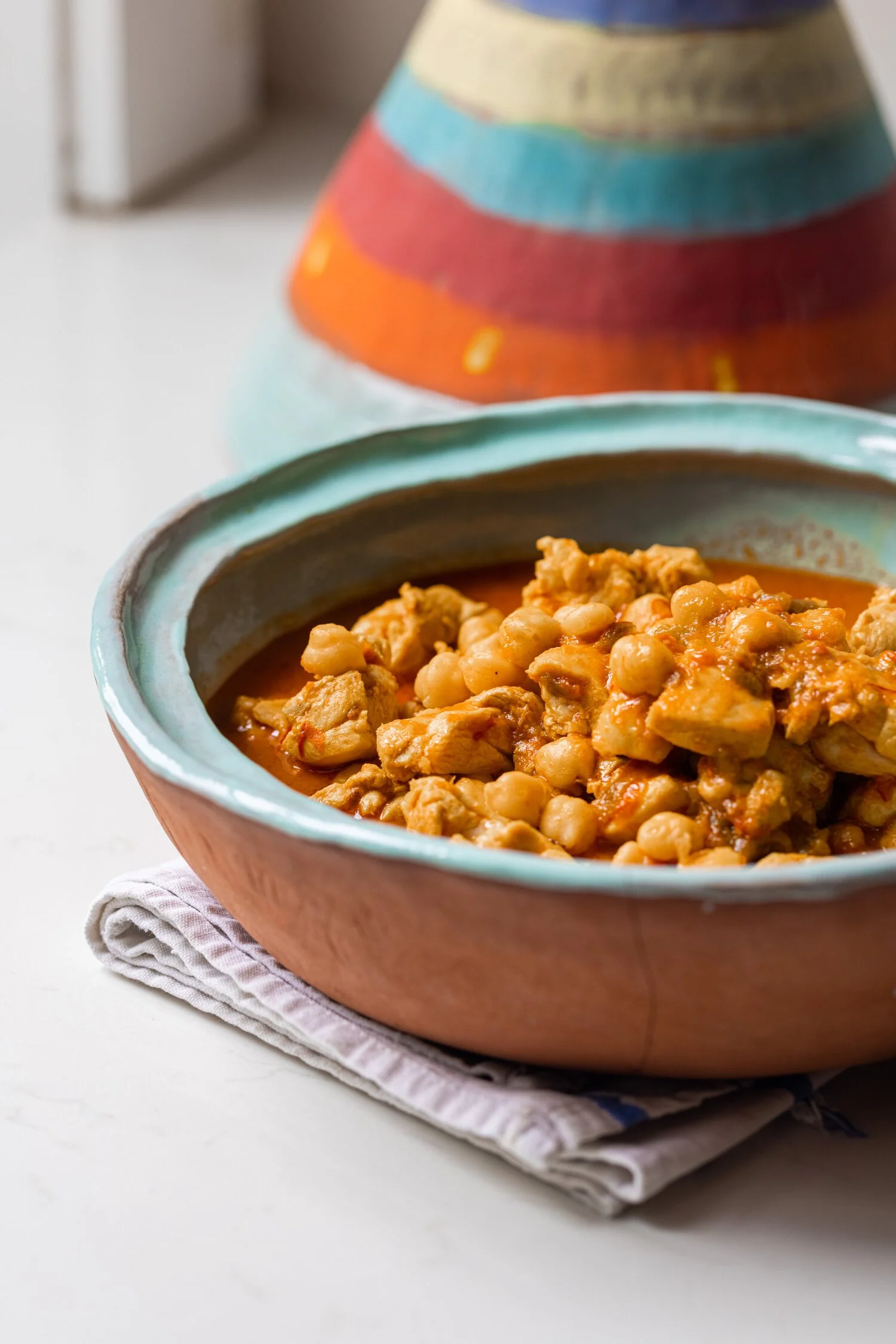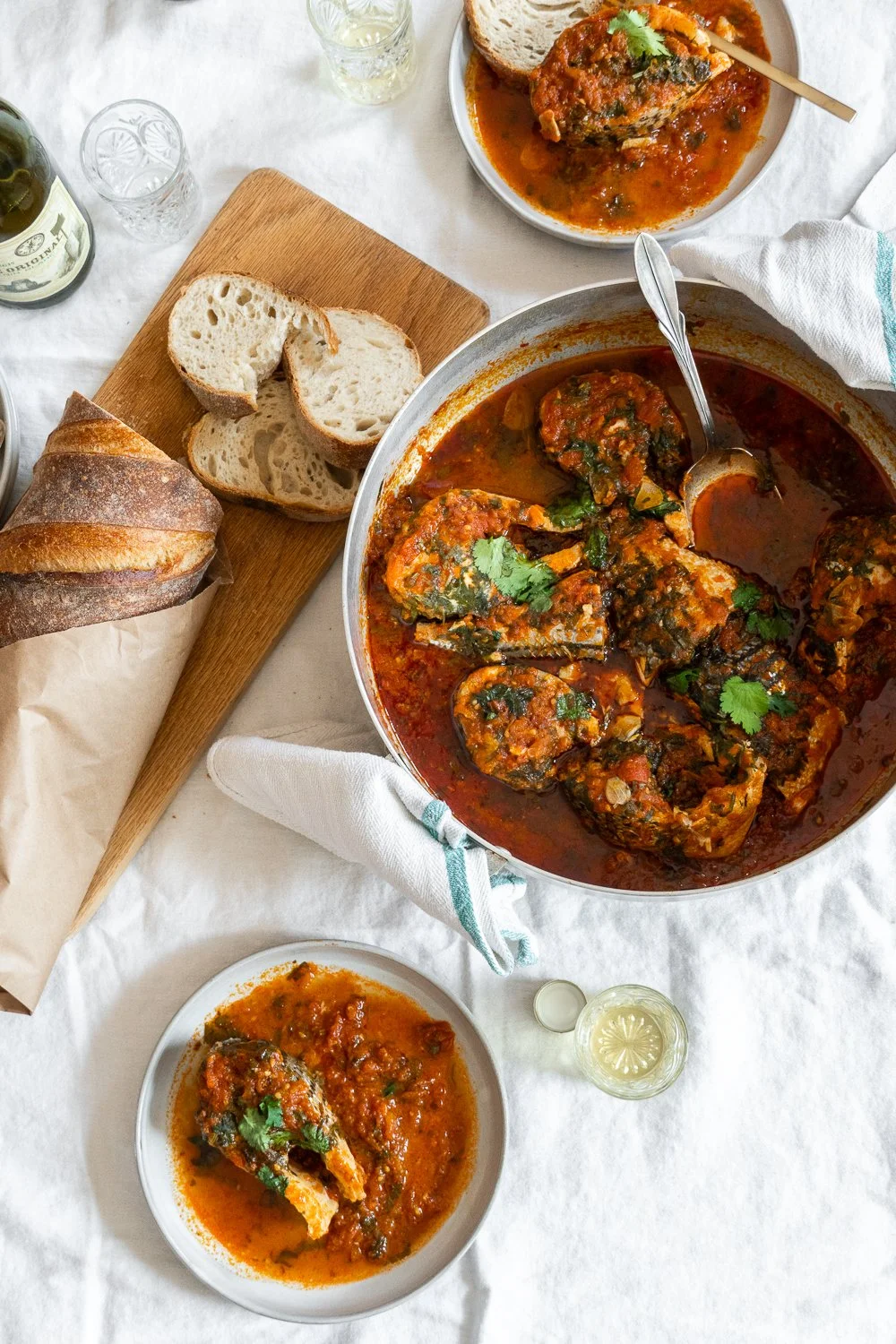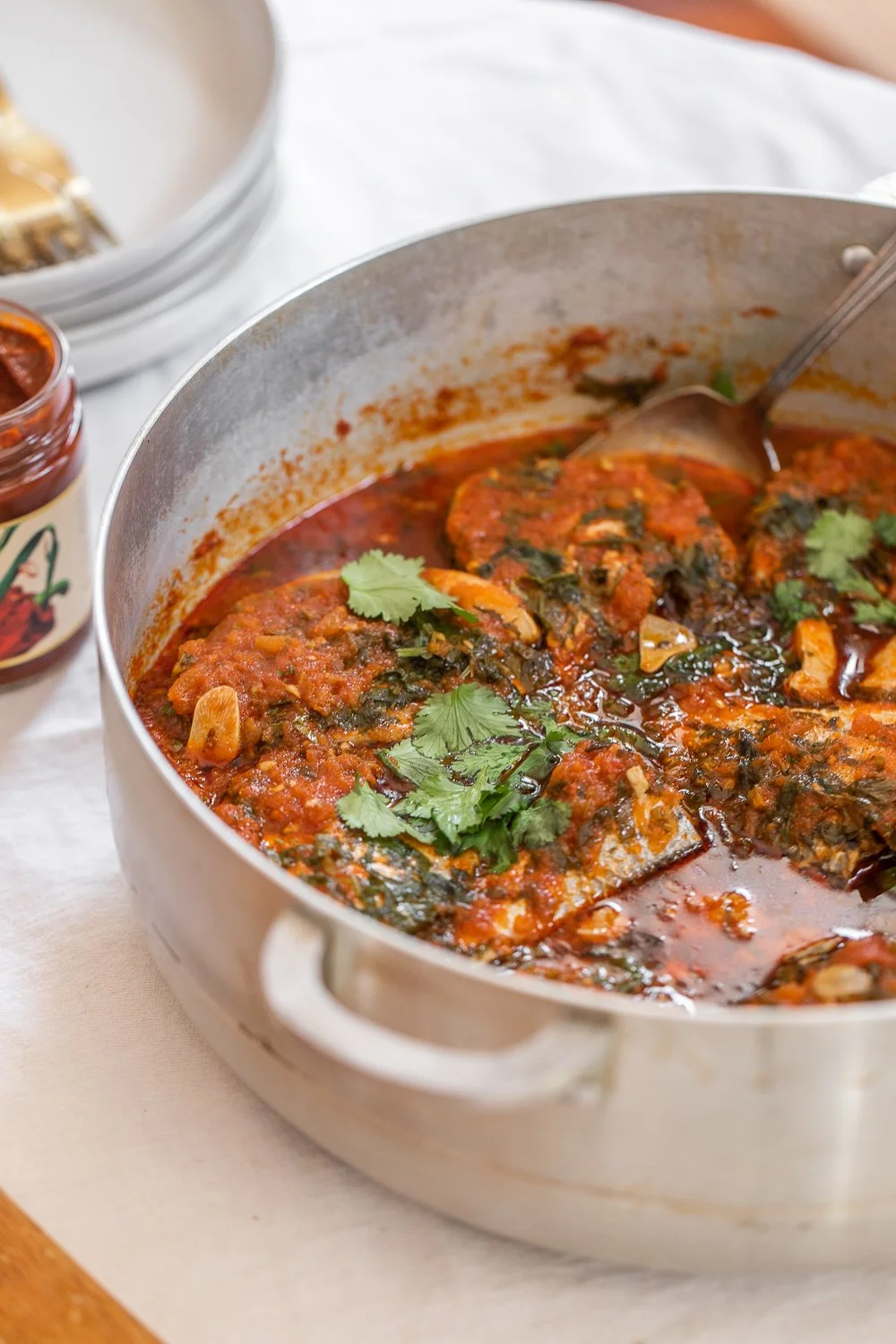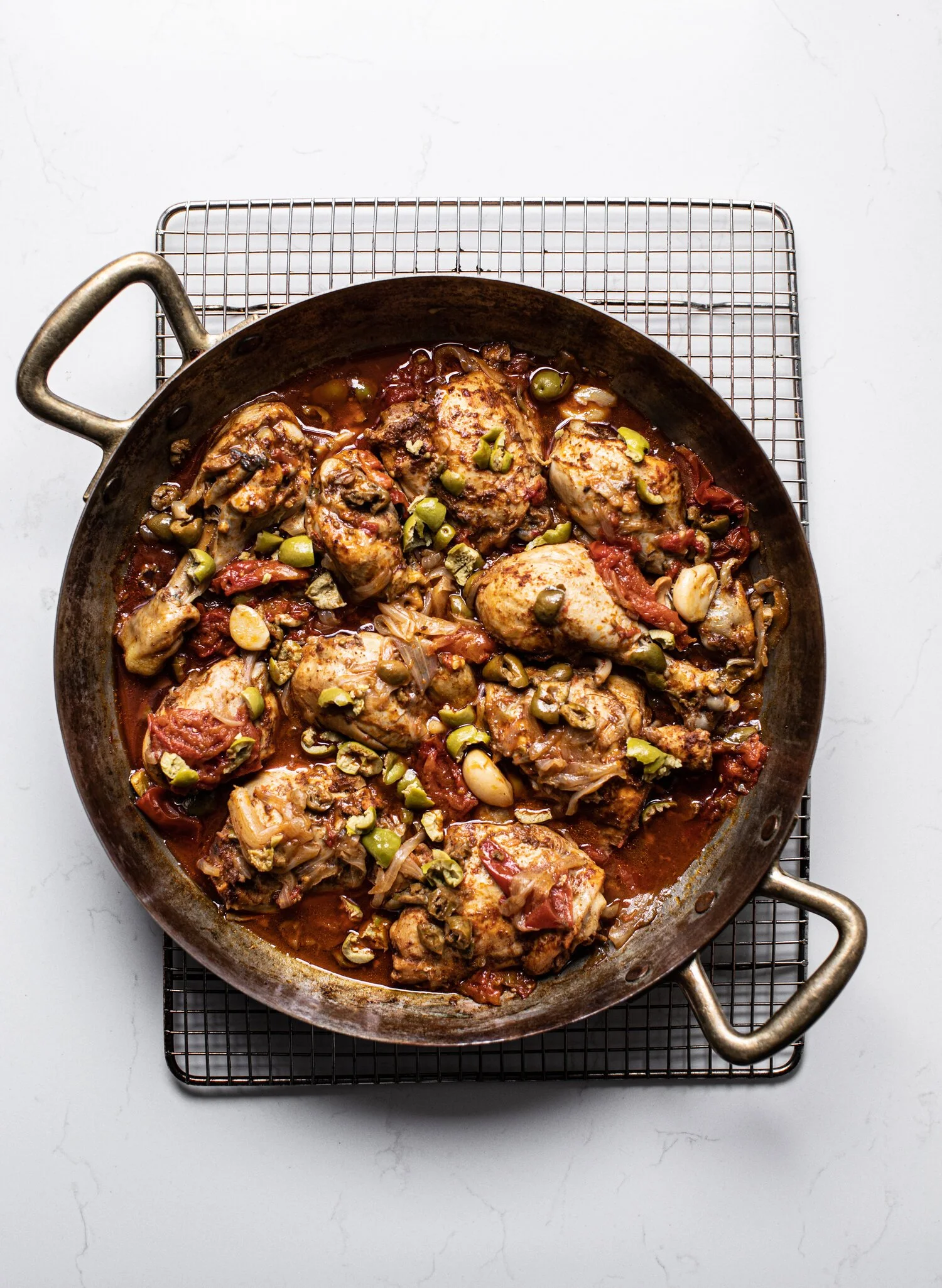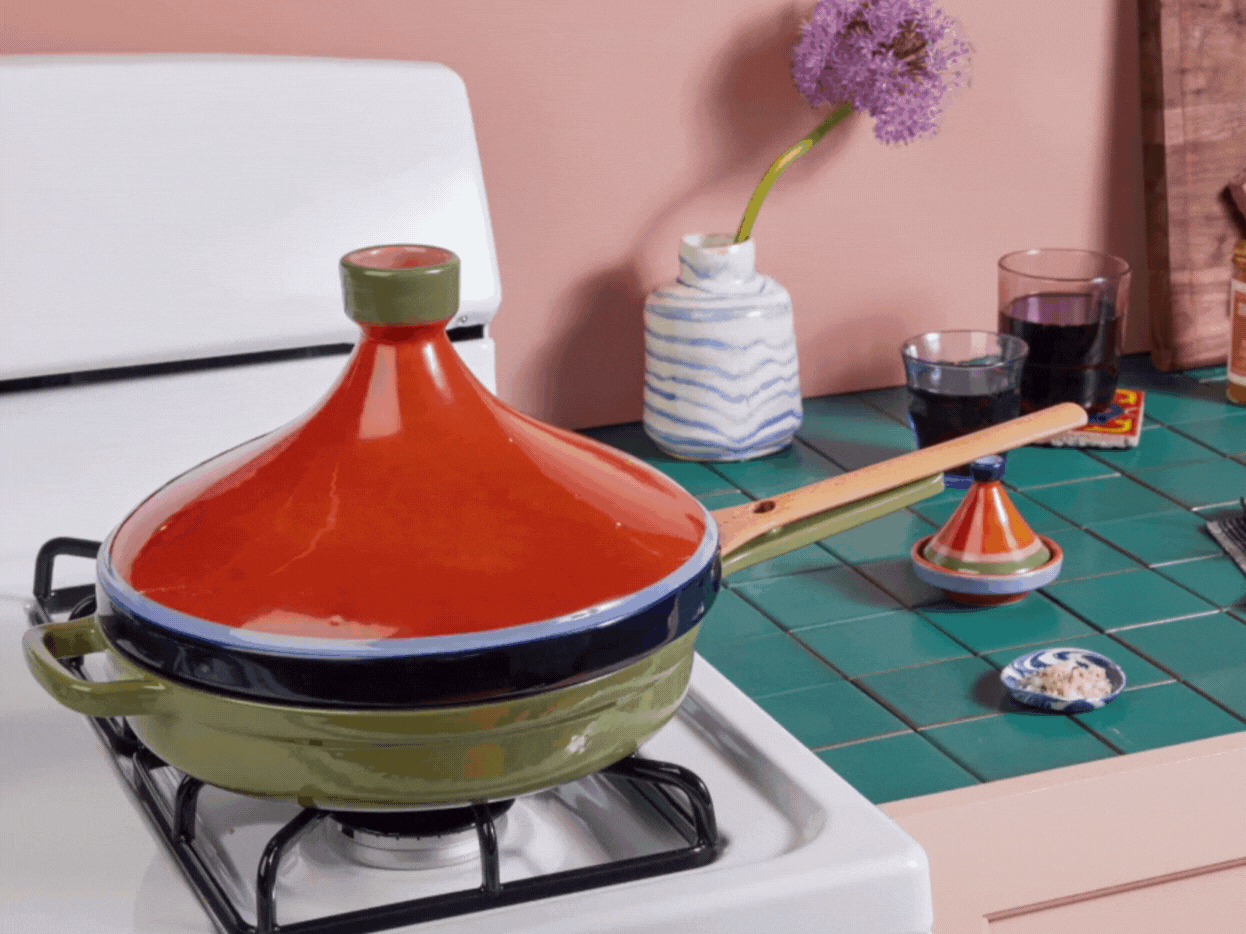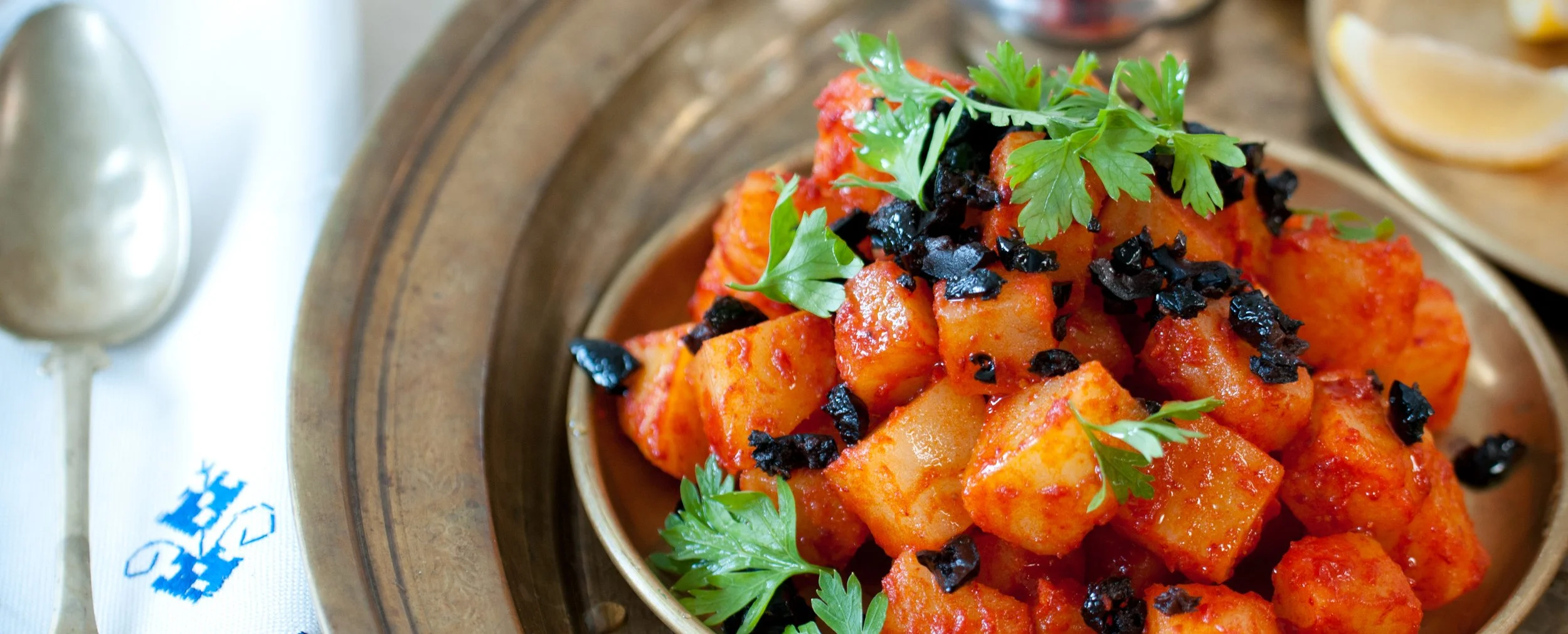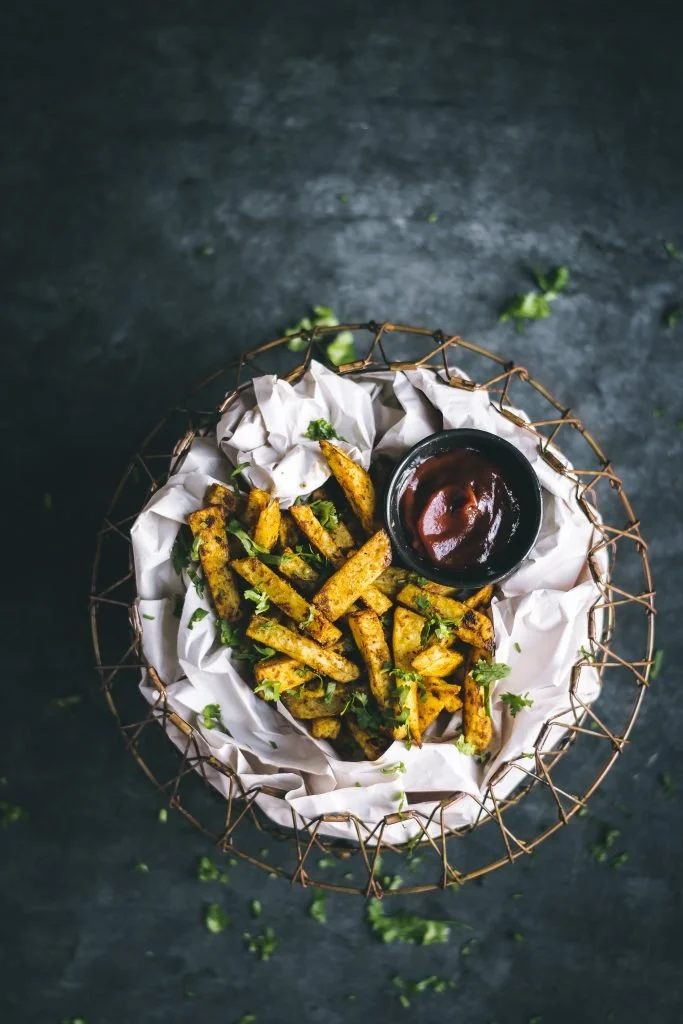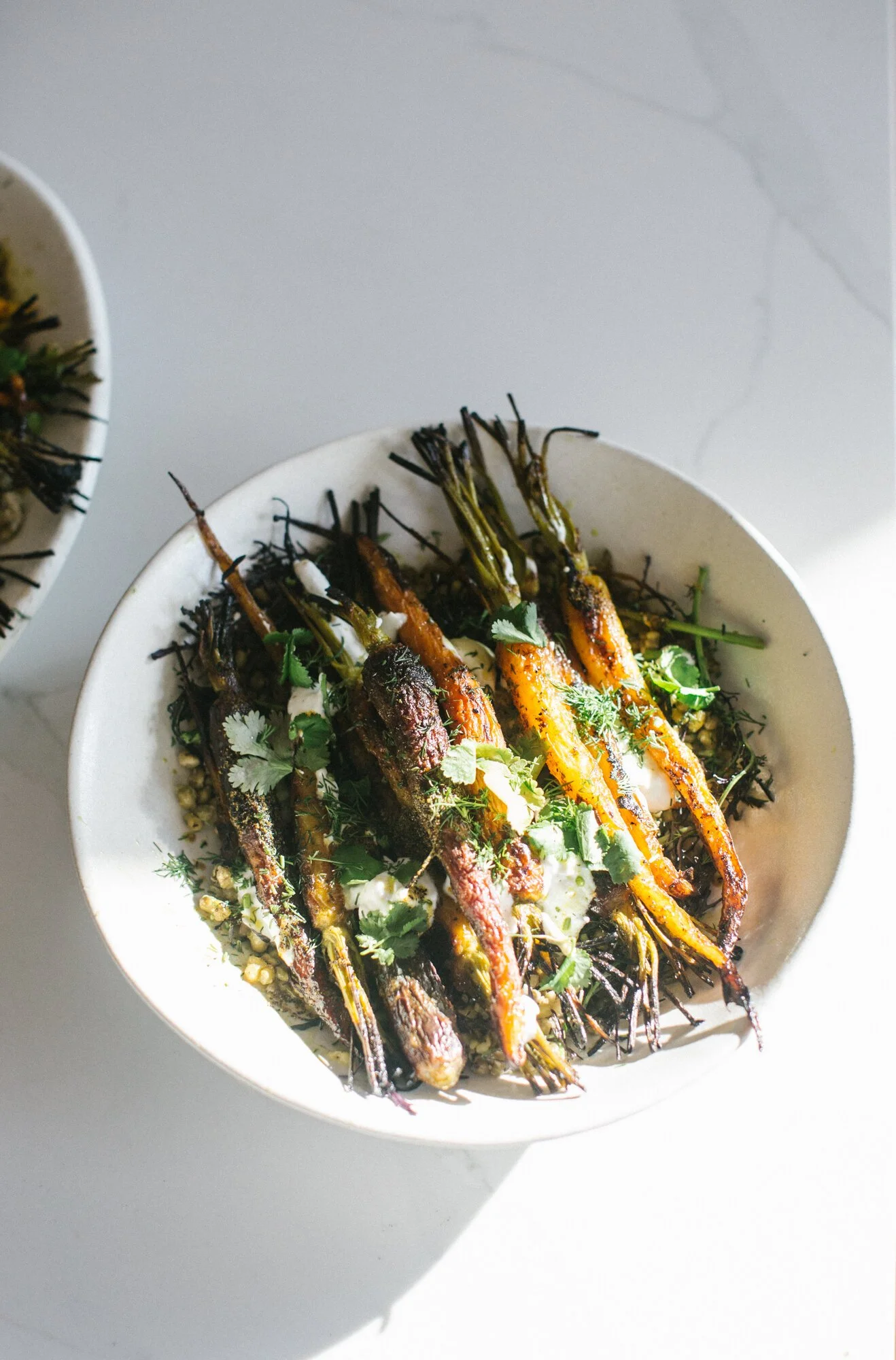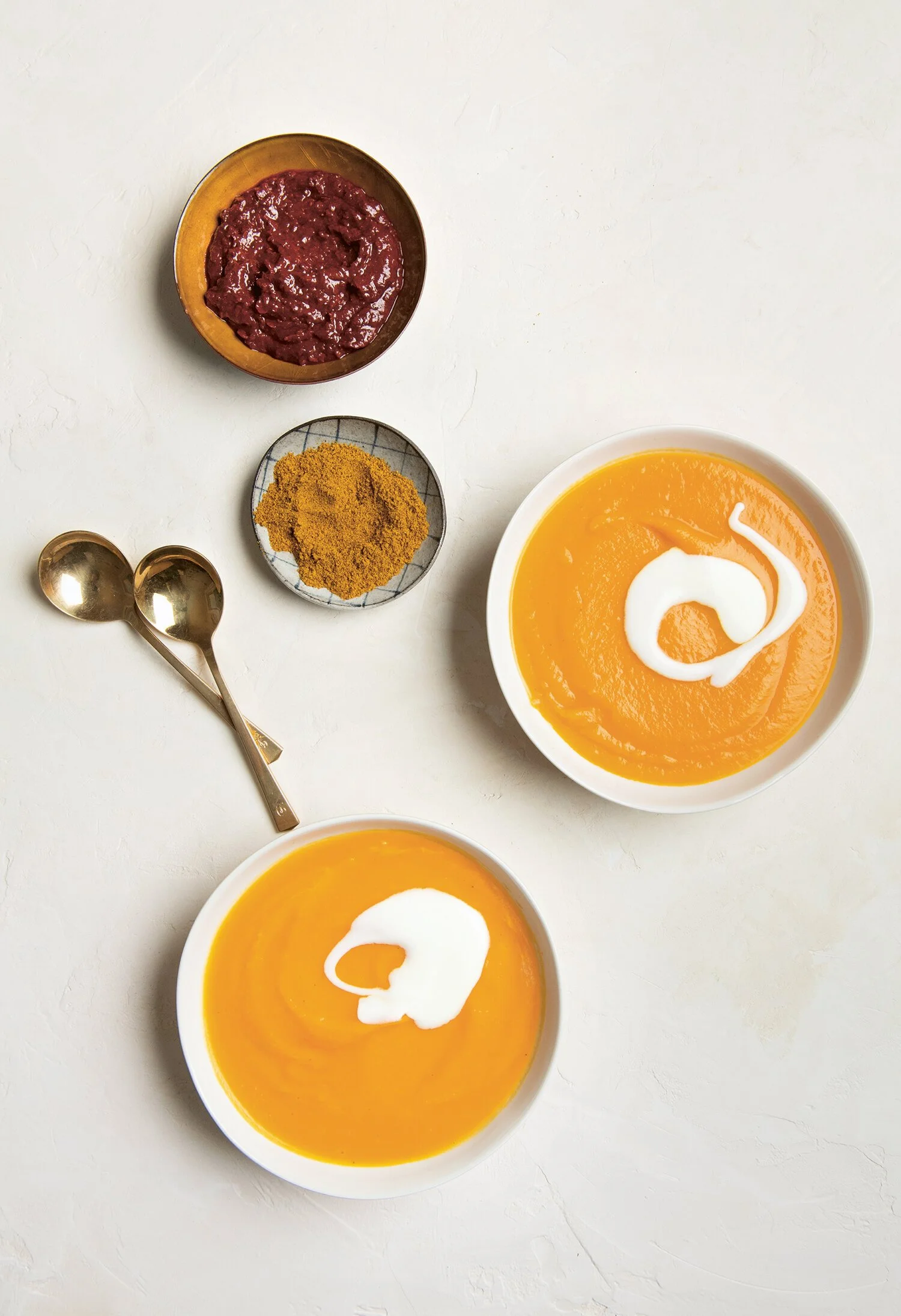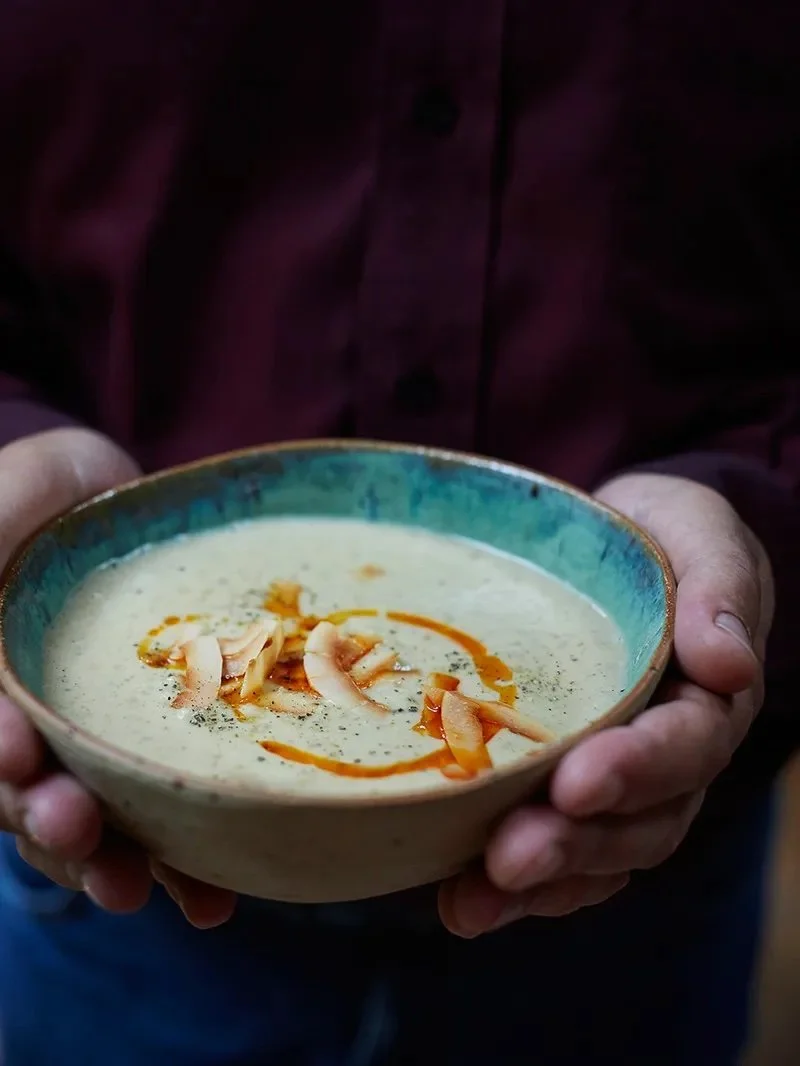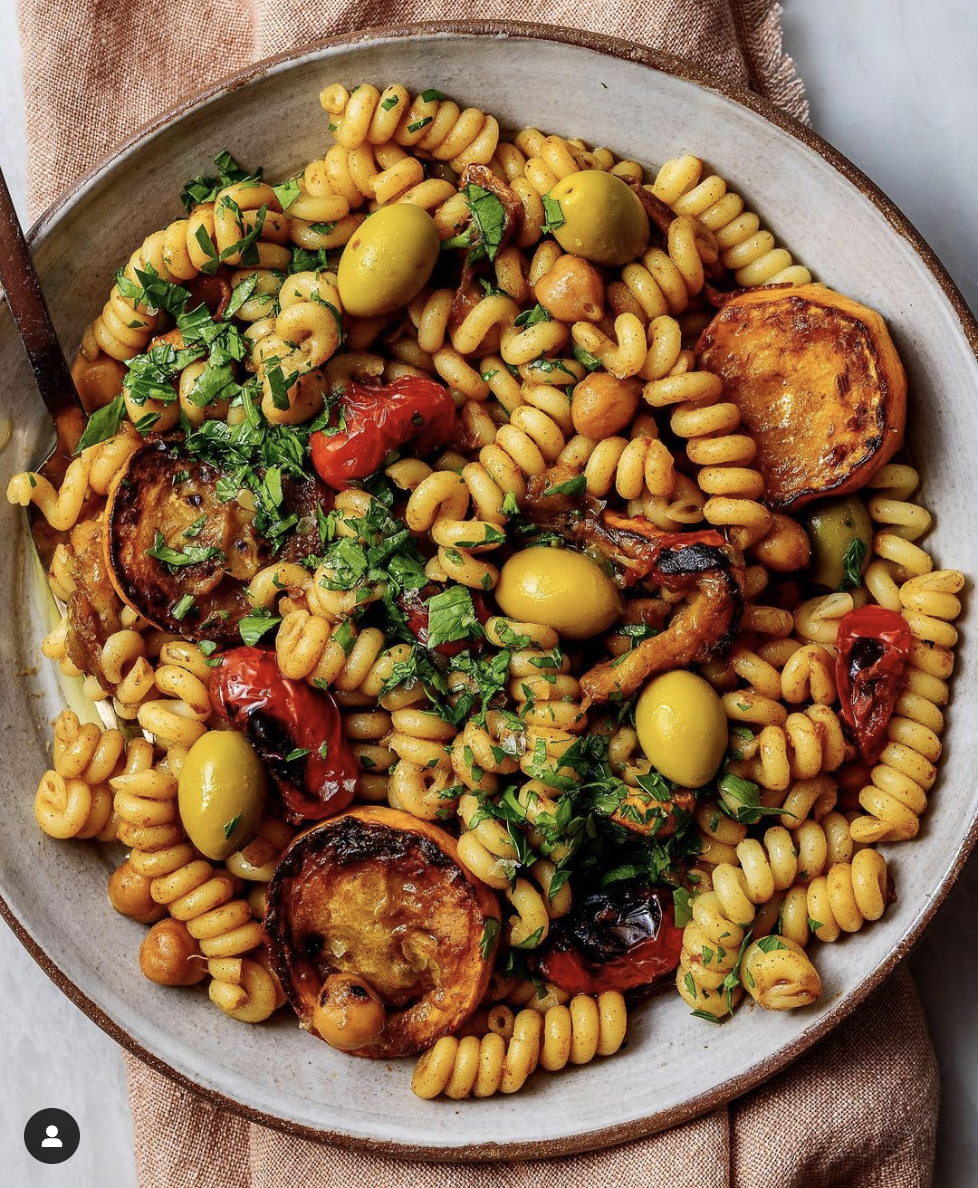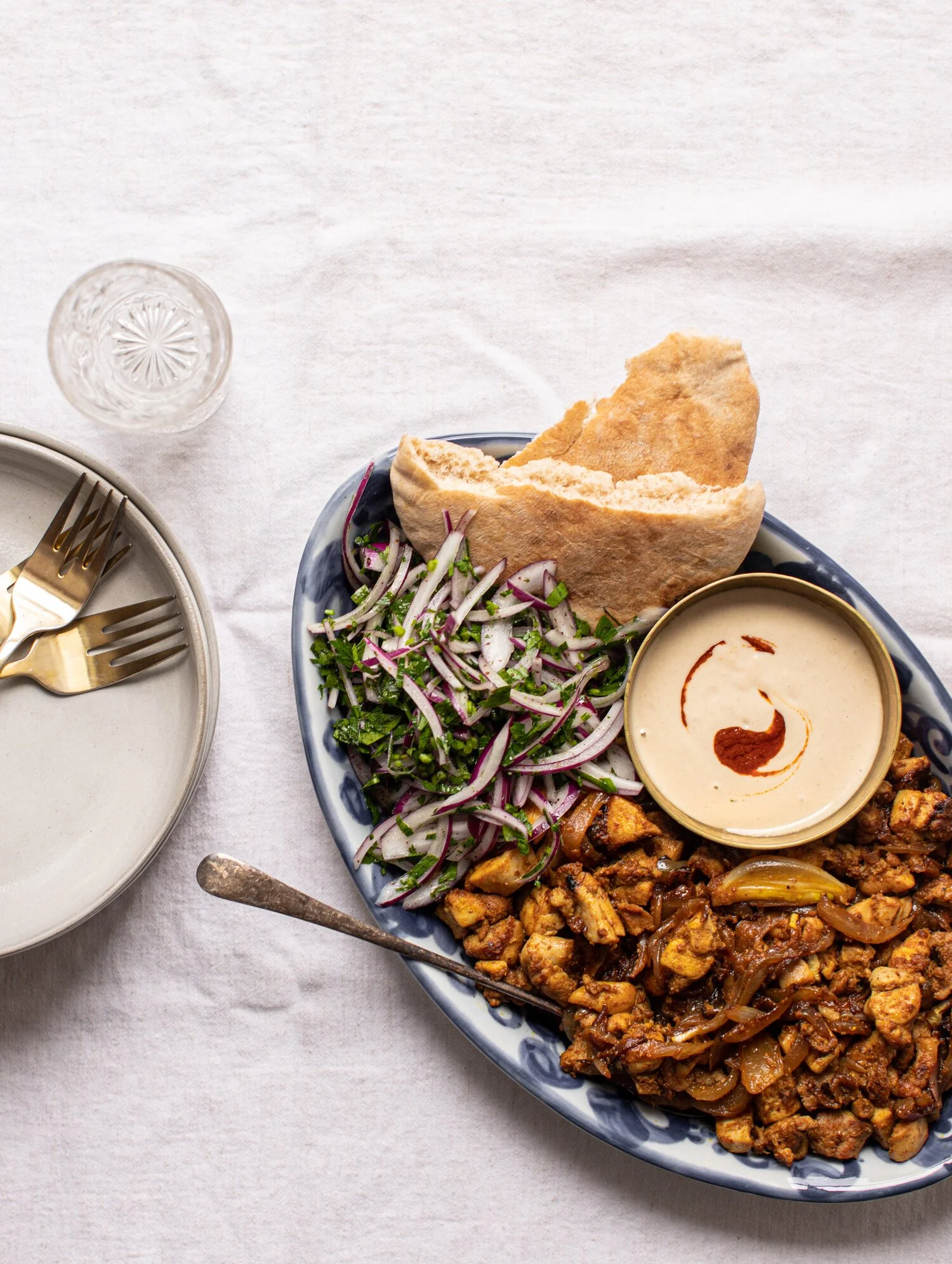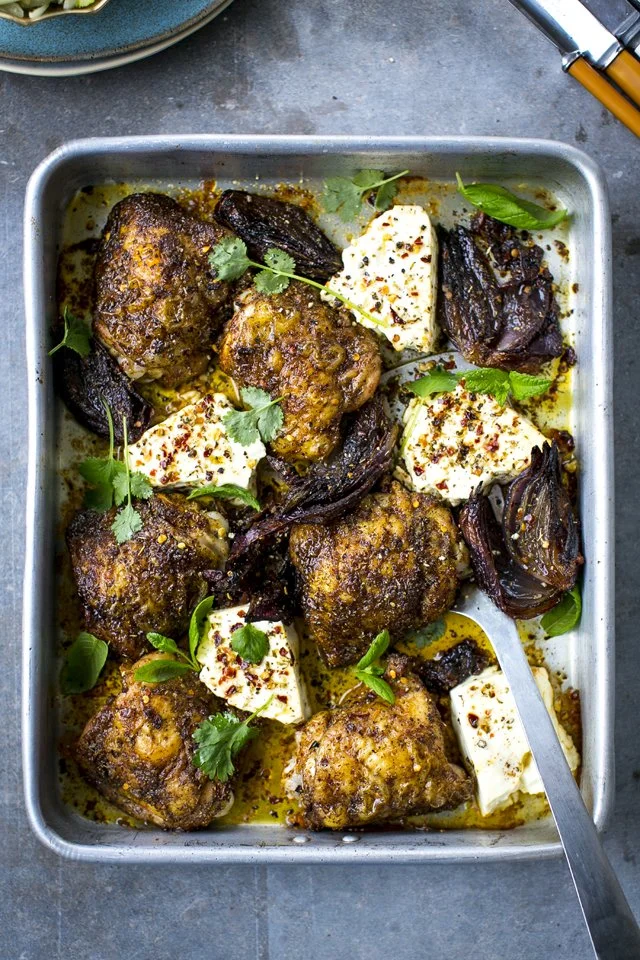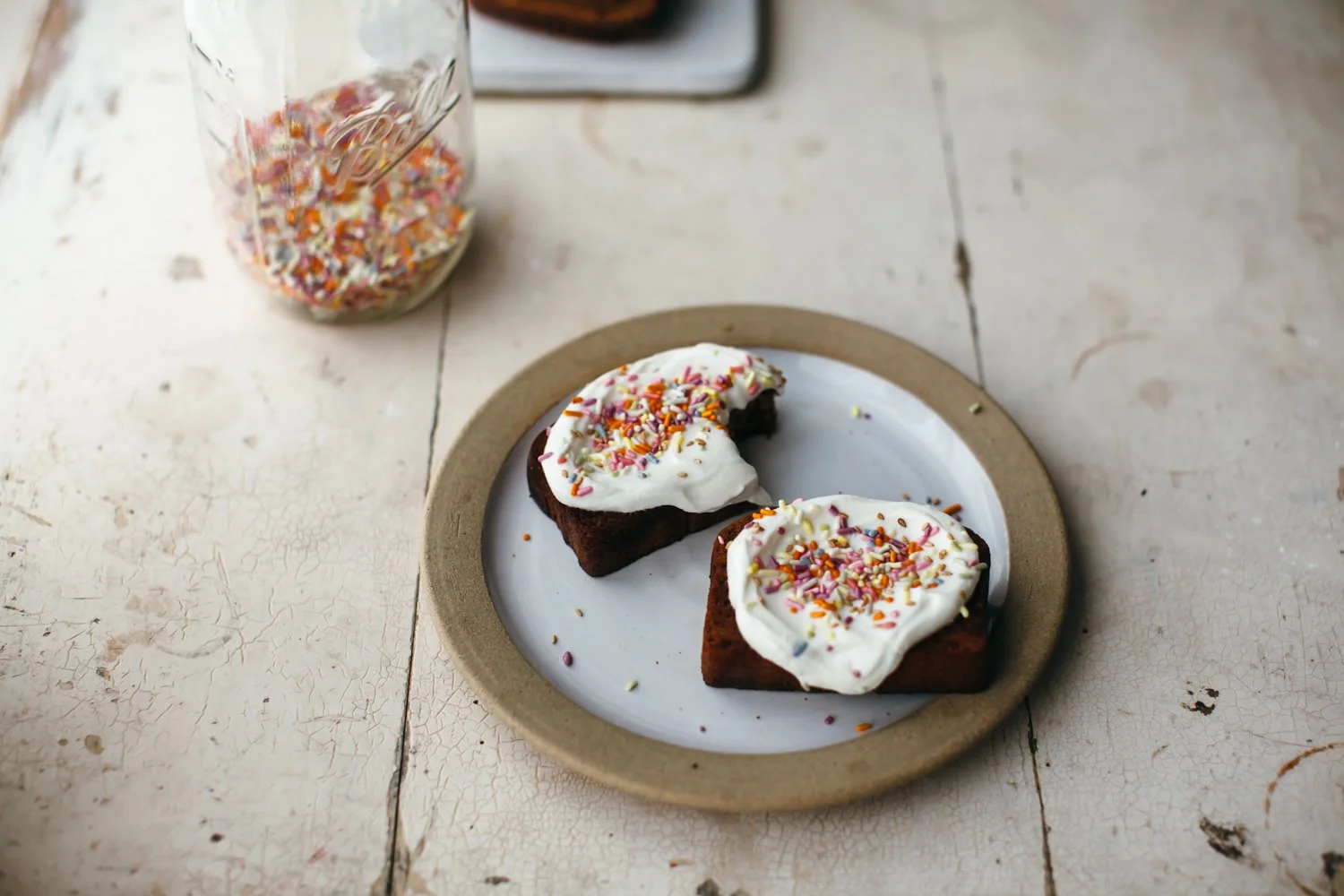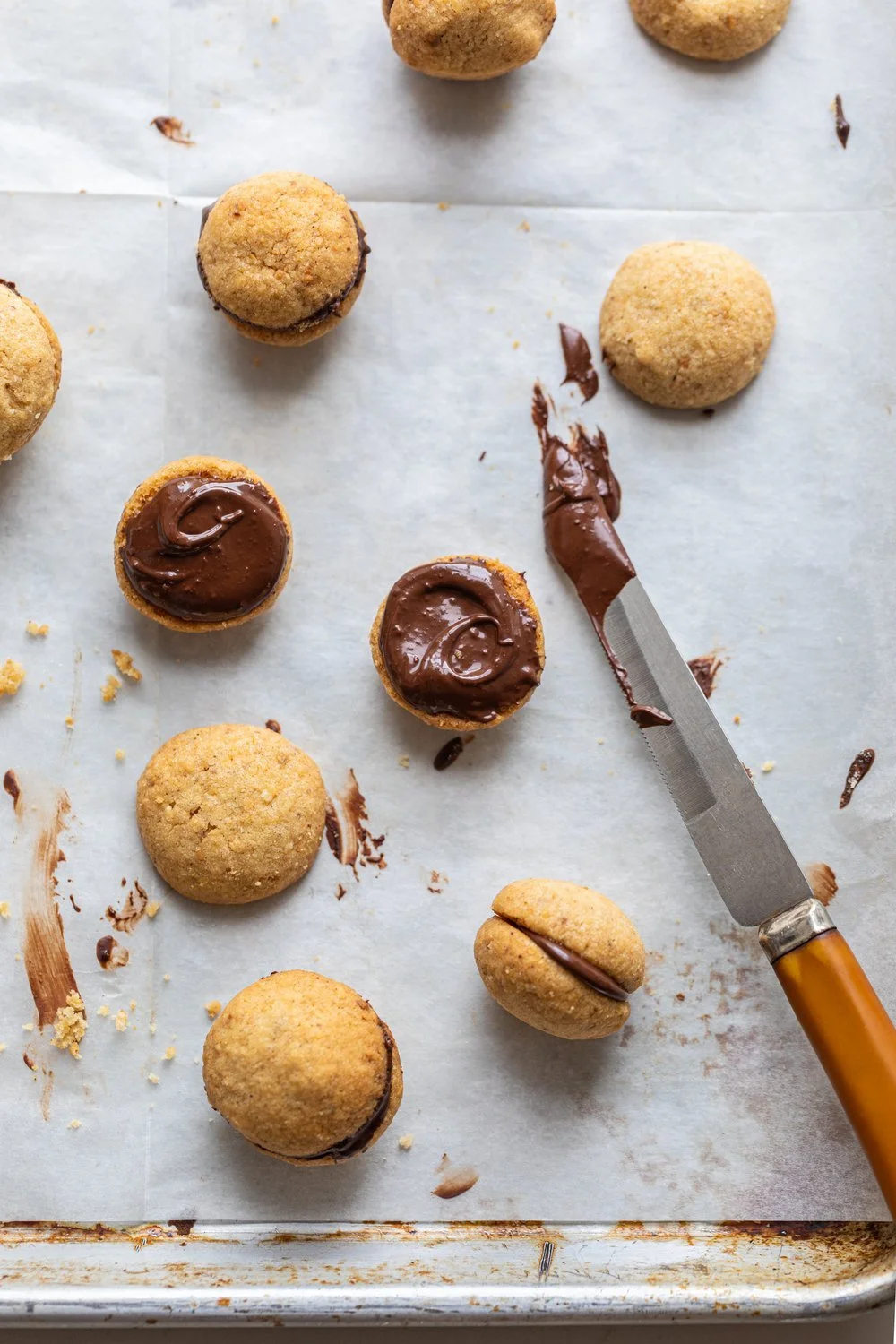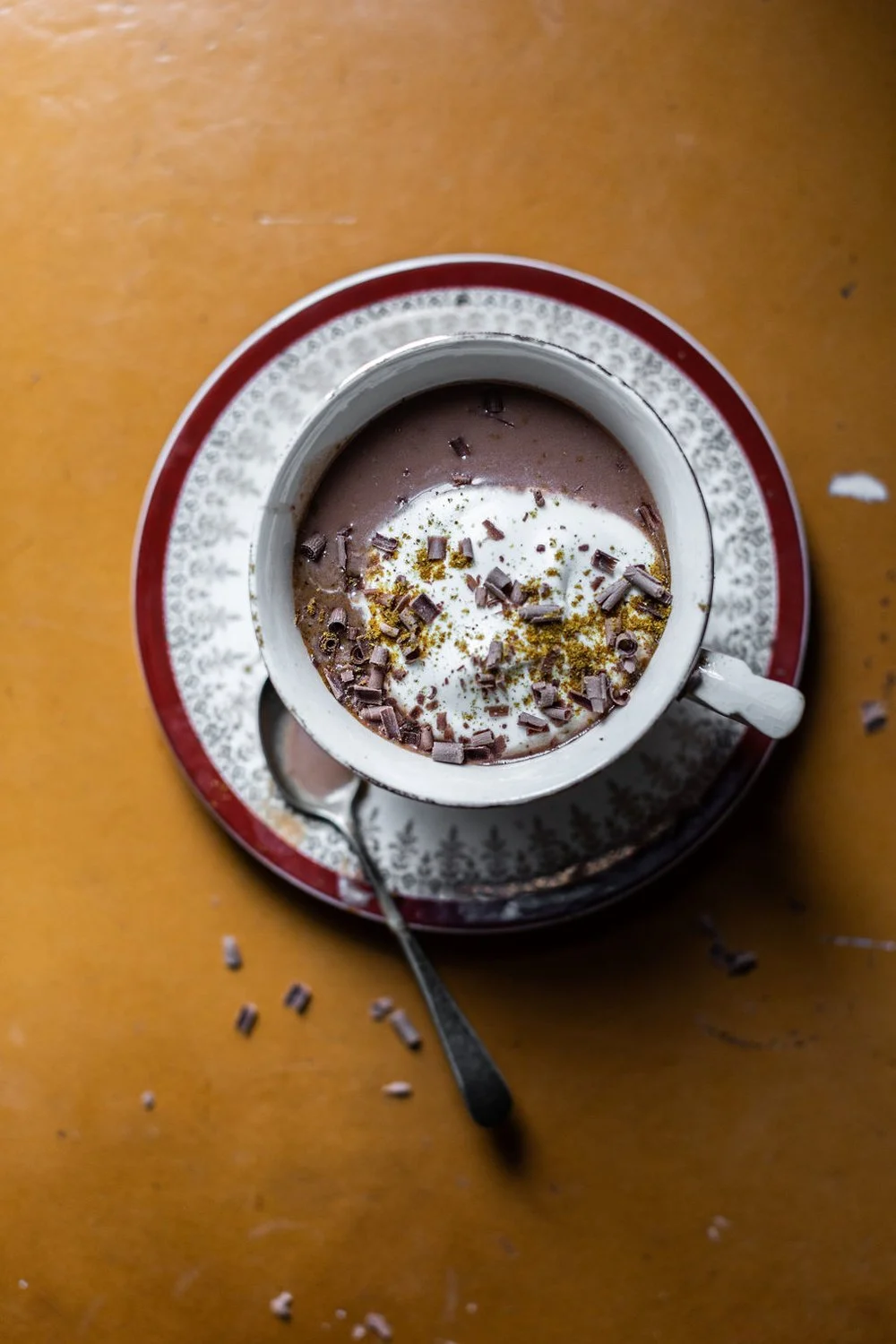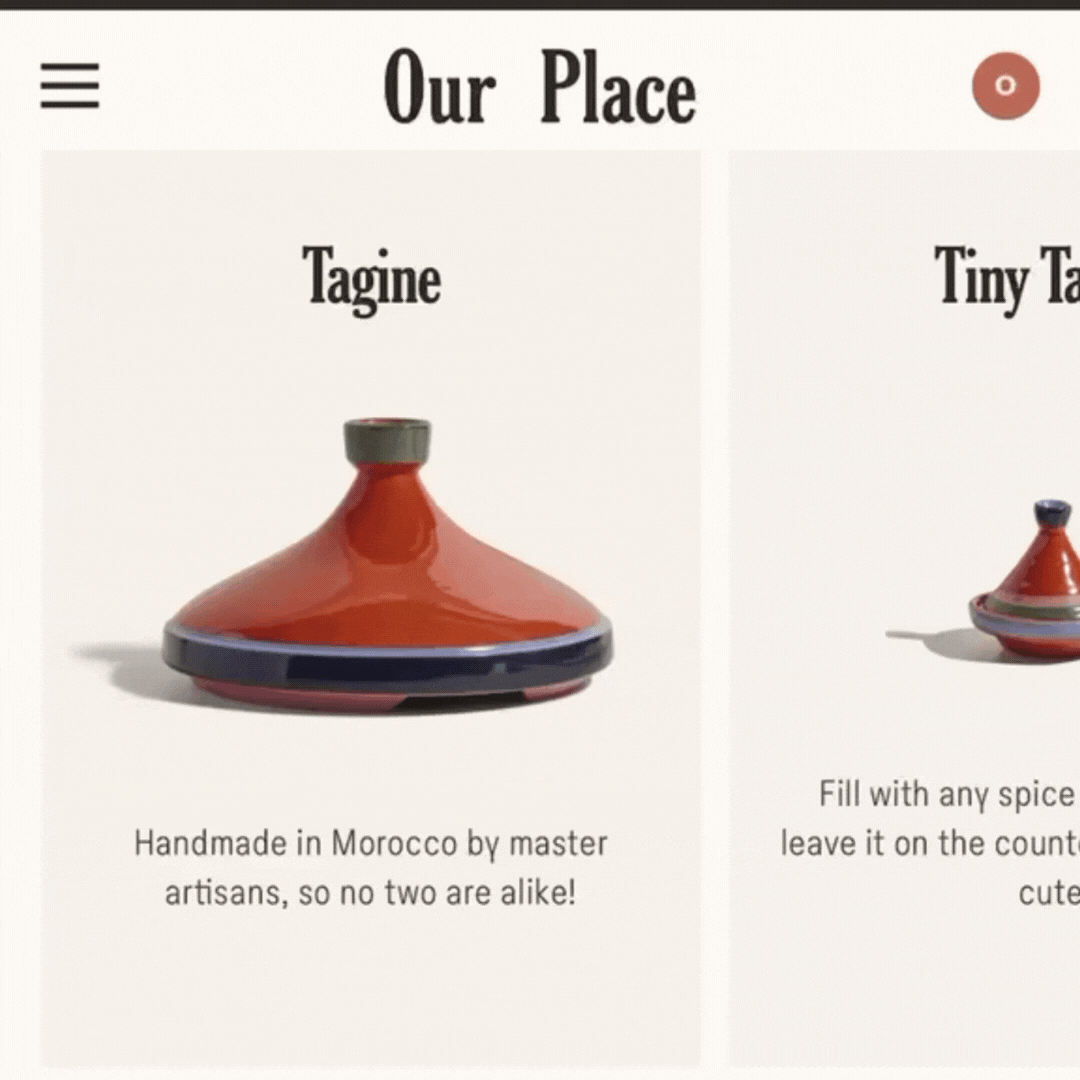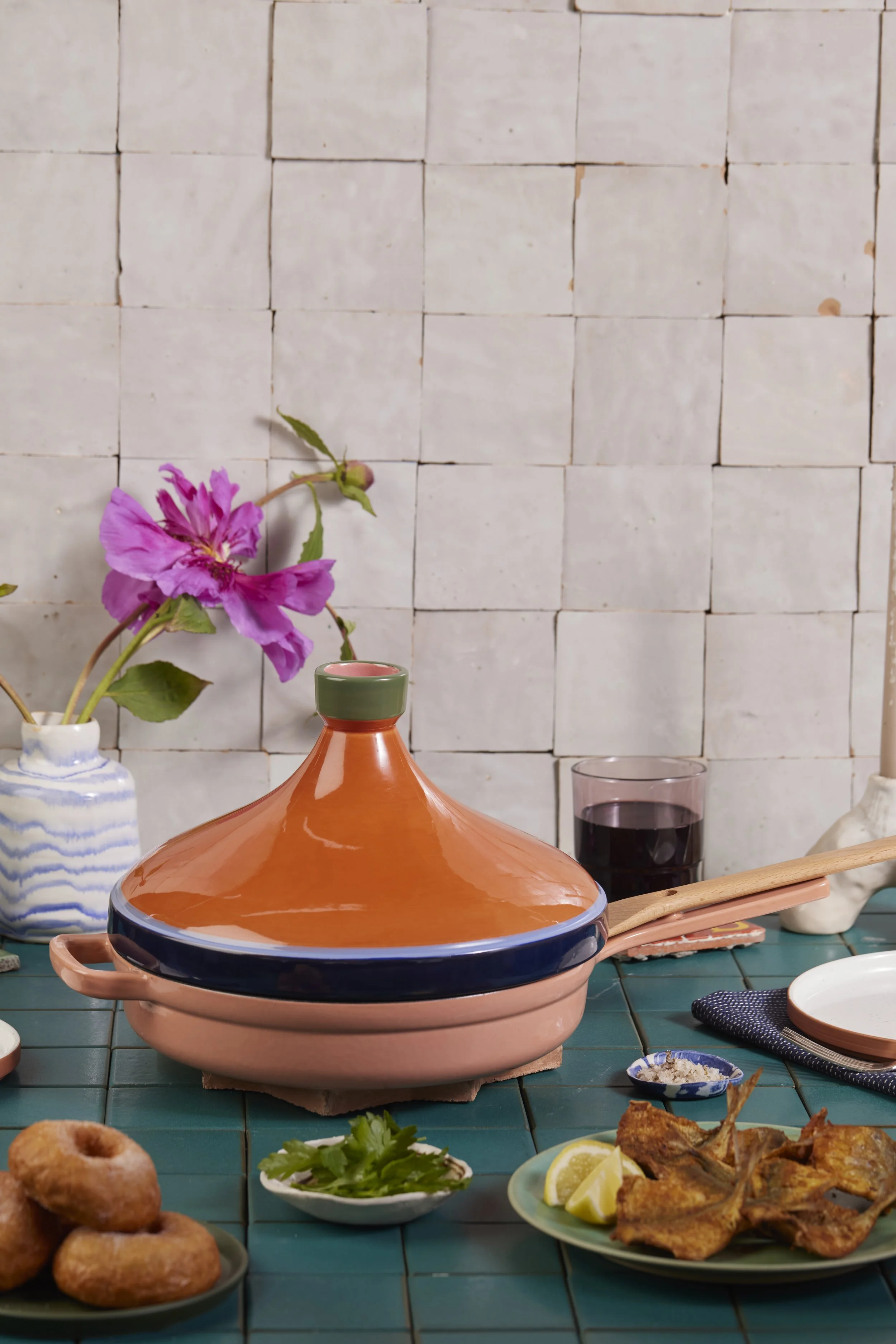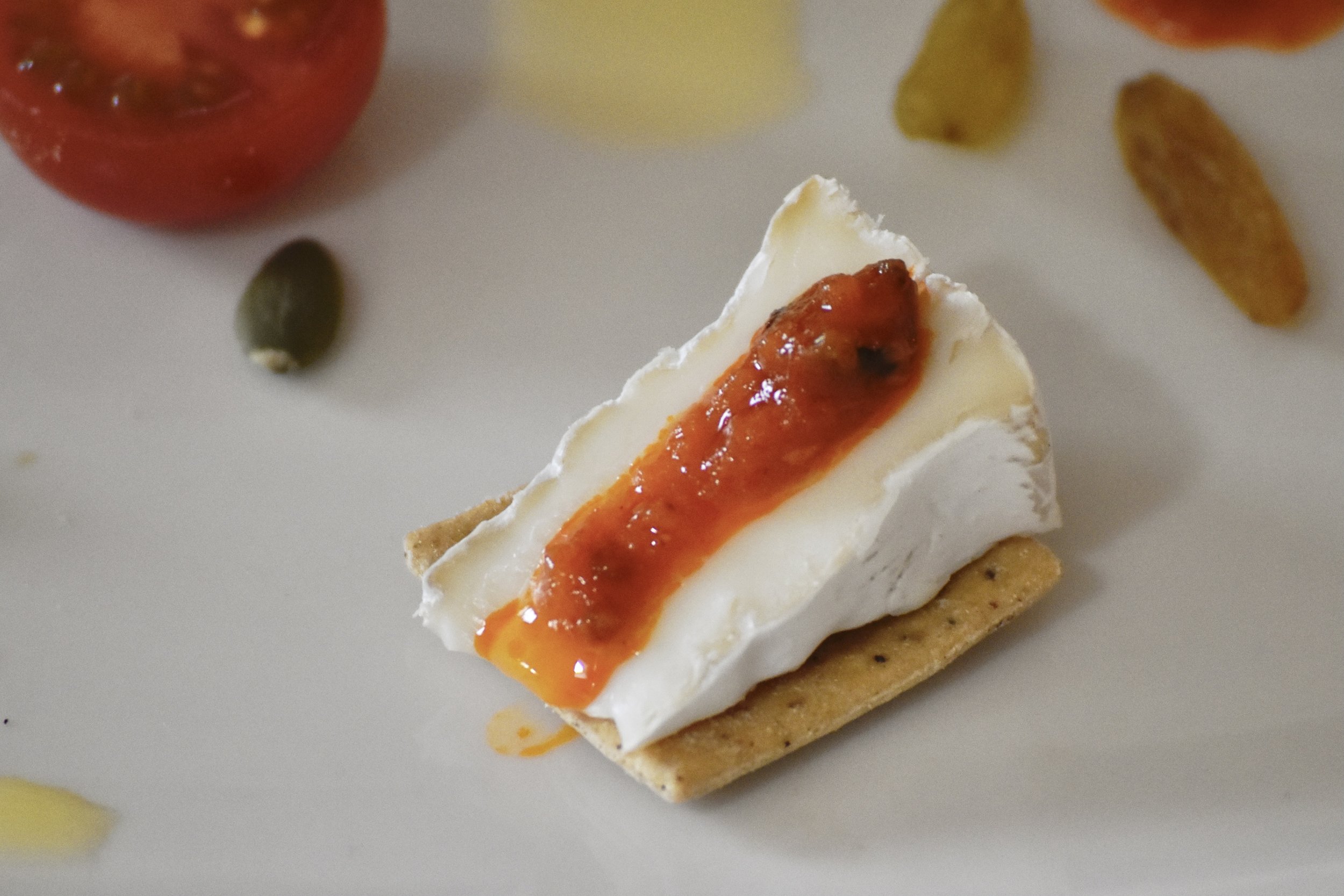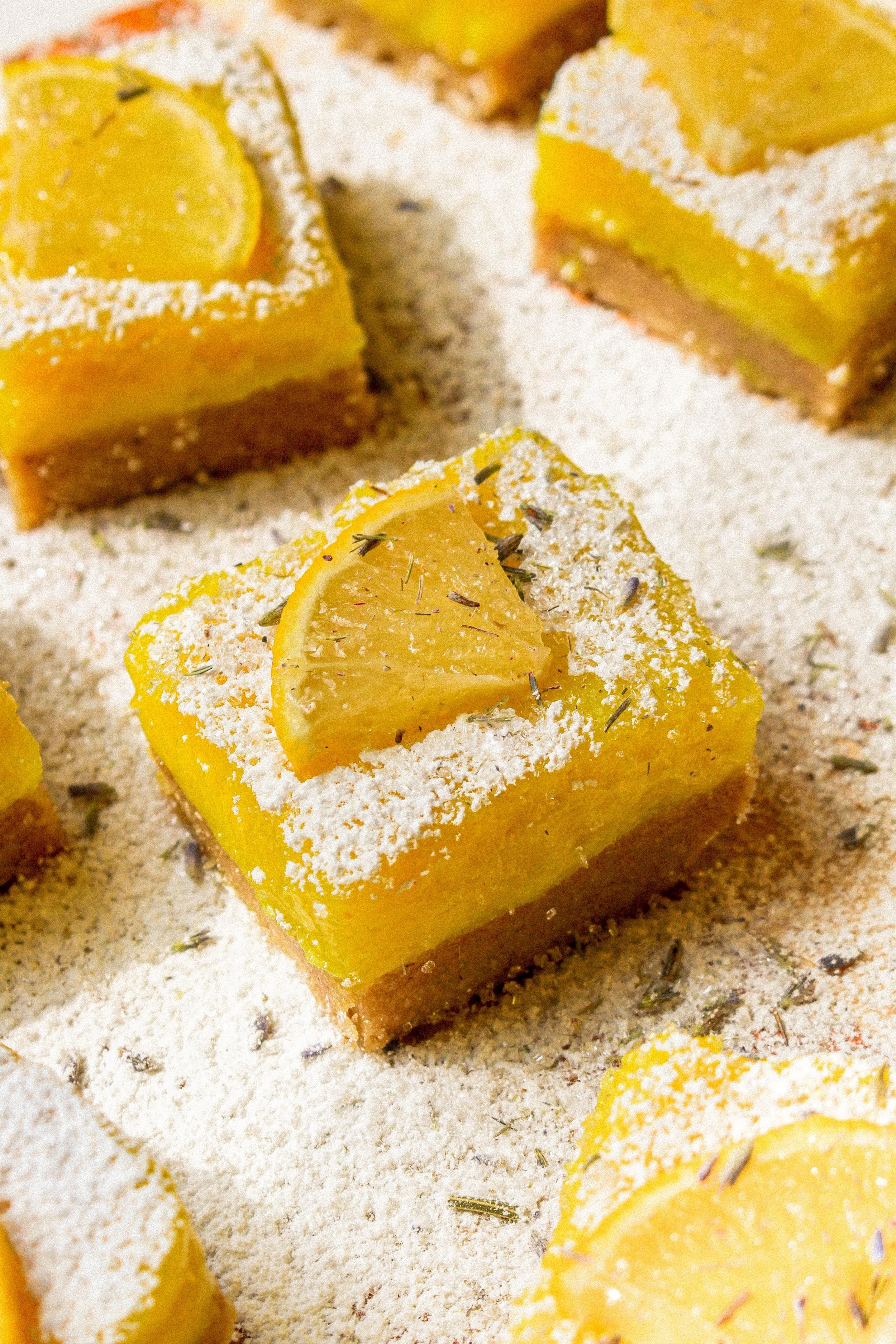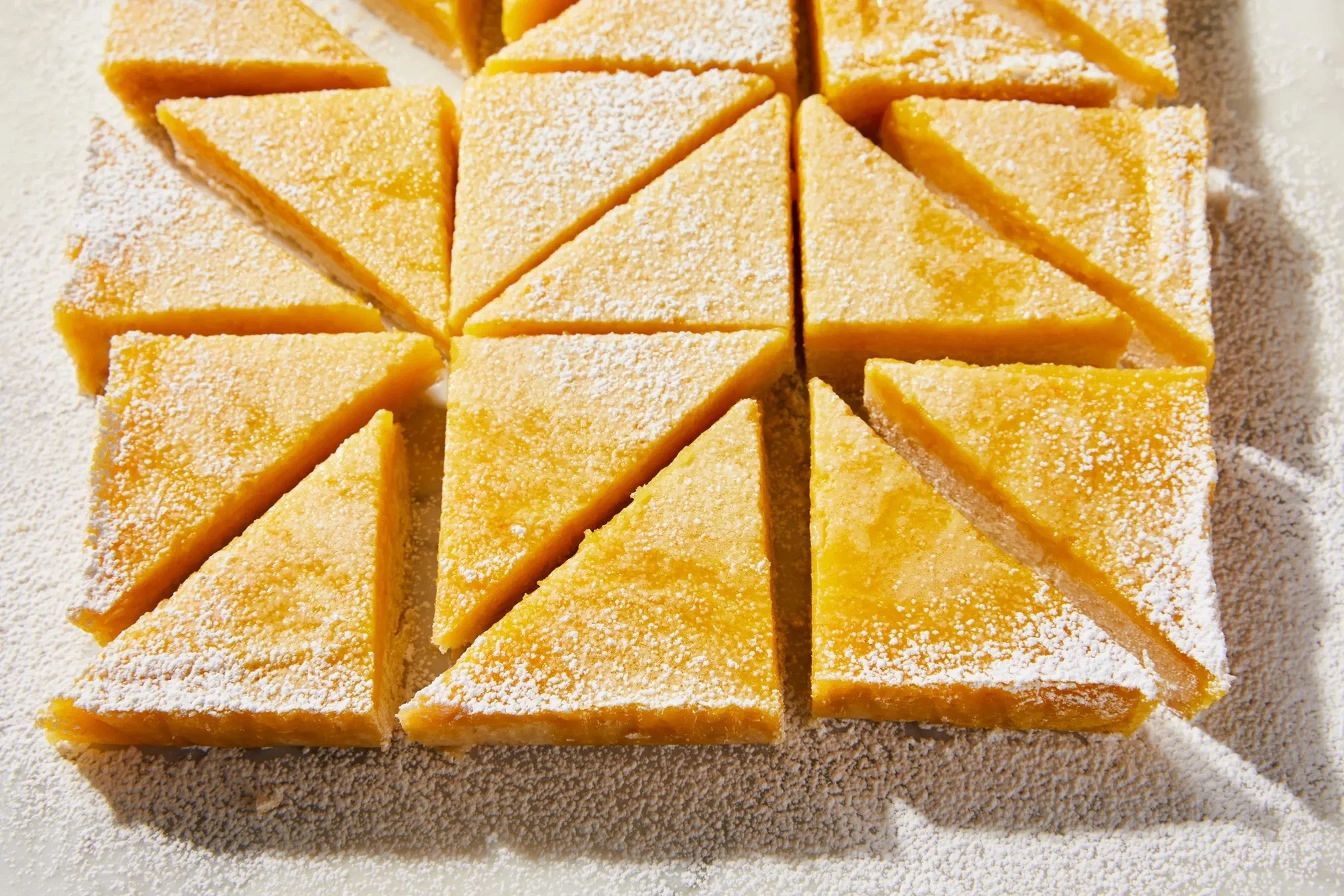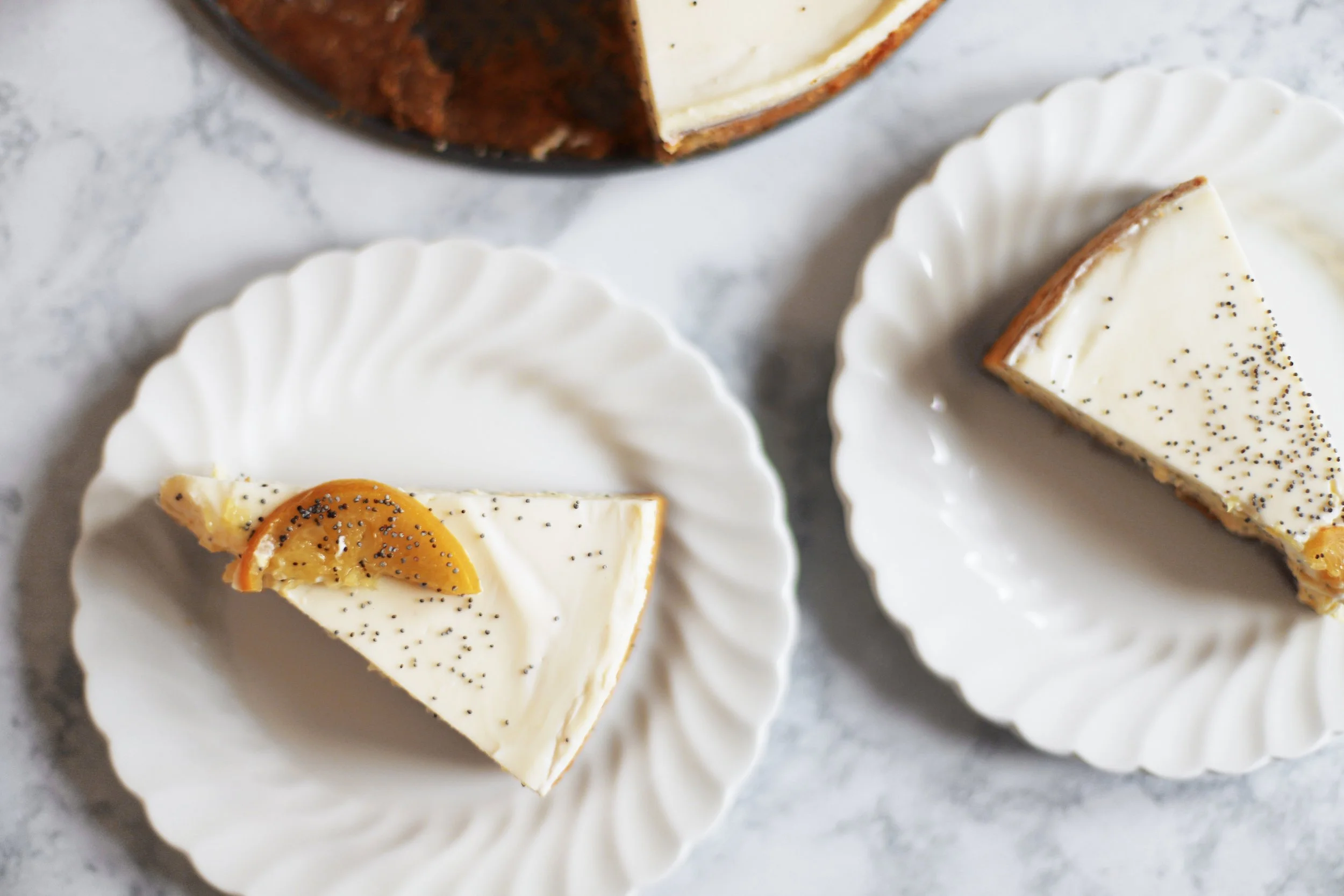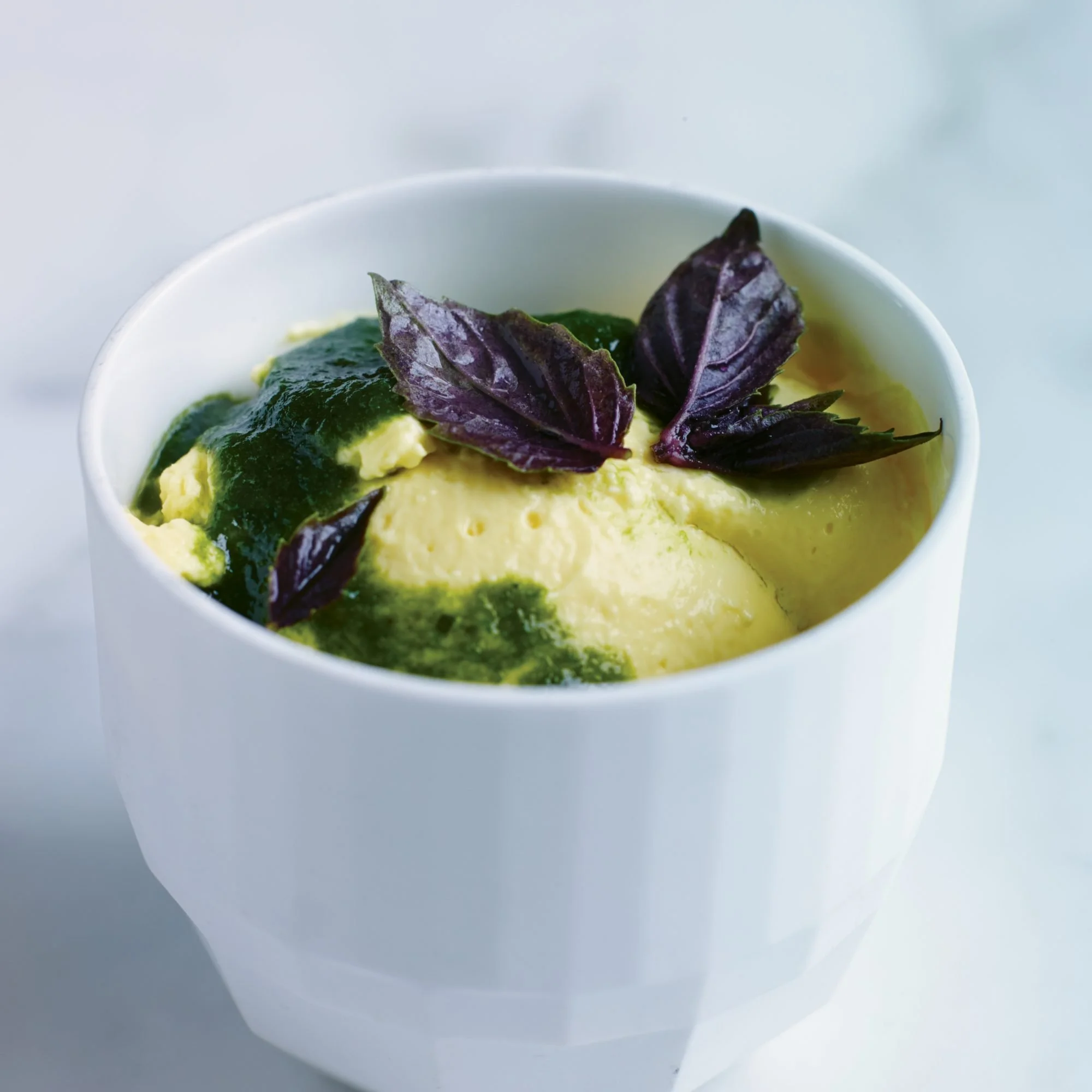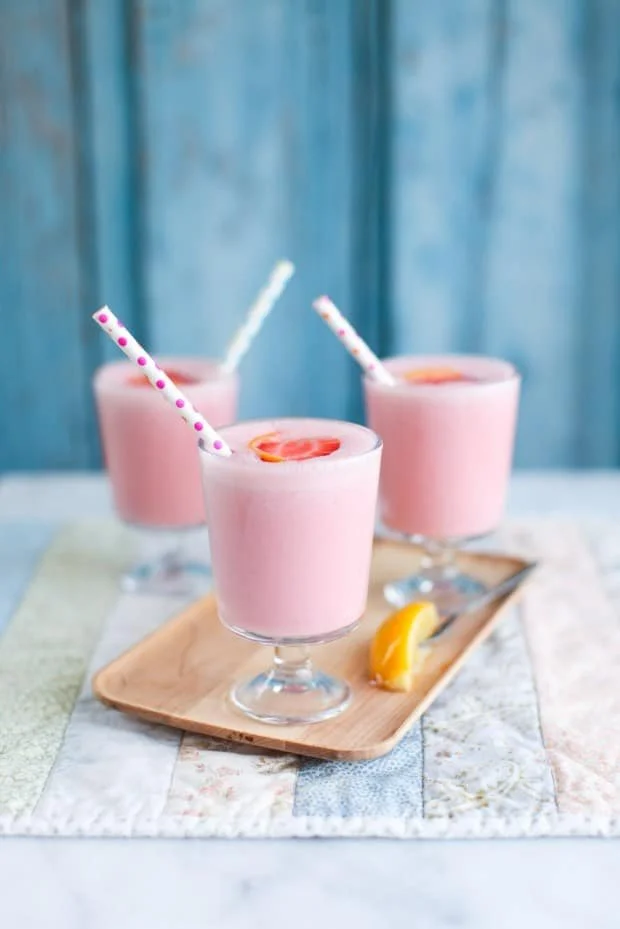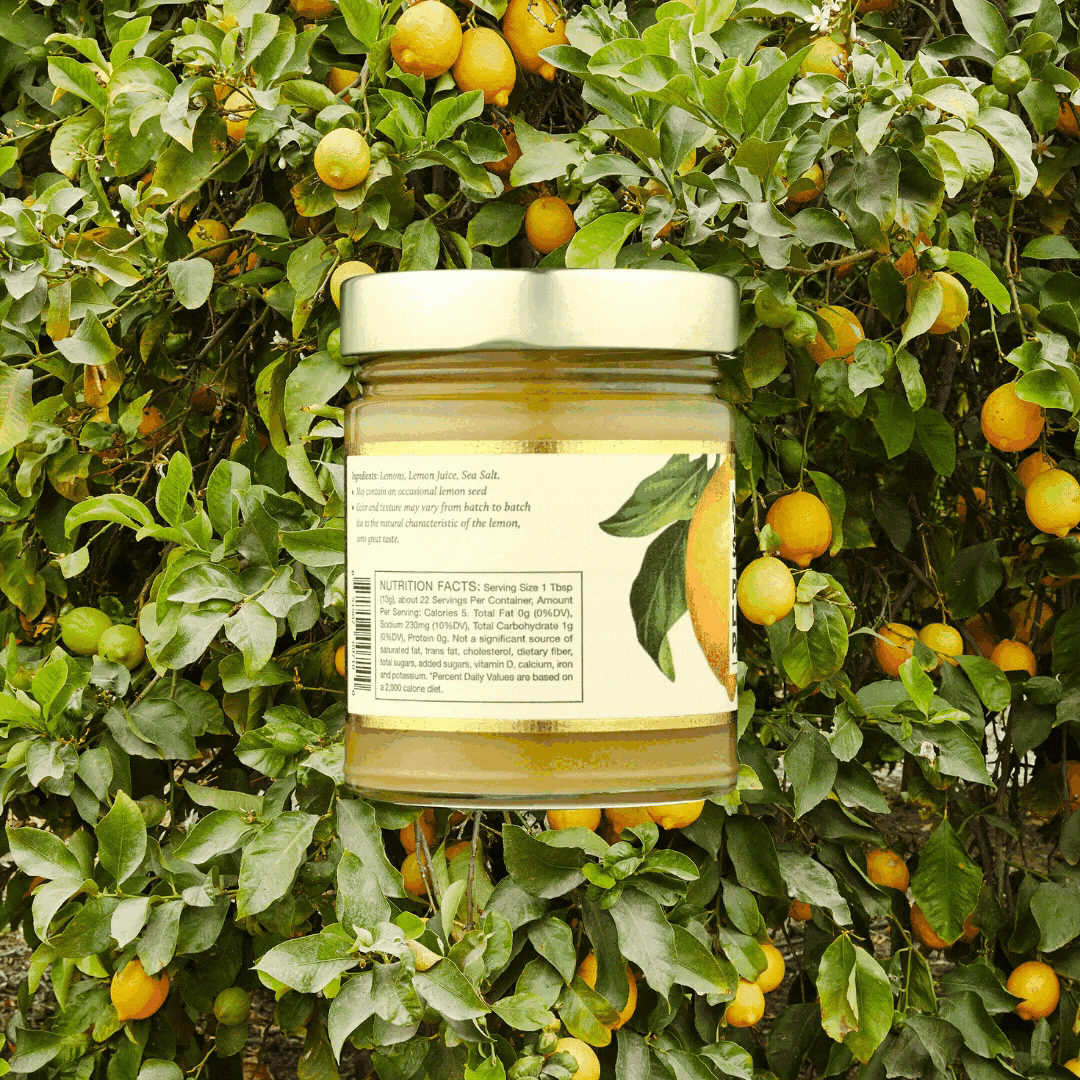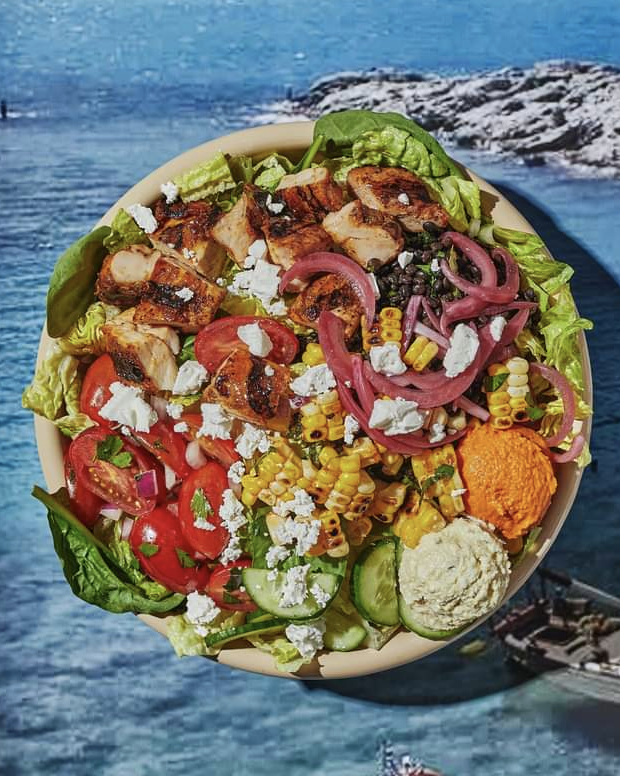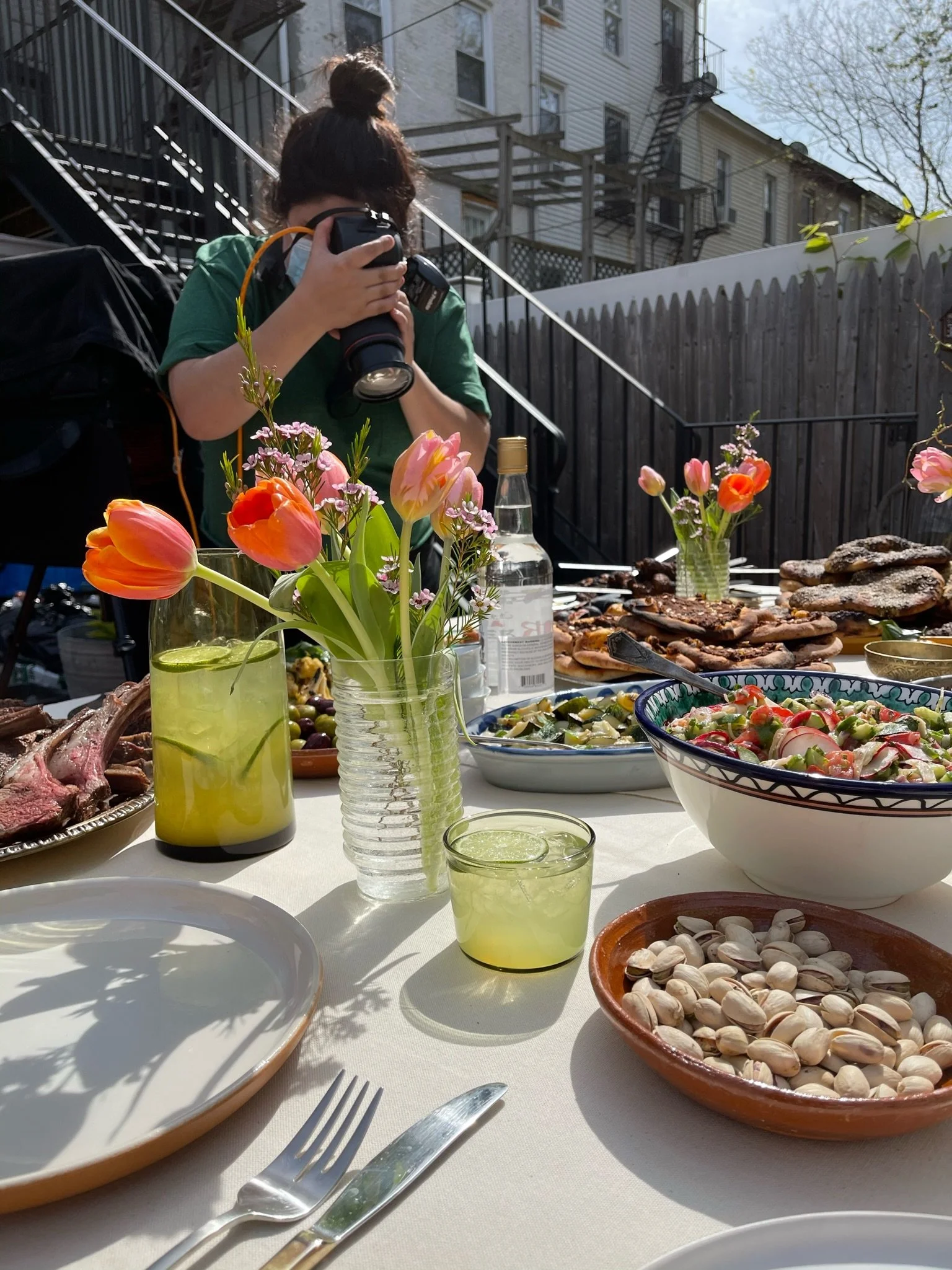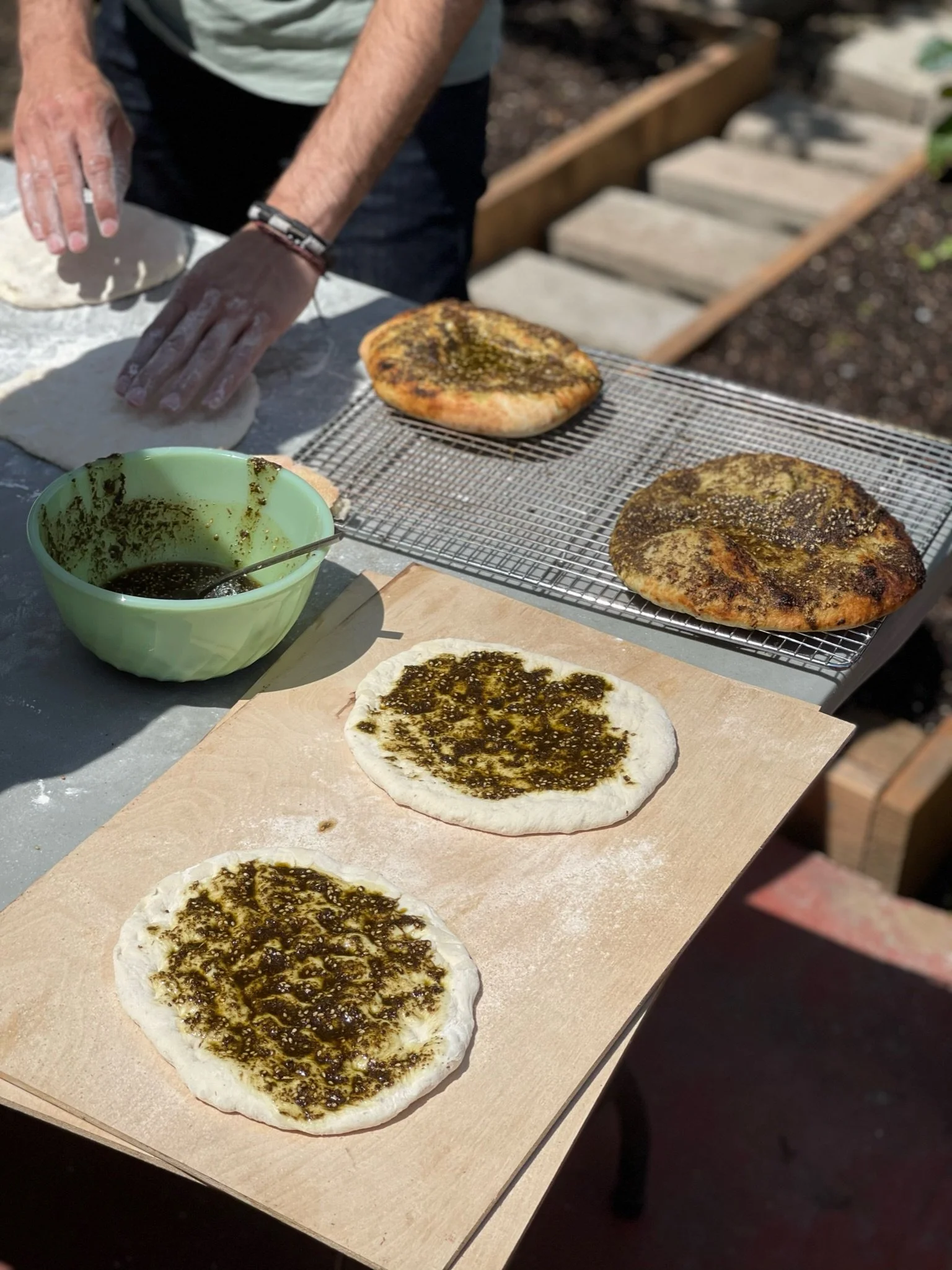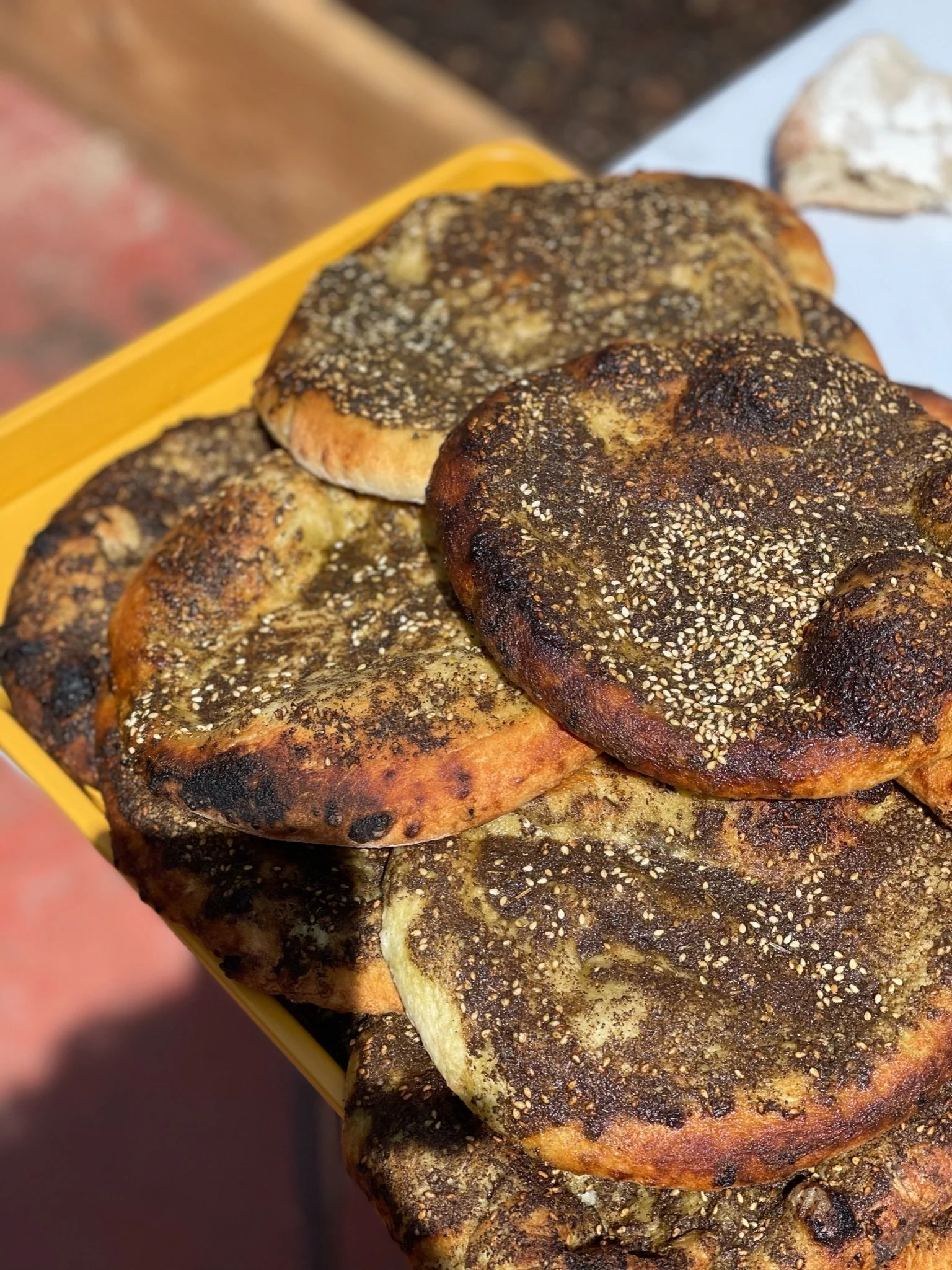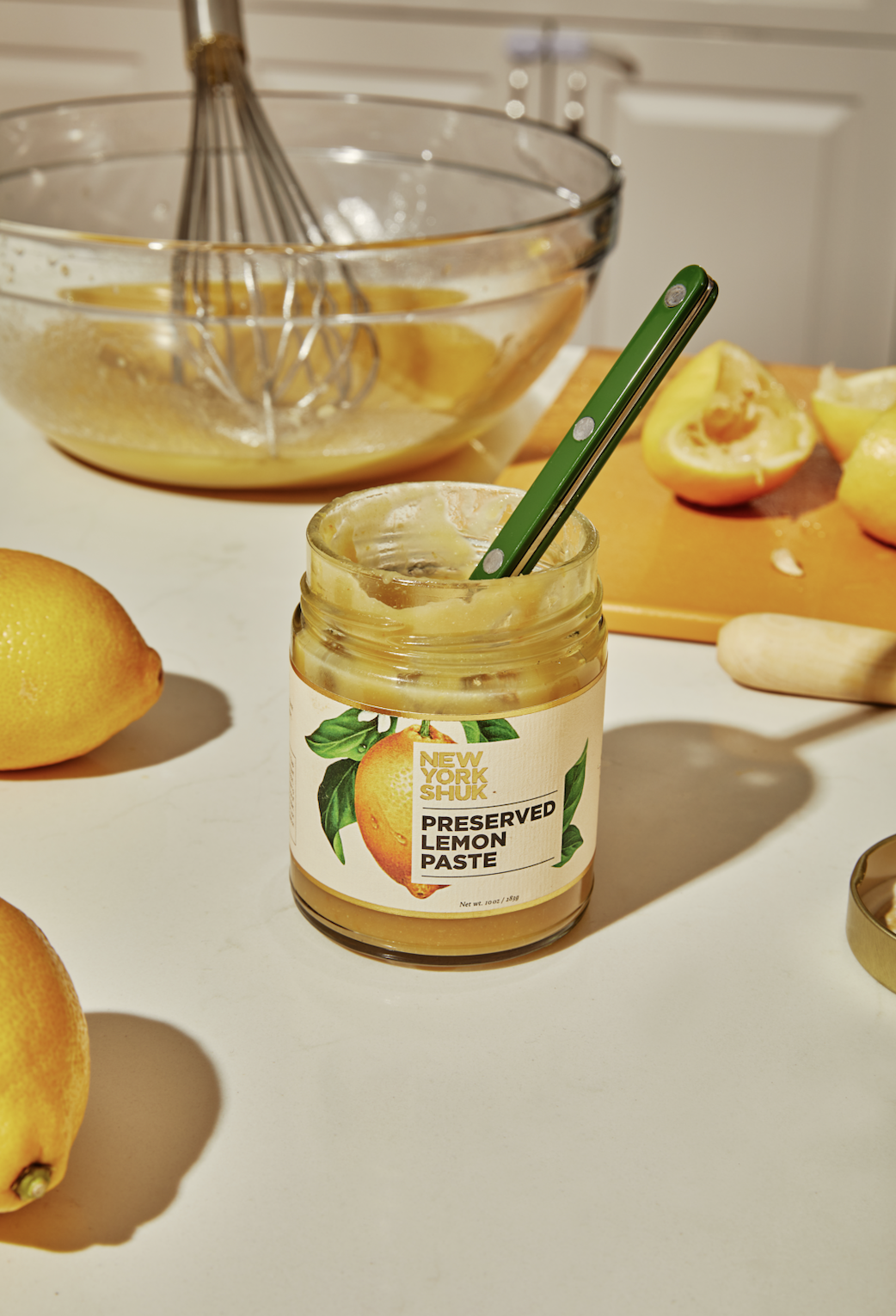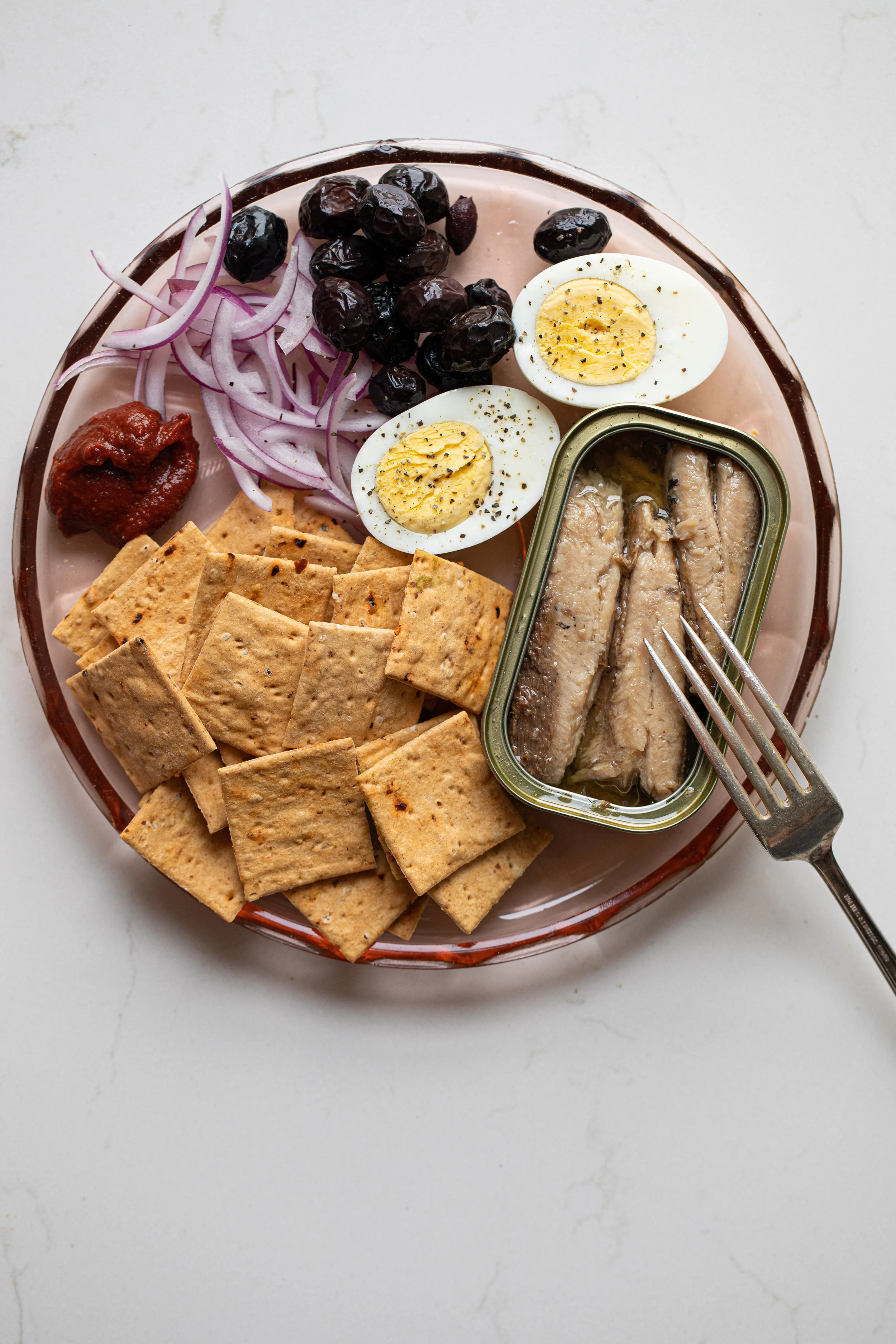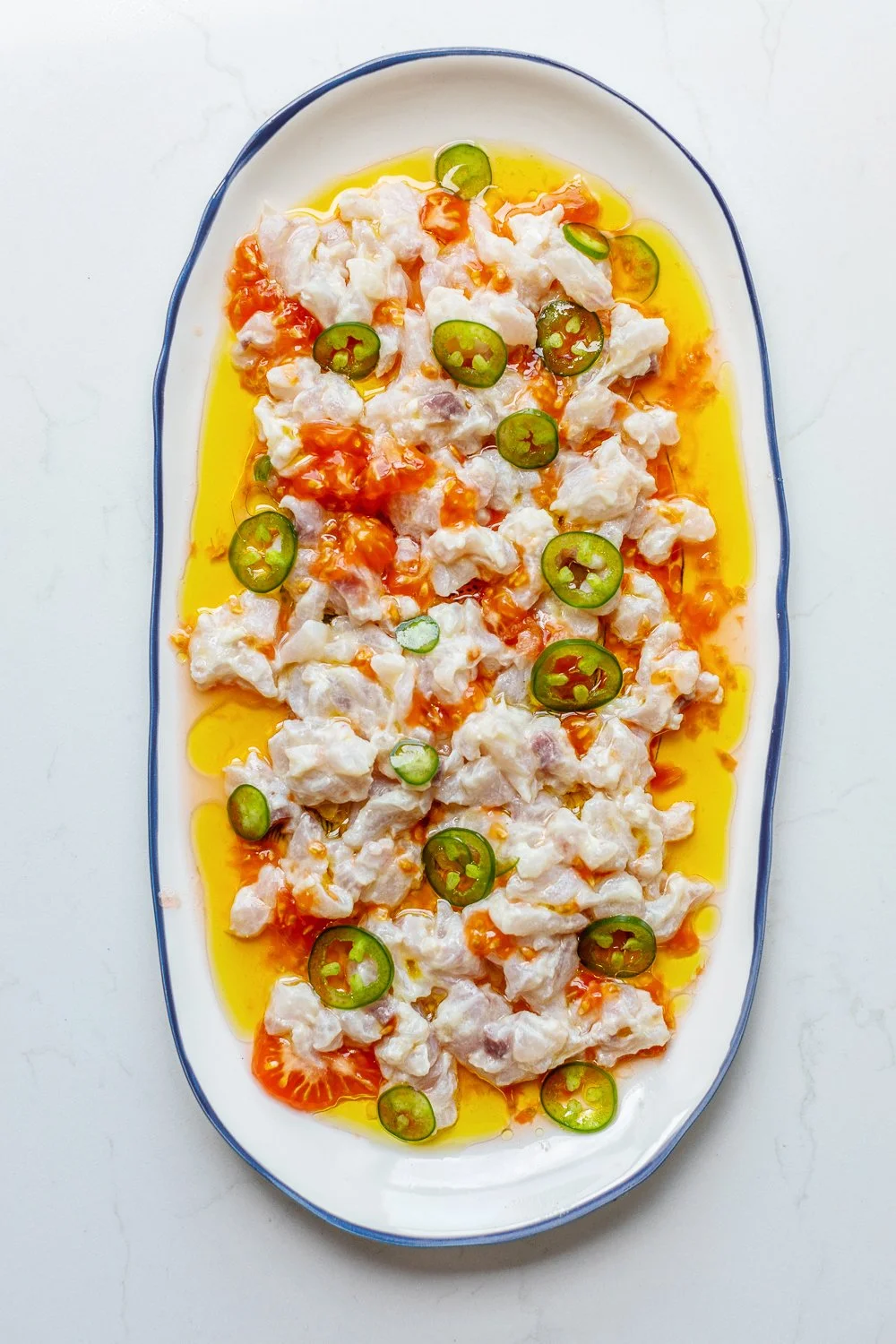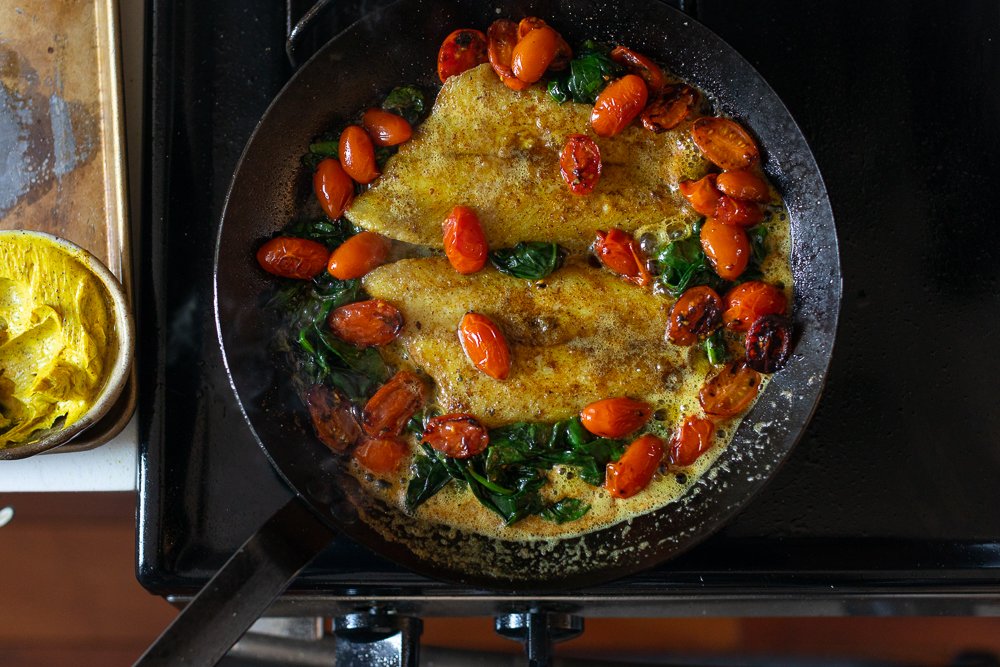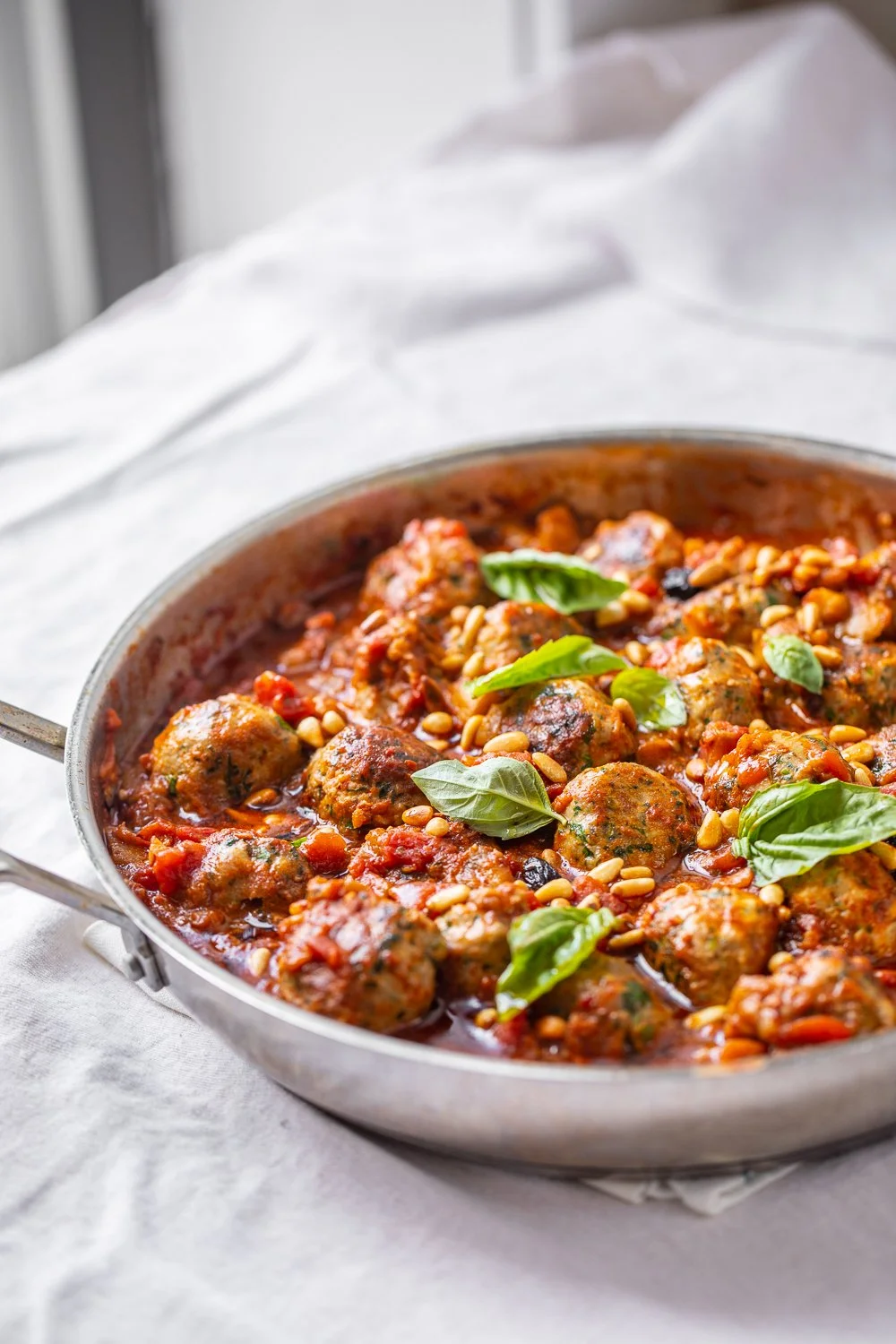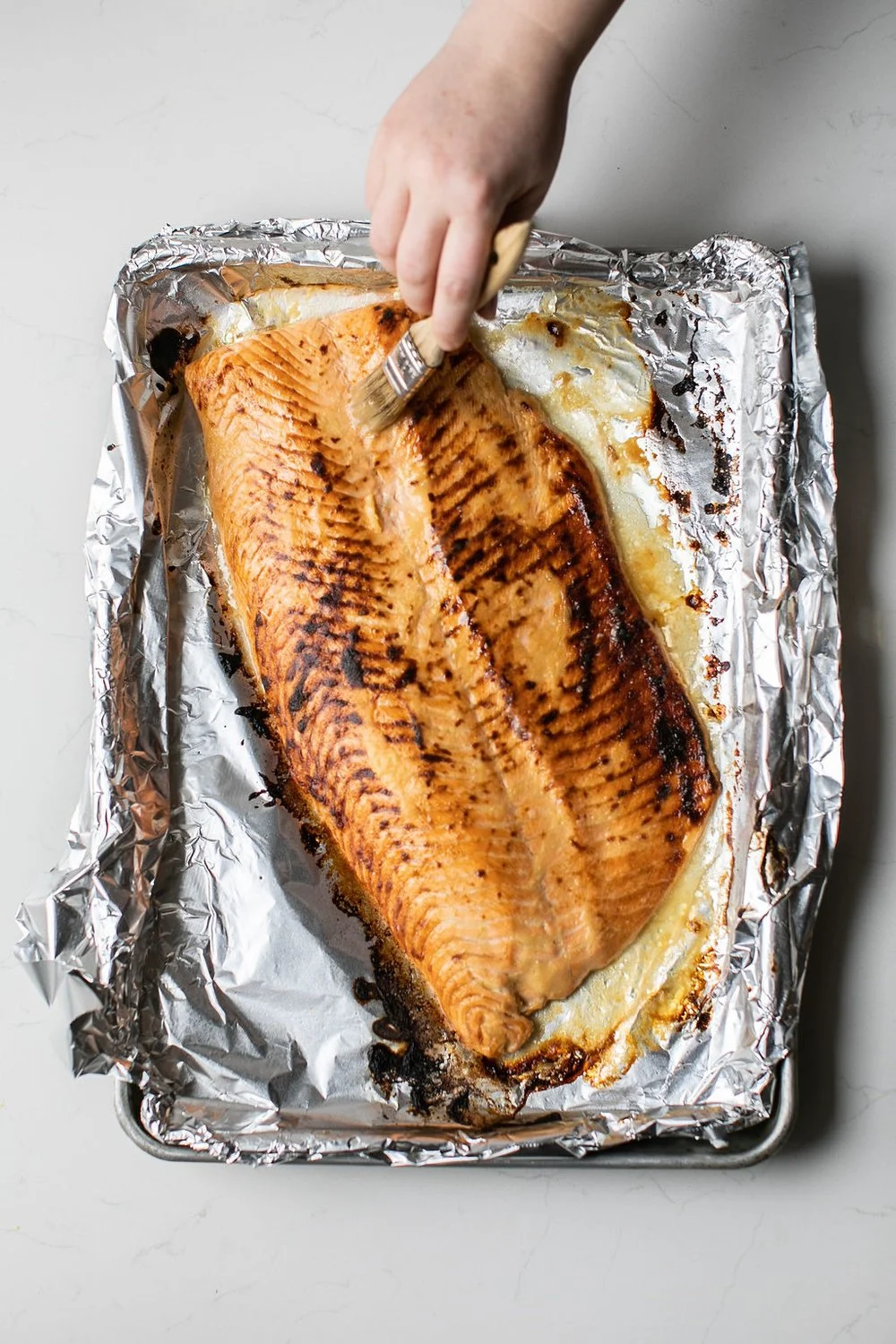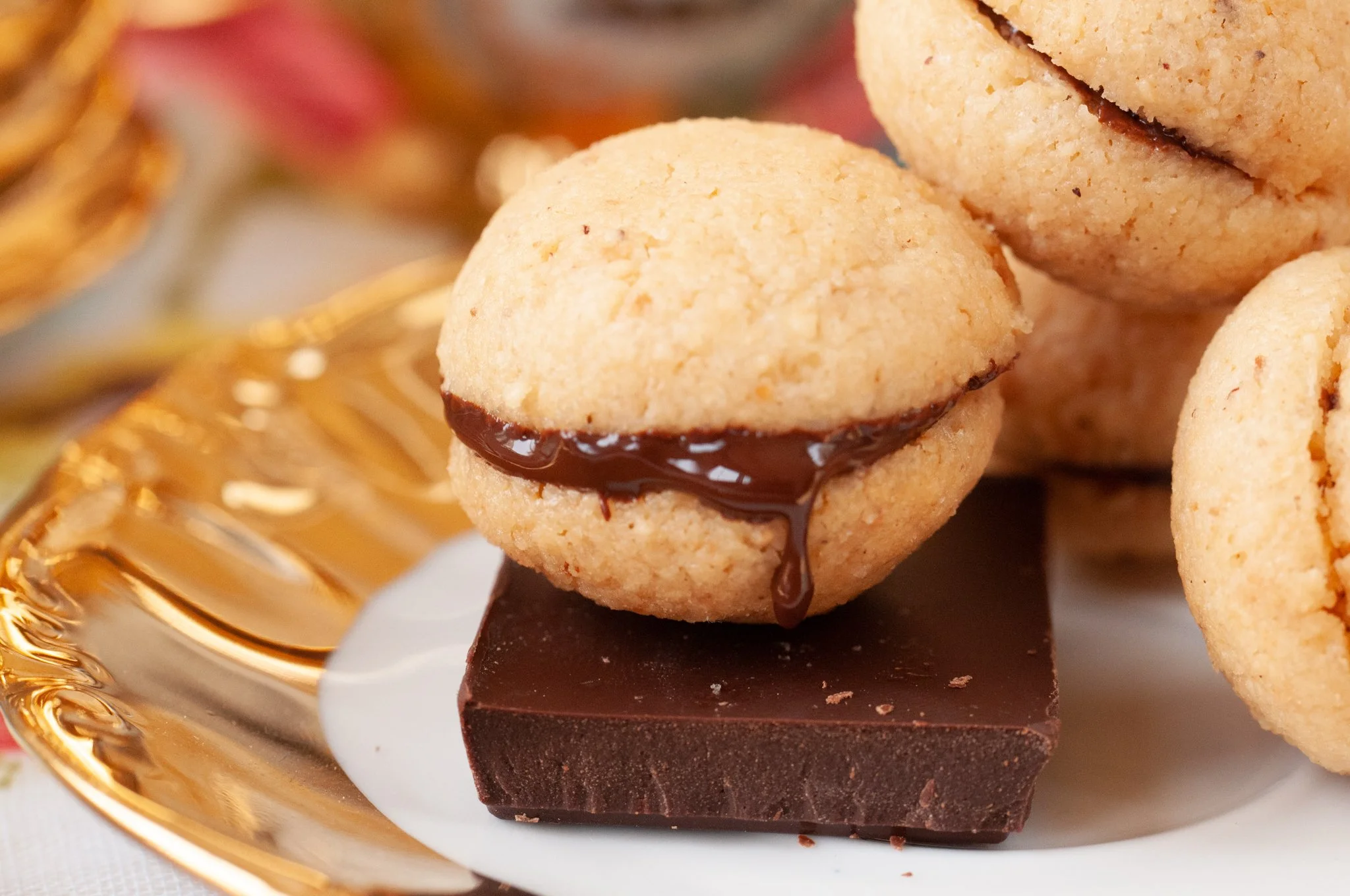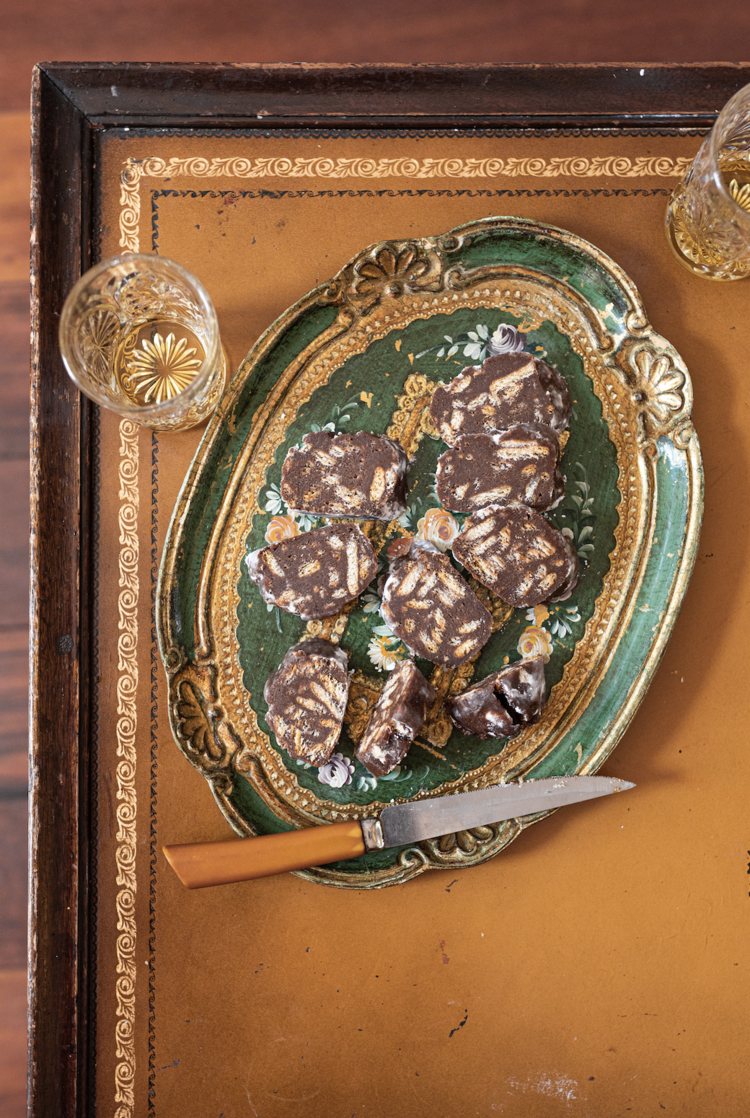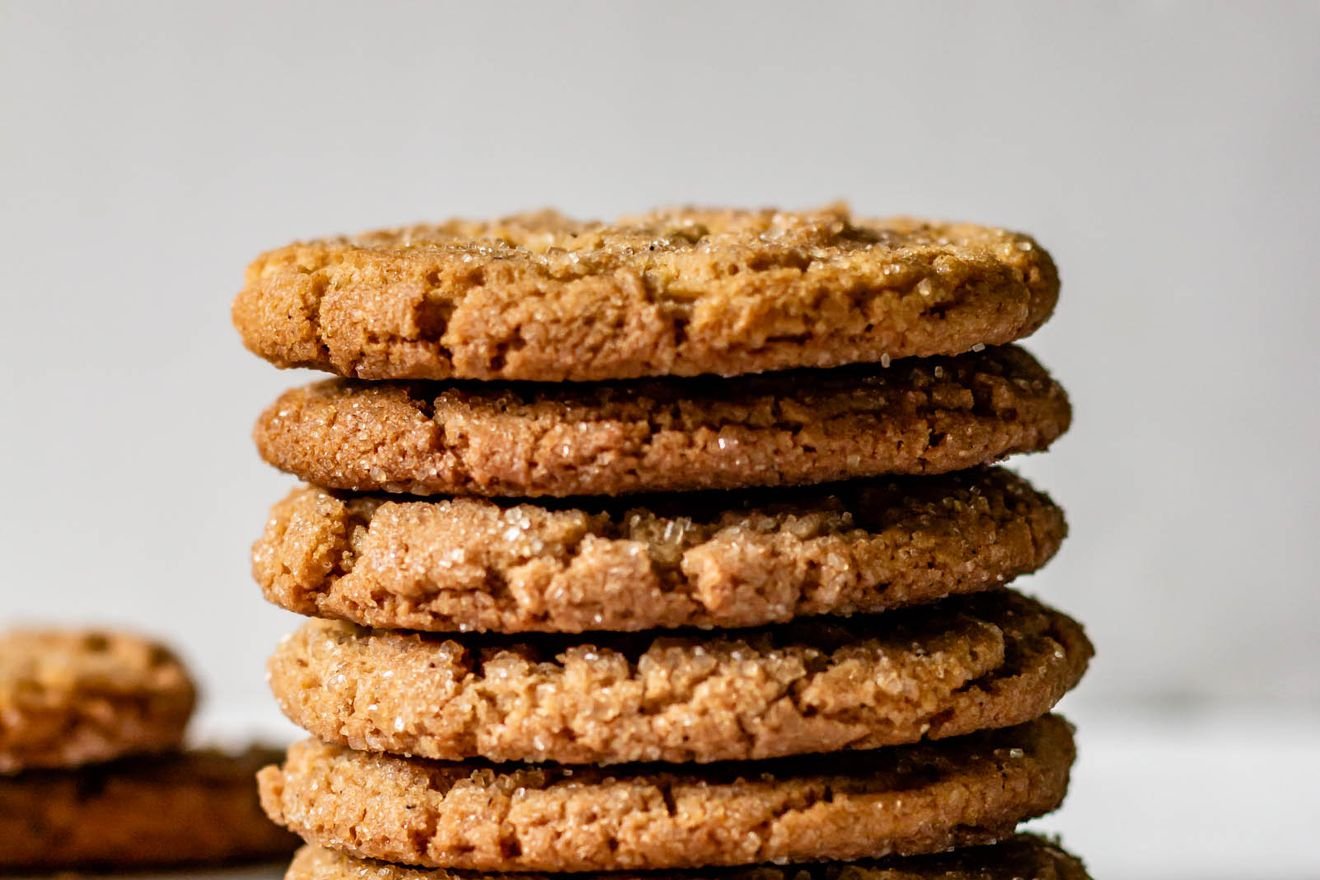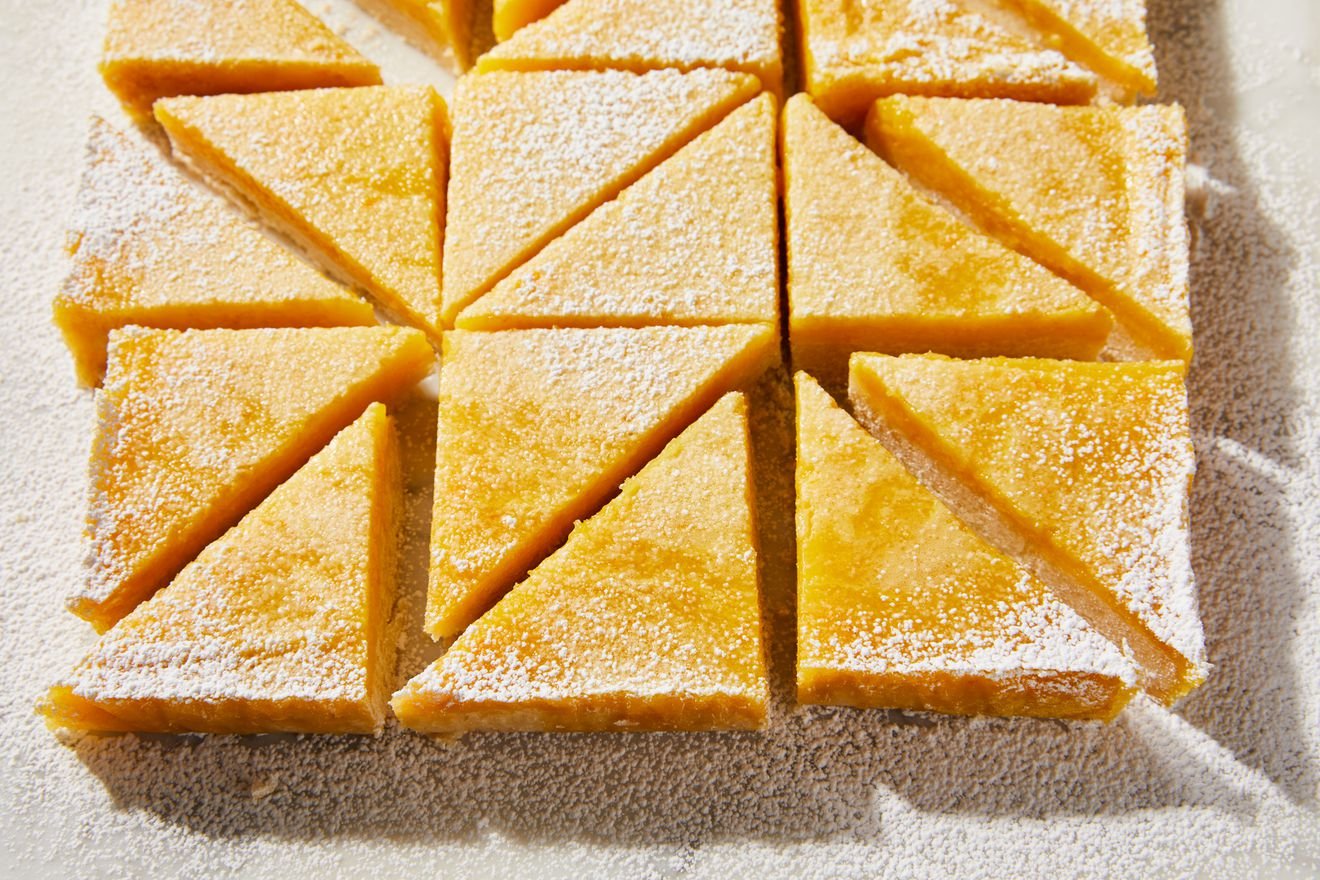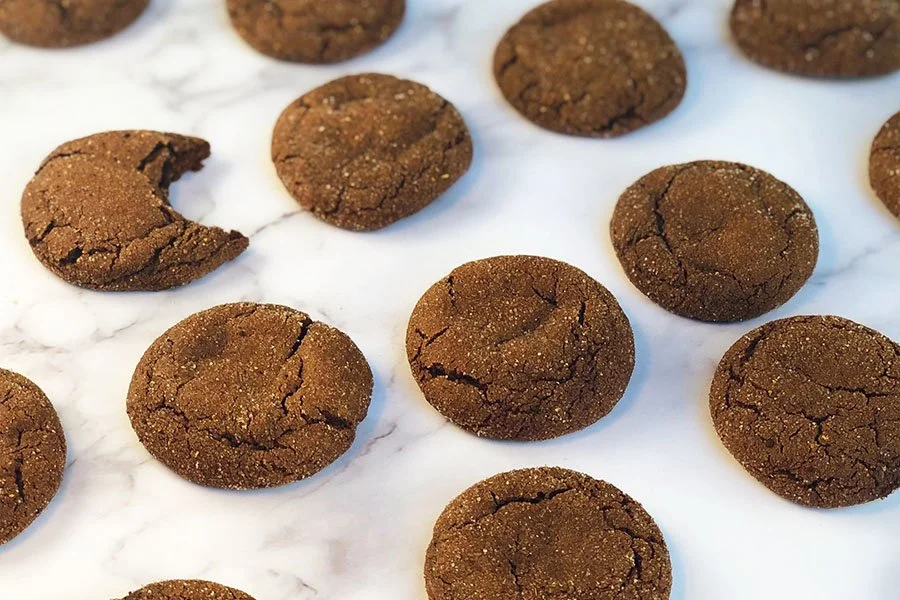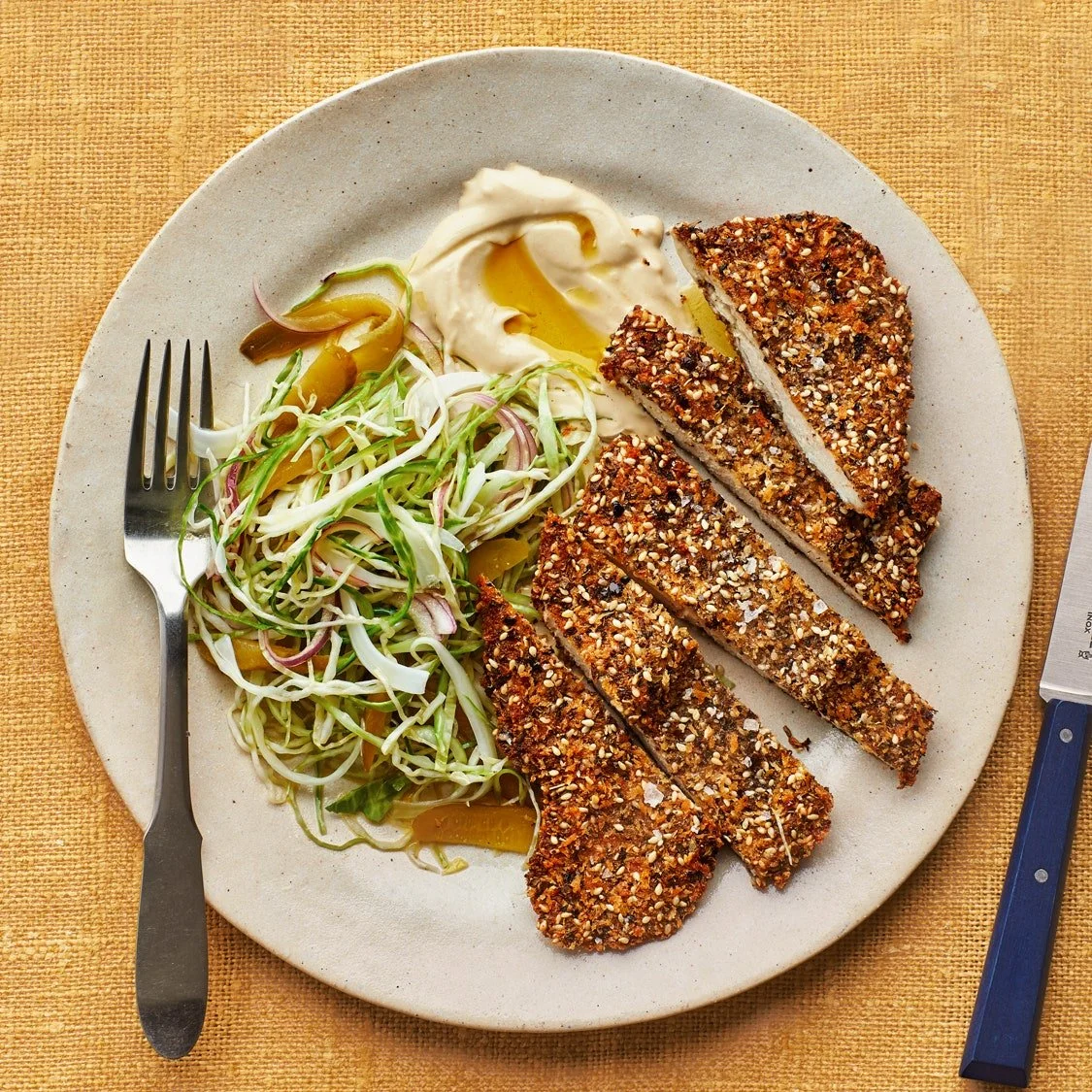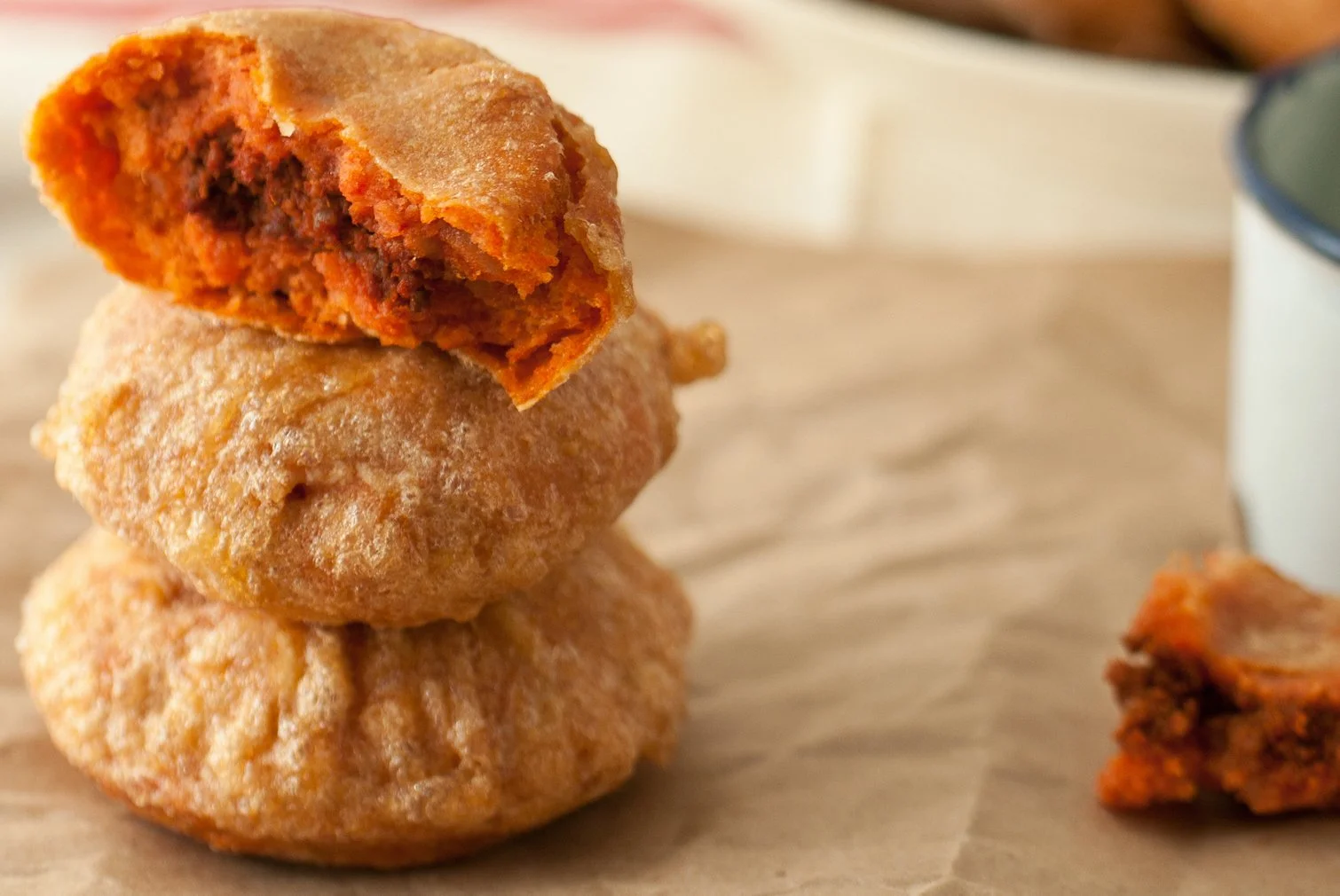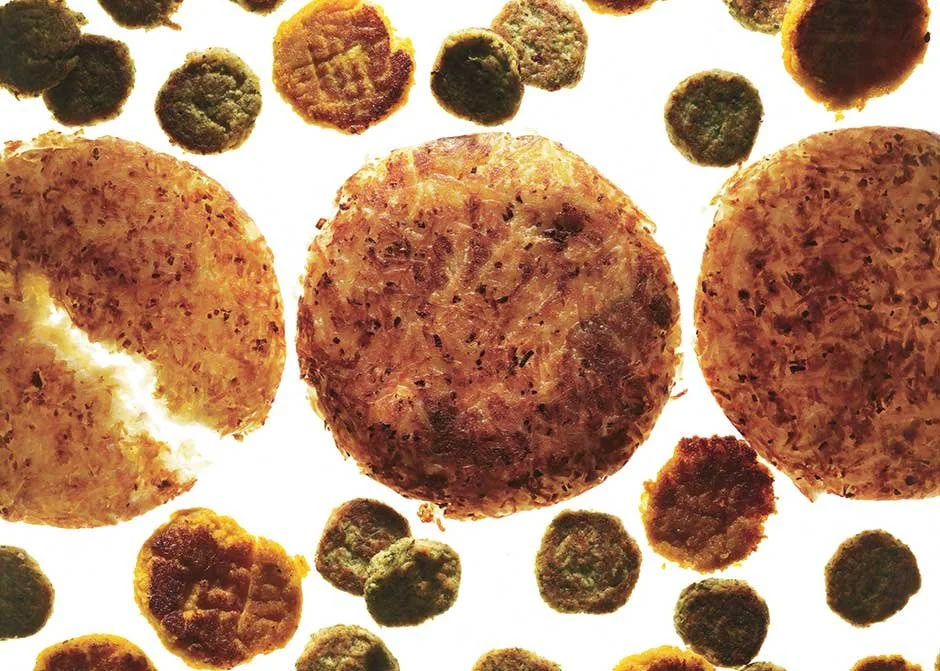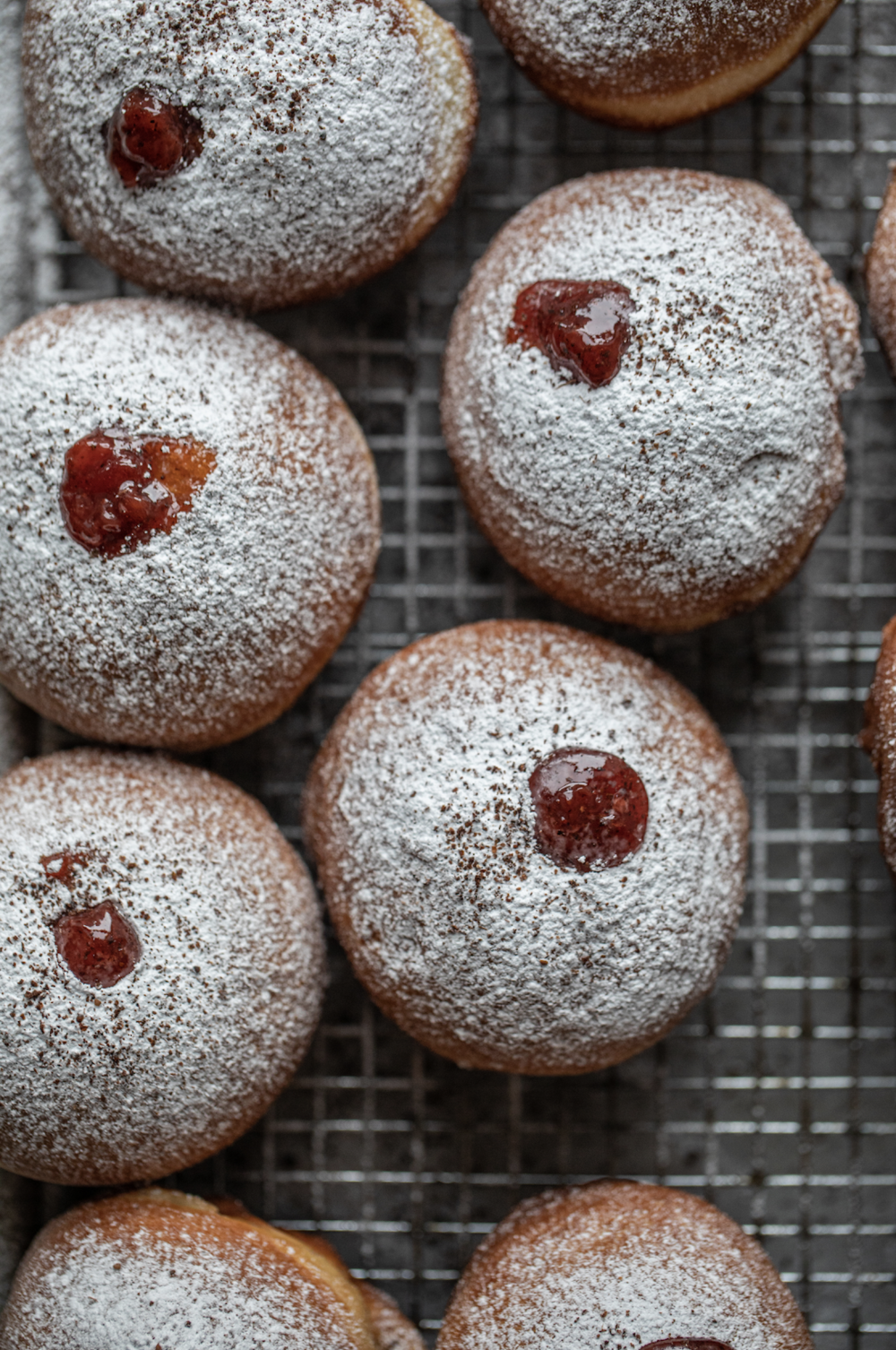Rosh Hashanah is just around the corner. Soon, we will gather around the table with our friends & family to welcome the New Year (hello, year 5783), reflect on the past, recite our blessing, fill up our hearts with gratitude, and tummies with lots of delicious food.
Shanah Tovah
Our New York Shuk family is such a diverse group of people; some of you are in full swing of Rosh Hashanah preparations, and others might be unfamiliar with the Jewish New Year. If you belong to the latter group, let us walk you through the Holiday (and explain why in the world we’re talking about New Year in September). So, grab a snack, sit back, and read on.
What is Rosh Hashanah?
Rosh Hashanah, literally meaning “head of the year” or “beginning of the year” in Hebrew, is the observance of the Jewish New Year, celebrated in September or the beginning of October. This time around, the holiday begins before sundown on Sunday, September 25, and ends at sundown on Tuesday, September 27. Yep, New Years in the fall. If you follow the Gregorian calendar according to which New Year falls in January, that’s rather odd, we get it.
According to the lunisolar Hebrew calendar, Rosh Hashanah is observed at the beginning of Tishrei; the first and holiest month of the year.
Rosh Hashanah marks the beginning of 10 Days of Awe (Repentance) which culminate with Yom Kippur, or the “Day of Atonement.” This 10-day period is the holiest time of year, it’s the time to reflect on one’s actions and ask for forgiveness.
We’re wishing you a Shana Tova
Just as you greet others with “Merry Christmas” or “Happy New Year”, on Rosh Hashanah it is a custom to greet one another with the Hebrew phrase Shana Tova which translates to “good year” or “for a good year”.
Celebrations
Rosh Hashanah is both a joyful celebration as well as a period of accounting and self-judgment. Repentance is the key theme of the Holiday. Traditionally, preparation for Rosh Hashanah takes place a month in advance, in the month of Elul. These weeks are dedicated to evaluating one’s deeds, recognizing the errors, and acting with an intent to correct any wrongdoings.
There’s a similarity between the two New Years (Rosh Hashanah and the Gregorian New Year) in some sense. As the ball drops at midnight, many take it as an opportunity to press the reset button, reflect on the previous 12 months, and roll out the beloved list of resolutions.
Traditions / Customs
Food
We can’t talk about Rosh Hashanah without talking about food…
As with most Jewish Holidays, food has a lot of meaning and symbolism in Rosh Hashanah. First and foremost - the dishes we eat on Jewish New Year are a little sweeter as we wish for a prosperous & sweet New Year. This is also why apples & honey are a staple on Rosh Hashanah. It’s against tradition to cook and consume bitter and sour food, because, you guessed, you don’t want a sour New Year.
In our house, a big feast is a must (check out some menu ideas here). Our dinner consists of a mix of traditional family dishes (from beef stuffed tomatoes to a Moroccan dried fruit dish called Tanzeya) plus our take on dishes inspired by our Israeli/Middle-Eastern roots. Our celebration kicks off with Simnim: The symbolic foods for Rosh Hashanah.. learn all about it here.
Shofar
Shofar is an ancient Jewish instrument made out of a horn of a ram. It varies in size, from a small, flute-like instrument to a foot-long horn. It’s not easy to blow the shofar, it’s a skill and takes practice.
Blowing the Shofar is an essential part of the Rosh Hashanah celebration. In fact, in The Bible, the Holiday is referred to as Yom Teruah, or the day of blasting the shofar. The blasts of the instrument last throughout the days of Awe, beginning in the month of Elul leading up to Rosh Hashanah and concluding with the final service of Yom Kippur. There are 4 types of Shofar “calls”, each has a different name - t’kiah g’dolah (one very long blast), t’kiah (one long blast), sh’varim (three short blasts), t’ruah (nine quick blasts) . The cry of the instrument is a call for repentance.
Clothing
During the High Holidays, there are certain customs when it comes to attire. Though, not everyone observes these traditions.
For example, wearing white clothes symbolizes the desire to purify oneself morally and ethically. So, wearing white is like starting with a clean slate in the New Year and freeing yourself from the past.
Another tradition is to refrain from wearing leather throughout the High Holidays. It was believed that wearing leather is a sign of showing off, which goes against the purpose of the High Holidays to encourage self-reflection and humility.
Rosh Hashanah Vocab
Chag Sameach (lit. “Happy Holiday”)
The traditional greeting exchanged on almost any Jewish holiday
L’Shana Tovah (lit. Happy New Year)
The traditional greeting exchanged on Rosh Hashanah
Elul
The last month of the Jewish year and the final month prior to Rosh Hashanah
Tishrei
The first month of the Jewish year, which follows a lunar cycle.
Teshuvah (lit. “return”)
Often translated as “repentance.” It is one of the central themes and spiritual components of the High Holidays.
D’vash
Honey
Ugat D’vash
Honey Cake
Ka’ra
stands for bottle gourd in Moroccan, and in Hebrew, The word “Ka’ra” also means “to tear up”.
Karti
Leeks in Aramaic
Salka
Beets in Moroccan
Rubia
Long beans in Moroccan
Tamar
Date in Hebrew
Rimon
Pomegranate in Hebrew
Tapuach
Apple in Hebrew

